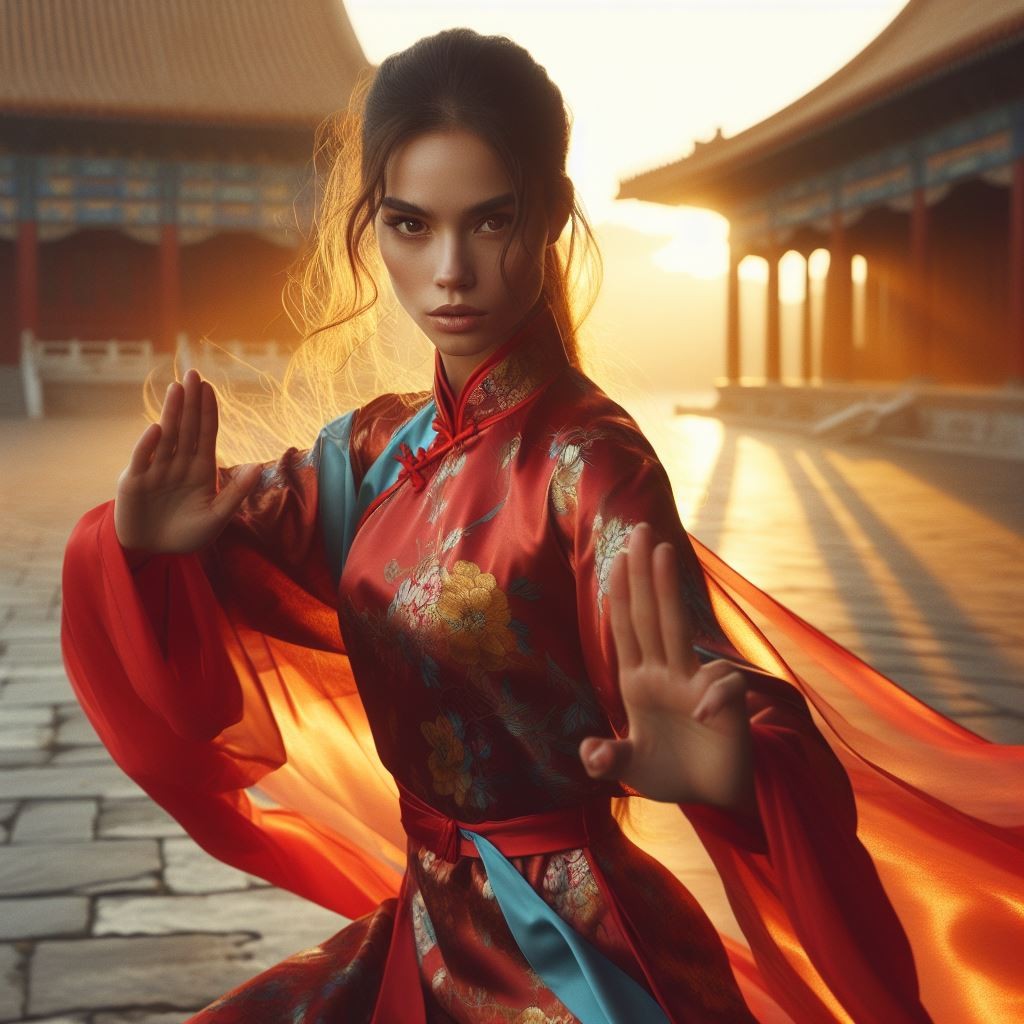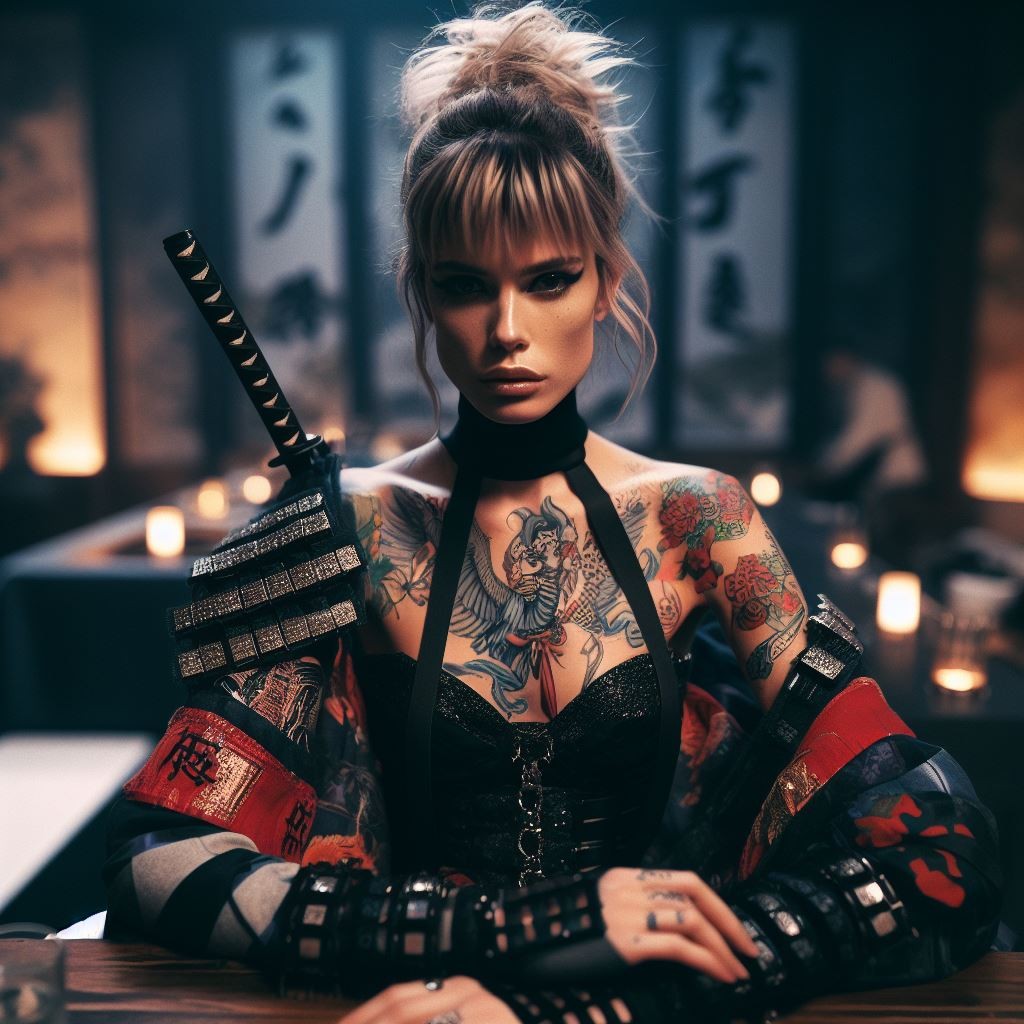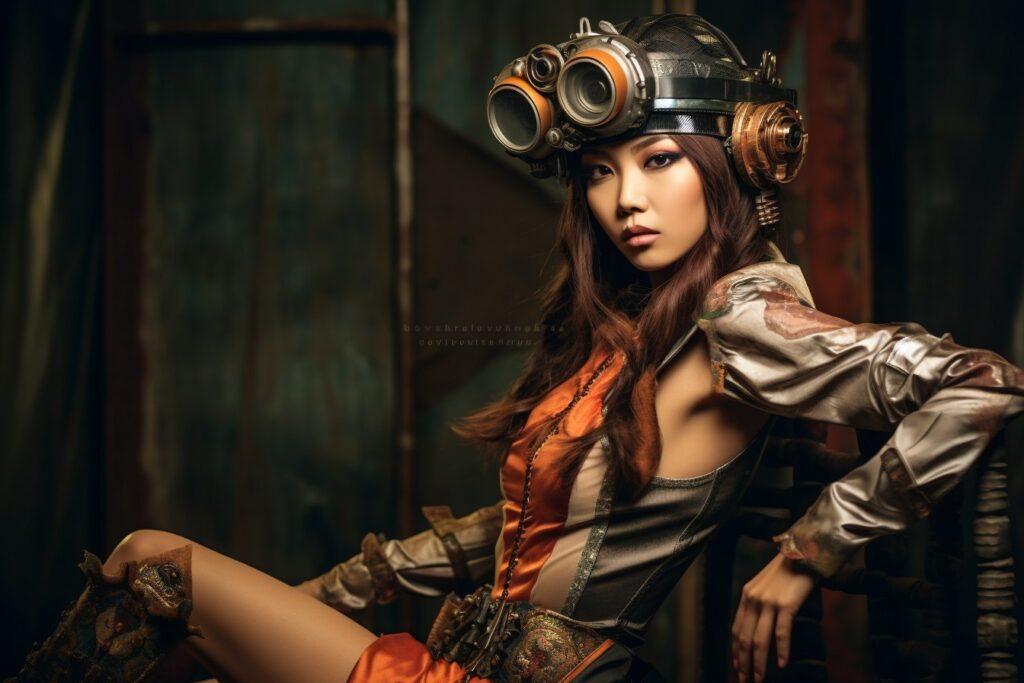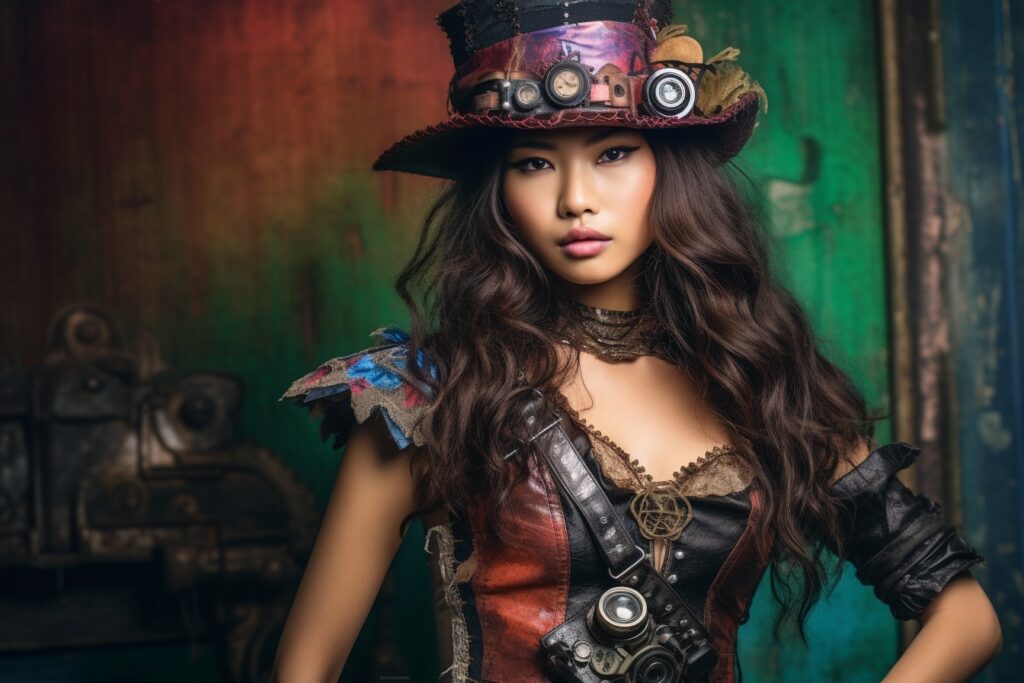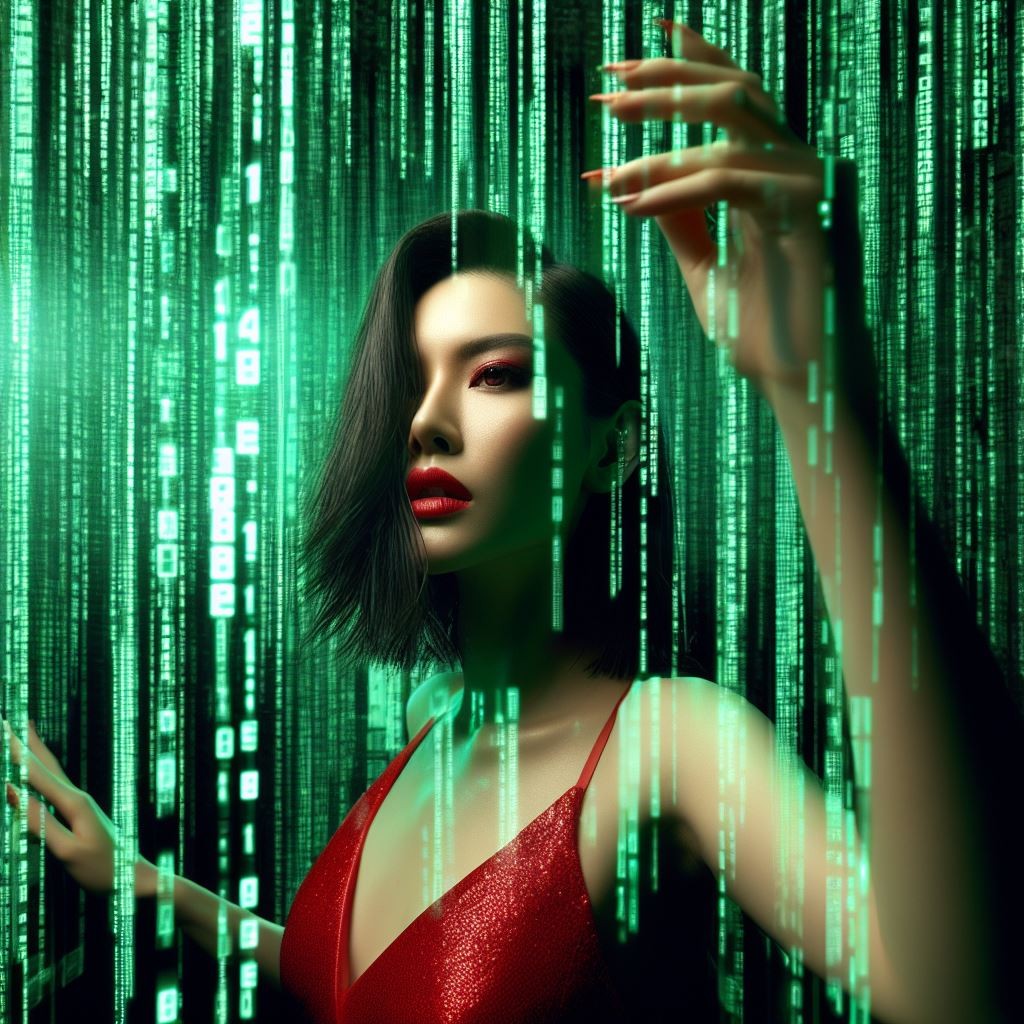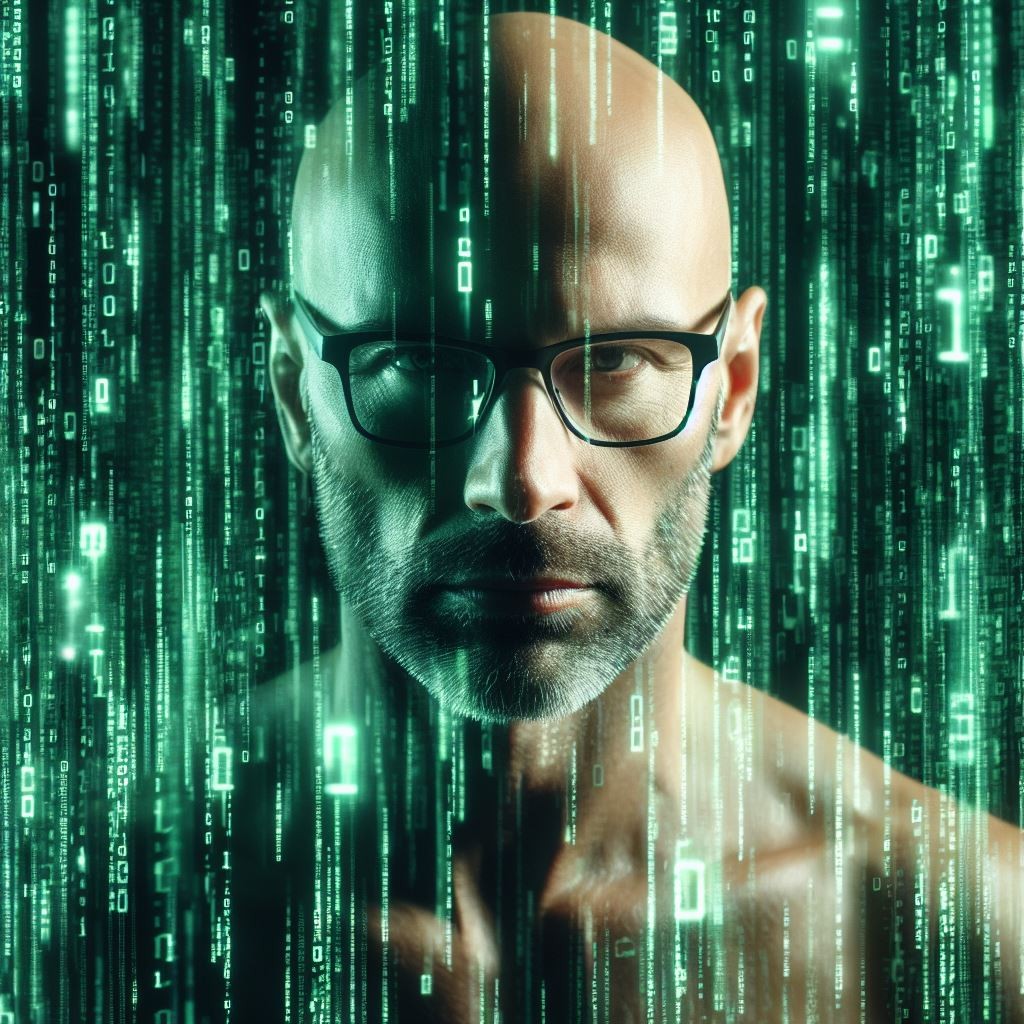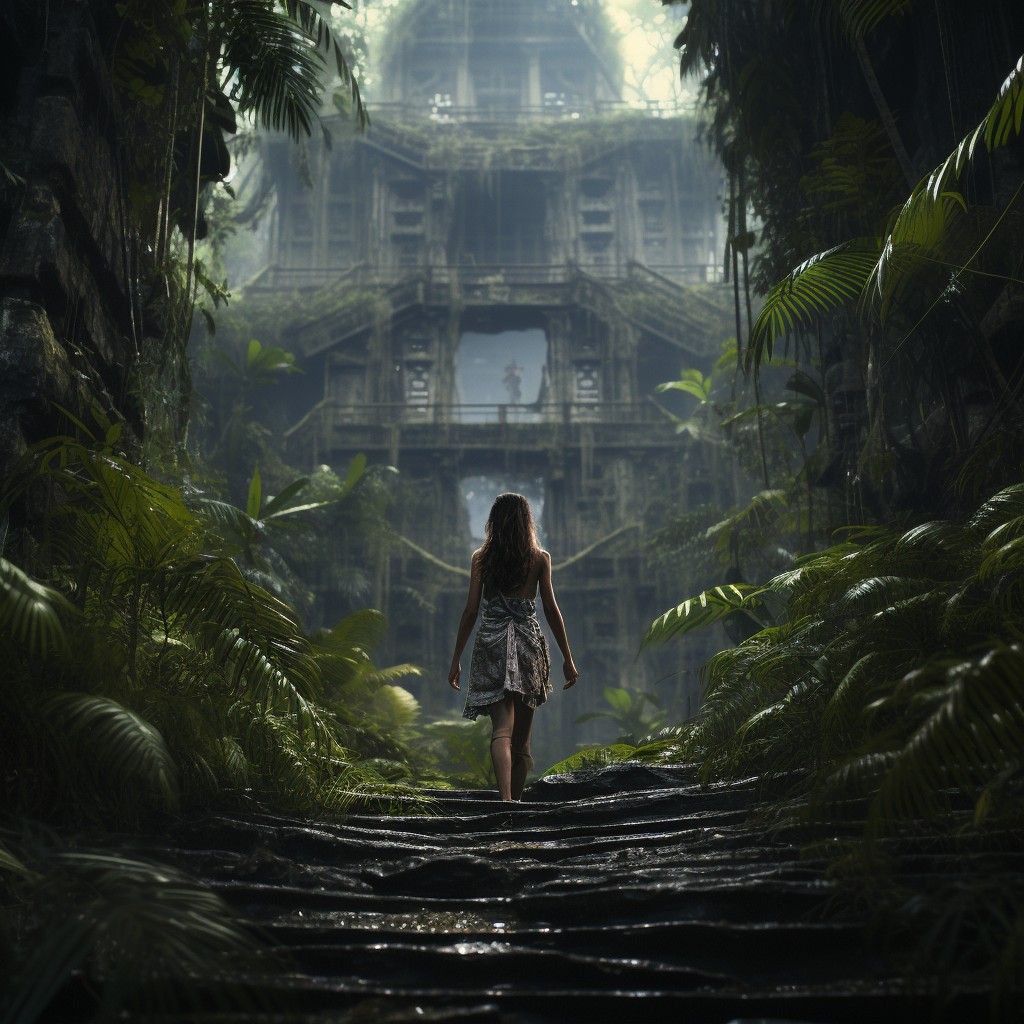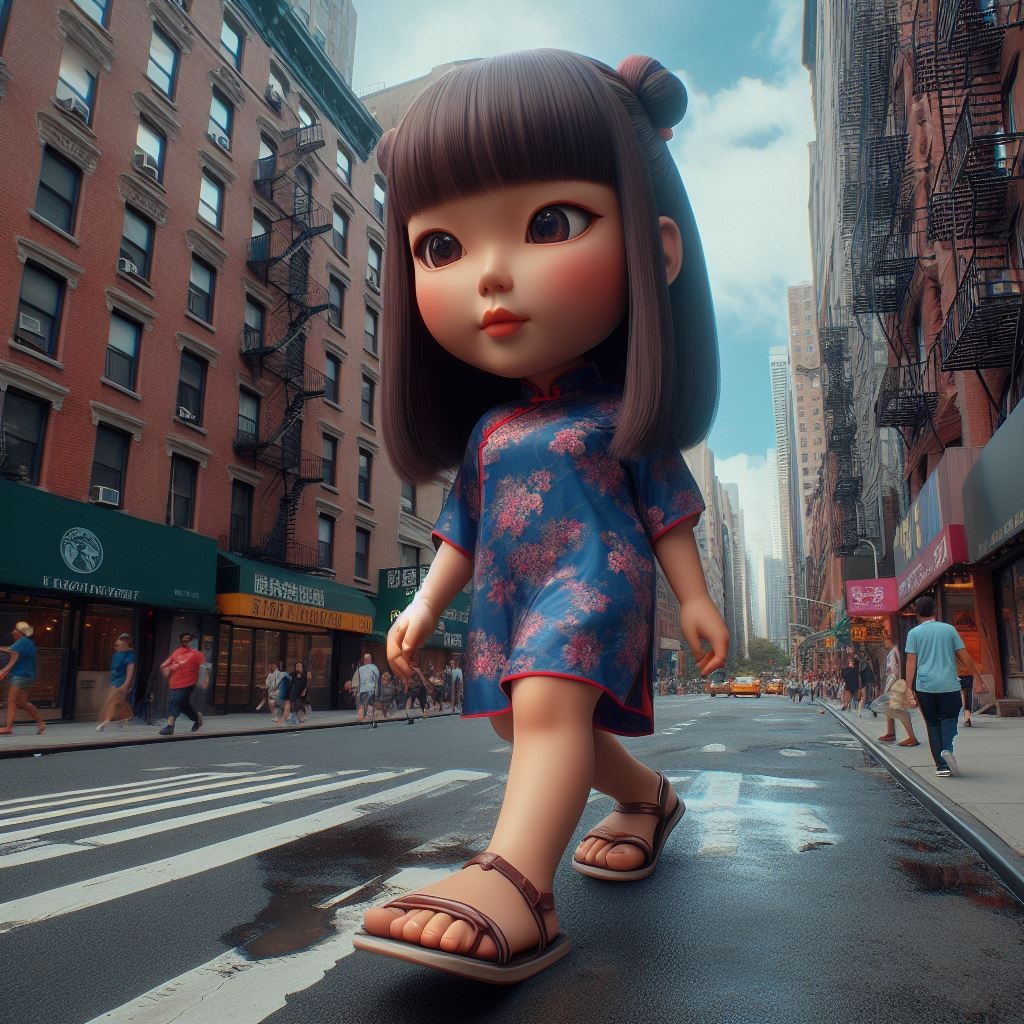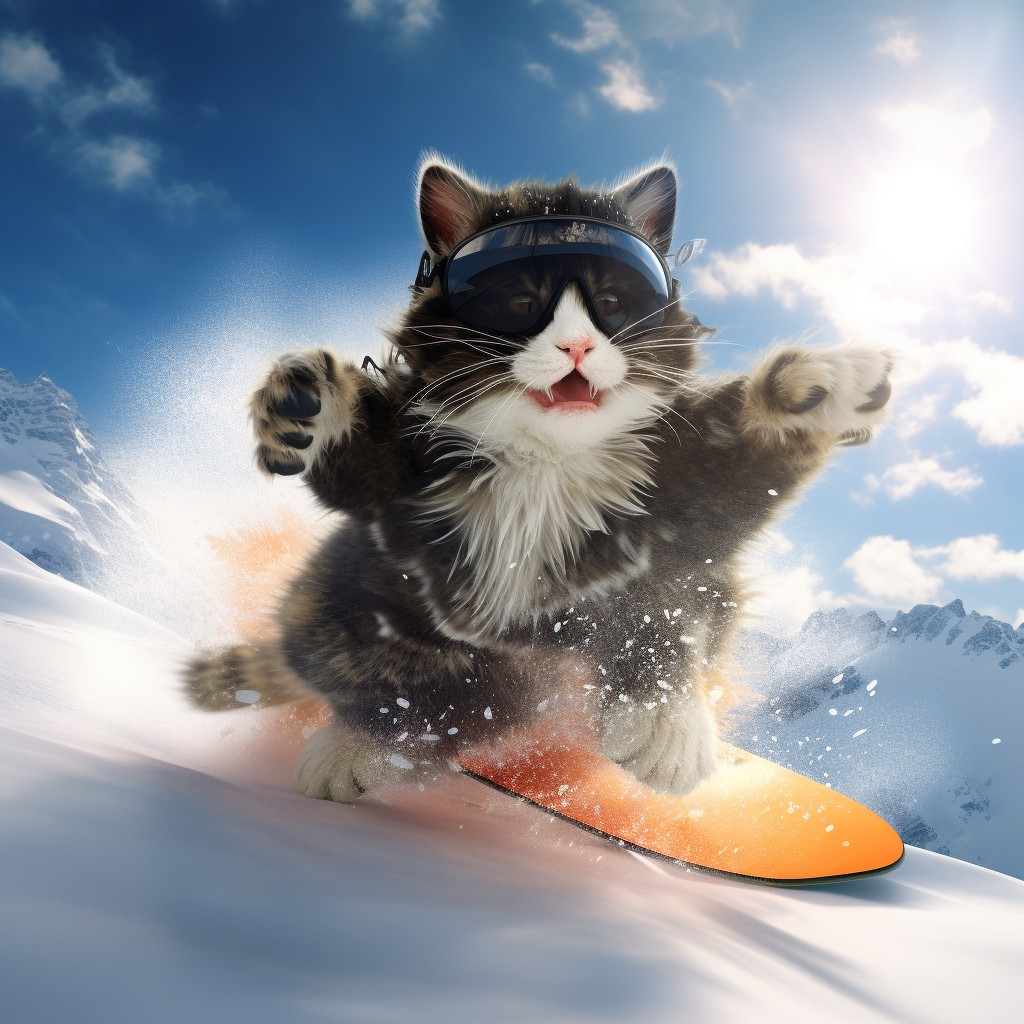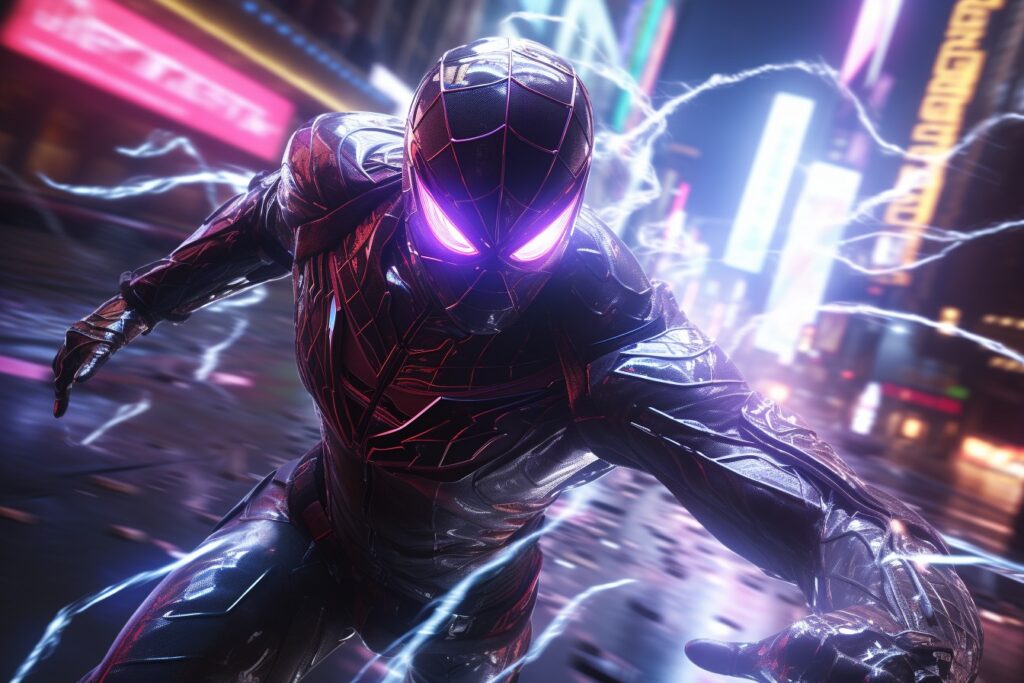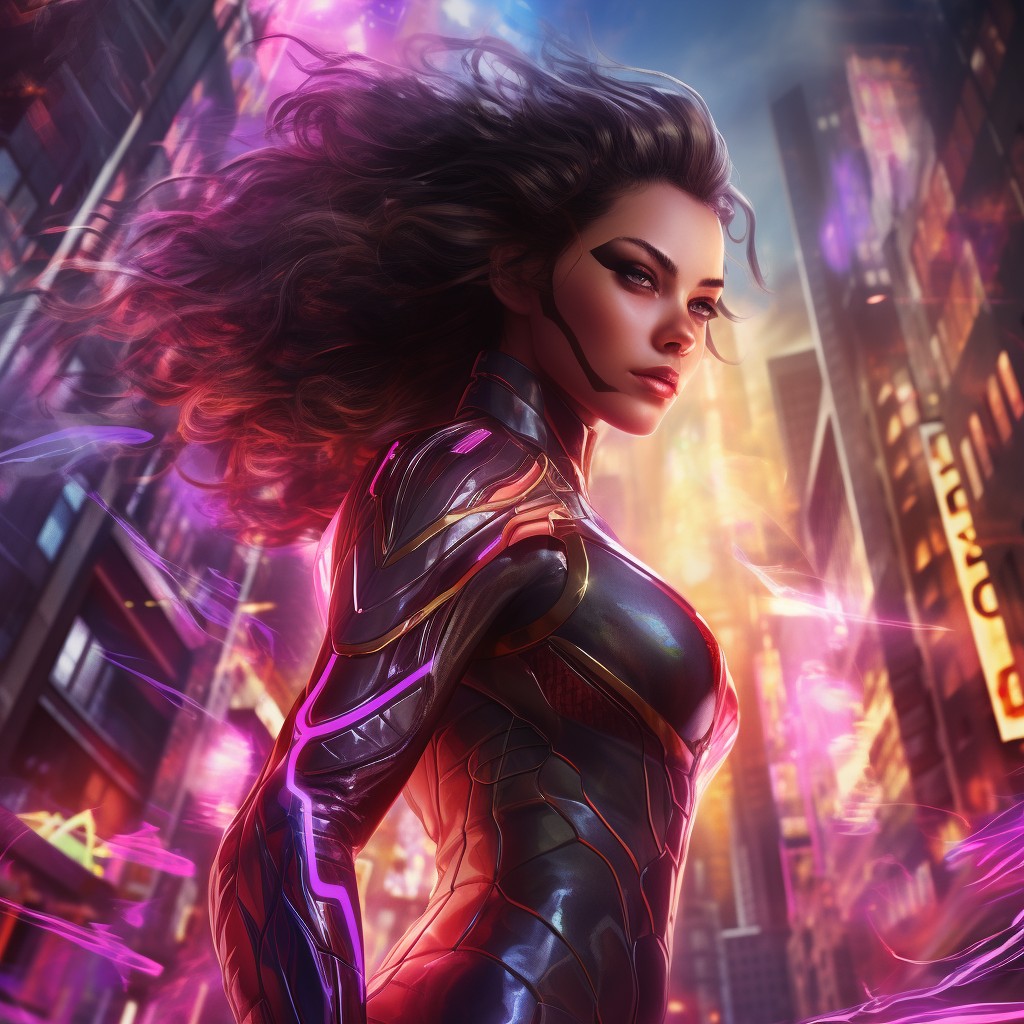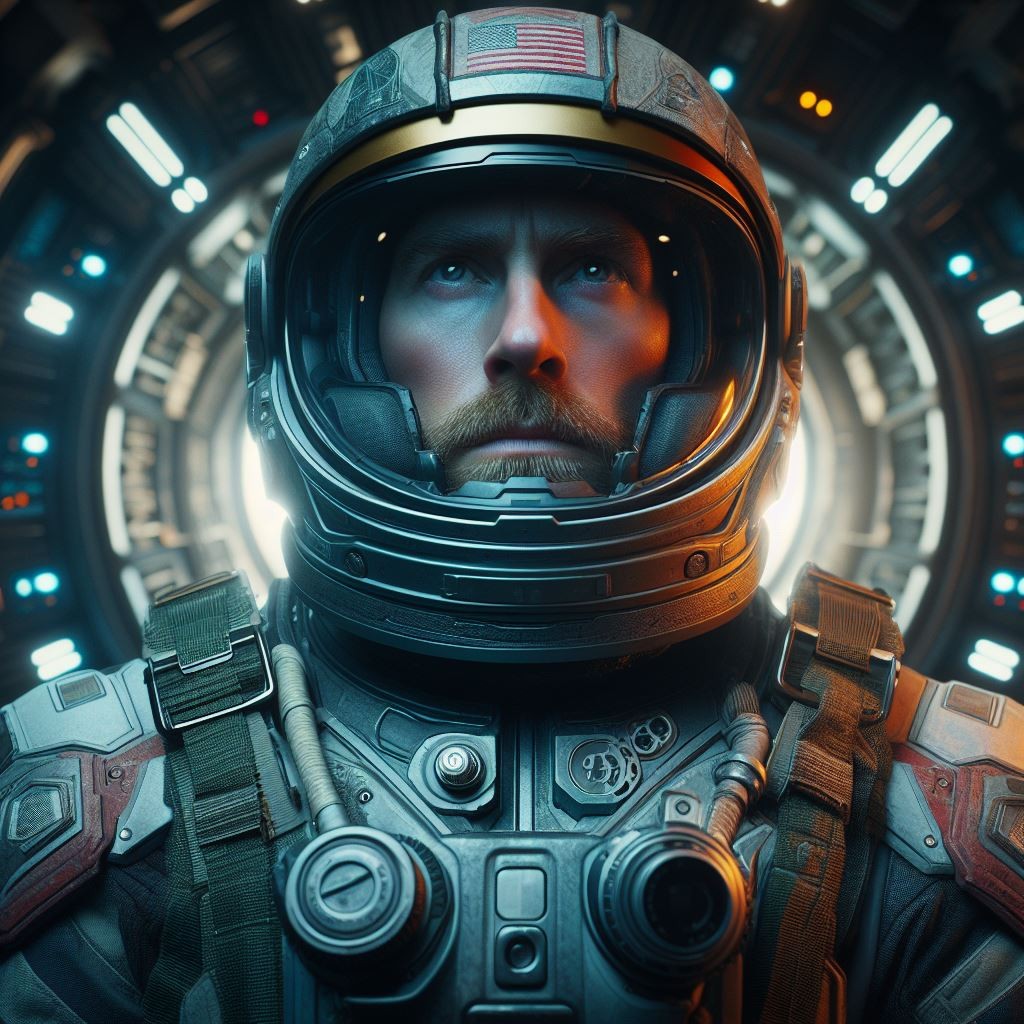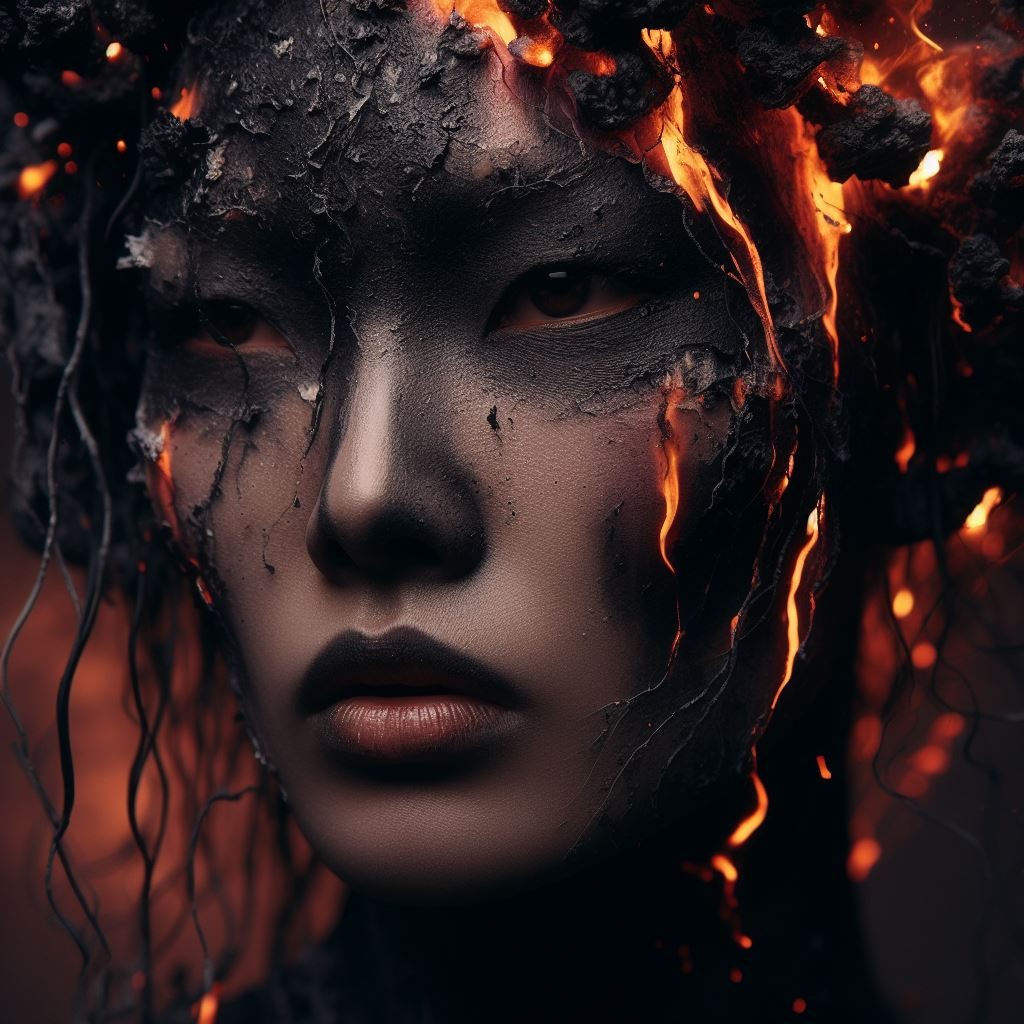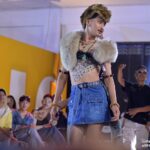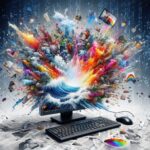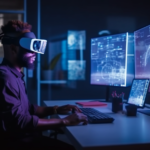Applications of Text-to-Image Models for Business, Media and Personal Use
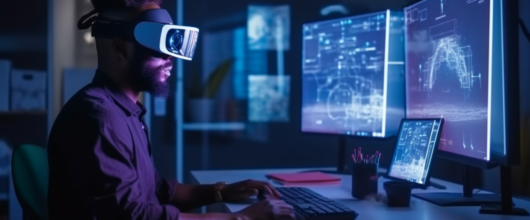
What is it text to image model
Artificial intelligence (AI) is transforming the way we create and consume visual content. One of the most fascinating and challenging applications of AI is text to image generation, which aims to produce realistic and relevant images from natural language descriptions. Imagine being able to type a sentence and see it come to life as a picture. This is not science fiction anymore, but a reality that is being explored and improved by researchers and developers around the world. Text to image generation has many potential uses and benefits for various fields and industries, such as business, media, education, art, entertainment, and more.
A text to image model is a machine learning model which takes an input natural language description and produces an image matching that description. Such models began to be developed in the mid-2010s, as a result of advances in deep neural networks1. Text-to-image models generally combine a language model, which transforms the input text into a latent representation, and a generative image model, which produces an image conditioned on that representation. The most effective models have generally been trained on massive amounts of image and text data scraped from the web. They are trained on large datasets of text and image pairs, which provide examples of how text and image should match. The datasets can be domain-specific, such as birds or flowers, or general-purpose, such as COCO or Conceptual Captions. The datasets can also vary in size, quality, and diversity, which affect the capabilities and limitations of the models.
Most advanced Text to Image models
- Midjourney: Midjourney is a text to image model developed by Midas AI, a startup company that specializes in generative AI. Midjourney uses a transformer language model and a generative adversarial network to create images from text descriptions, using a large dataset of text-image pairs scraped from the web.
- Adobe Firefly: Adobe Firefly is a family of creative generative AI models developed by Adobe Research. Adobe Firefly uses a transformer language model and a diffusion model to create images from text descriptions, using a dataset of text-image pairs curated from various sources. Adobe Firefly can generate images with high fidelity and creativity, and it can also recolor, inpaint, and outpaint existing images. Adobe Firefly is integrated into various Adobe products, such as Photoshop, Illustrator, and Express, and can be accessed through a beta program.
- DALL-E: DALL-E is a text to image model developed by OpenAI, a research organization that aims to create artificial general intelligence. DALL-E uses a 12-billion parameter version of GPT-3, a transformer language model, to generate images from text descriptions, using a dataset of text-image pairs collected from the web. DALL-E can generate images with high fidelity and diversity, and it can also create anthropomorphic versions of animals and objects, combine unrelated concepts in plausible ways, render text, and apply transformations to existing images.
- Stable Diffusion: Stable Diffusion is a text to image model developed by Stability AI, a startup company that focuses on media generation. Stable Diffusion uses a latent diffusion model, a kind of diffusion model, to generate images from text descriptions, using a dataset of text-image pairs created by non-profit organizations. Stable Diffusion can generate images with high resolution (768×768) and realism, and it can also inpaint, outpaint, and generate image-to-image translations guided by a text prompt. Stable Diffusion is open-source and can run on most consumer hardware equipped with a modest GPU with at least 8 GB VRAM56
Practical applications of text to image AI models
AI image generators can be utilized to create stock-like images for a range of applications including your website, print materials, social media platforms, and marketing campaigns. Stock images serve as versatile visuals that can be employed for numerous purposes, such as illustrating ideas, establishing a particular atmosphere, or drawing attention.
AI image generators are capable of crafting these images based on text prompts that detail your desired image. For instance, you could prompt for “a photo of a joyous family at the beach” or “a photo of a laptop on a desk”. Additionally, these AI tools can generate images in various styles such as in the vein of Picasso’s paintings or a cartoon depiction of a superhero.
Here are some of the diverse elements that AI image generators can create:
- Depictions of individuals in a variety of situations such as working, dining, engaging in leisure activities, or unwinding. These can include people of all ages, genders, ethnic backgrounds, and cultures.
- Visual representations of concepts and themes, such as health, wellness, technology, education, or business.
- Images of animals, birds, or insects in different poses, expressions, or environments.
- Images of food and beverages across a range of cuisines, styles, or presentations.
- Representations of products and services across diverse categories, with various colors or designs.
- Different types of landscapes
- Lifestyle and still life
- Artistic and creative images, such as paintings, cartoons, illustrations, or effects.”
These possibilities highlight the versatility and potential of AI image generators to produce a wide range of images according to your specific needs. You can use it as:
- Content Support for Various Media: These models can help create illustrative content for different types of media, such as articles, blogs, newsletters, magazines, newspapers books, or reports. The content can reinforce the topic, theme, or argument of the media by providing images related to the subject, infographics, or photographs that convey the mood or tone of the piece.
- Concept Visualization: Images that visually represent the underlying concept or theme can be used for your campaigns, presentations or marketing materials. These images can include abstract graphics, symbols, metaphorical visuals, or images that match the color scheme and aesthetic of your project. They can help depict a concept, create an ambiance, or draw attention to your message.
- Ad and Social Media Content Creation: Text-to-image AI can be employed to develop visually appealing and effective advertisements or social media posts that resonate with your brand’s ethos, target audience, or promotional message.
- Educational and Research Aid: In the field of education and research these AI models can be employed to generate images that can be used to depict various academic subjects, research concepts, educational environments, or scientific phenomena. This can include images of classrooms, students, teachers, books, lab equipment, graphs, or illustrations of complex concepts to aid in understanding and engagement
- Website Enhancement: Use images to enhance a website by providing high-quality visuals related to the site’s content, such as images depicting people, places, products, or concepts. They can be used for backgrounds, banners, article illustrations, product images, or to break up large sections of text, improving user engagement and visual appeal.
- Product or Service Showcase: Text-to-image AI can help you visually demonstrate your products or services, highlighting their features or benefits, and persuading potential customers effectively. You can generate backgrounds to place your product pictures or environments that illustrate their application. You can also generate blank, unlabeled product packaging to use as mockups for further editing.
- Ideation and Experimentation: In various creative fields such as architecture, fashion design, product design, and interior design, AI models serve as a powerful tool for ideation and experimentation. They enable professionals to generate digital visuals like images, illustrations, or pictures based on their specific parameters, fostering the exploration of new ideas and styles. These AI-created visuals can function as a digital canvas, aiding in the visualization and experimentation of new concepts. Moreover, the unique and original visuals generated can inspire the creation of innovative artworks, designs, or products, propelling creative exploration in their respective domains.
- AI-Generated Art: Text-to-image AI models can help you create unique art pieces, expressing your creativity and exploring the intersection of art and technology. You can generate abstract digital art, AI-generated portraits, fractal art, or other unique pieces with the help of AI. You can also use existing artworks as a starting point to create new images inspired by or blended with them. The results can be surprising.
Sample AI generated Images
Beauty
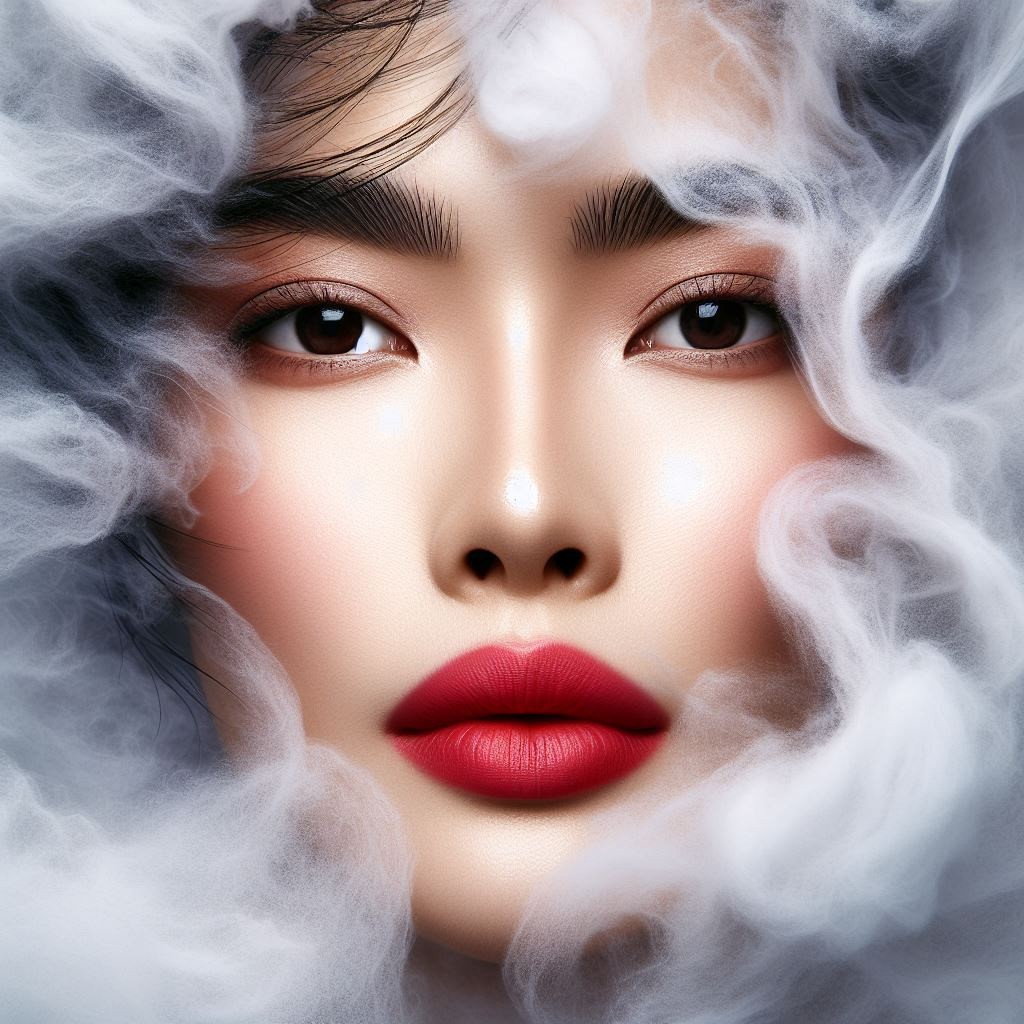

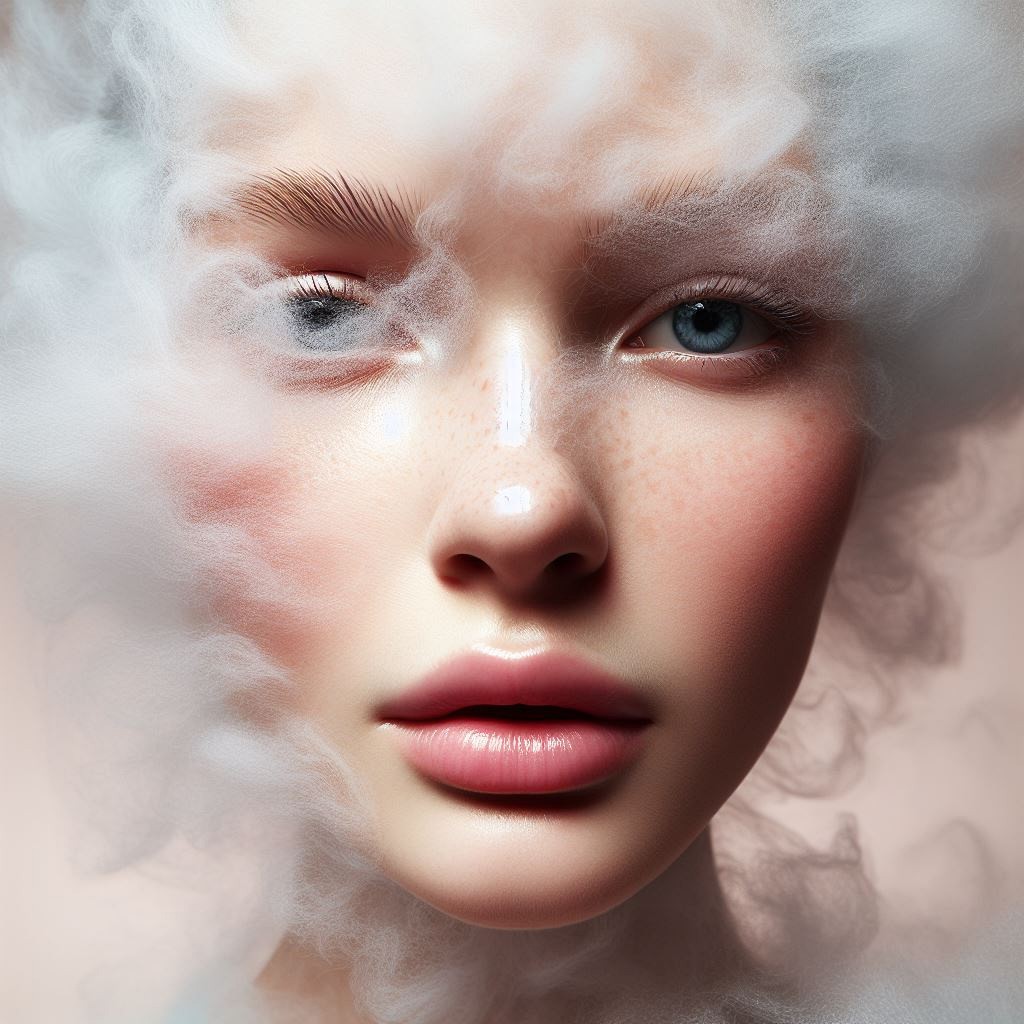

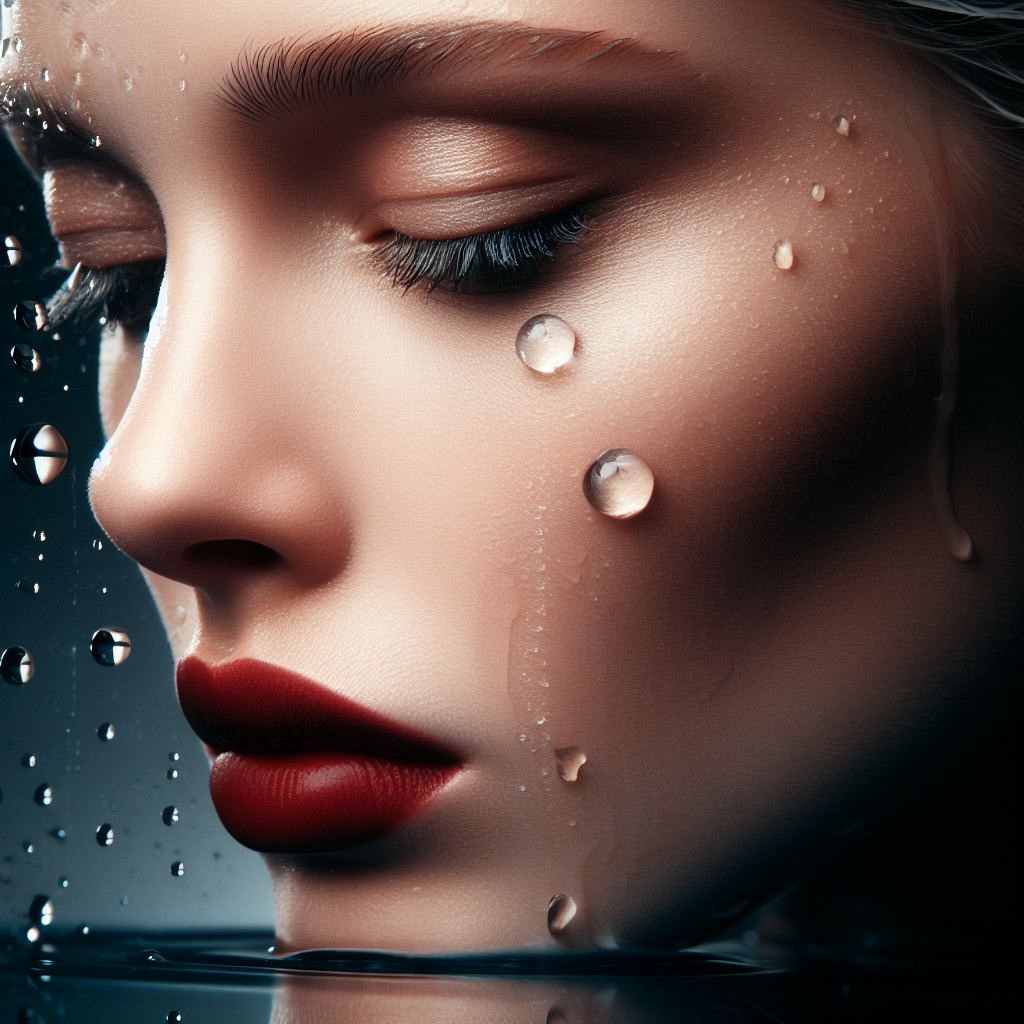
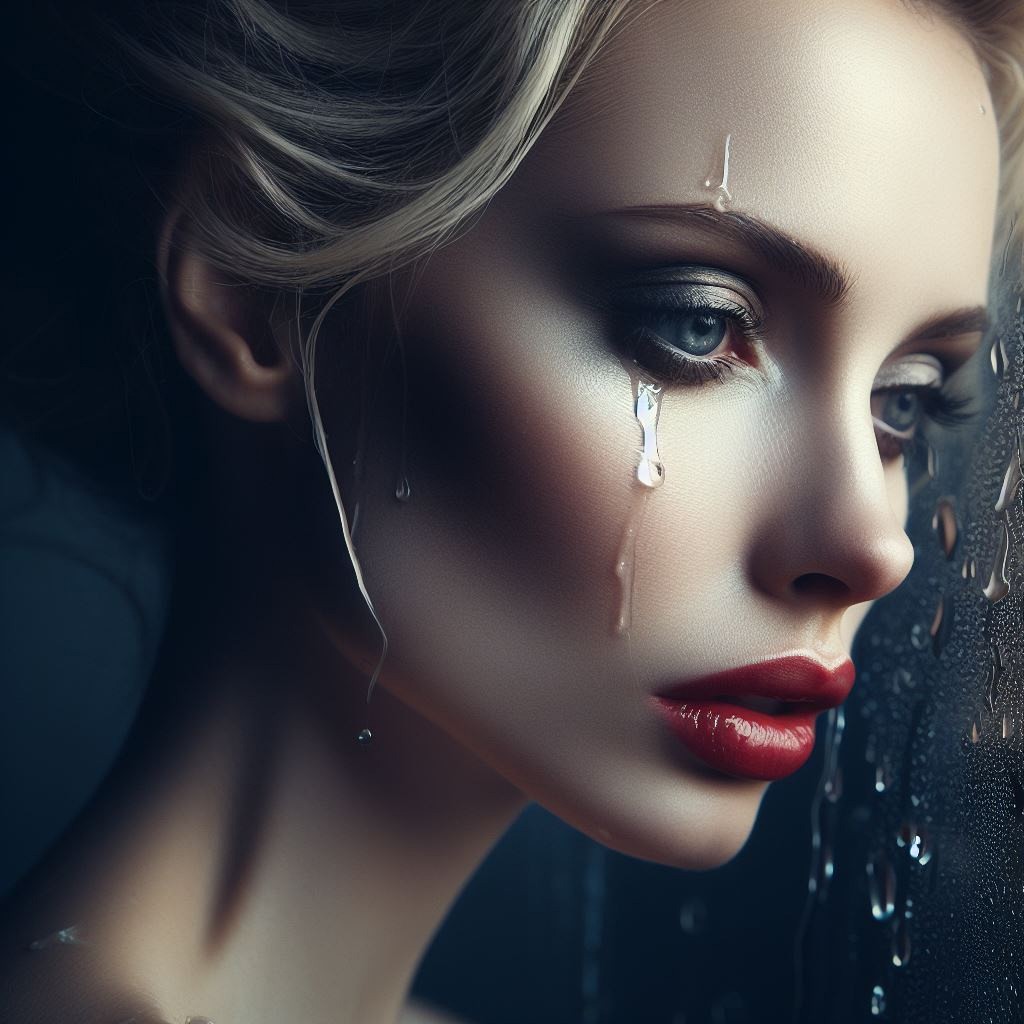

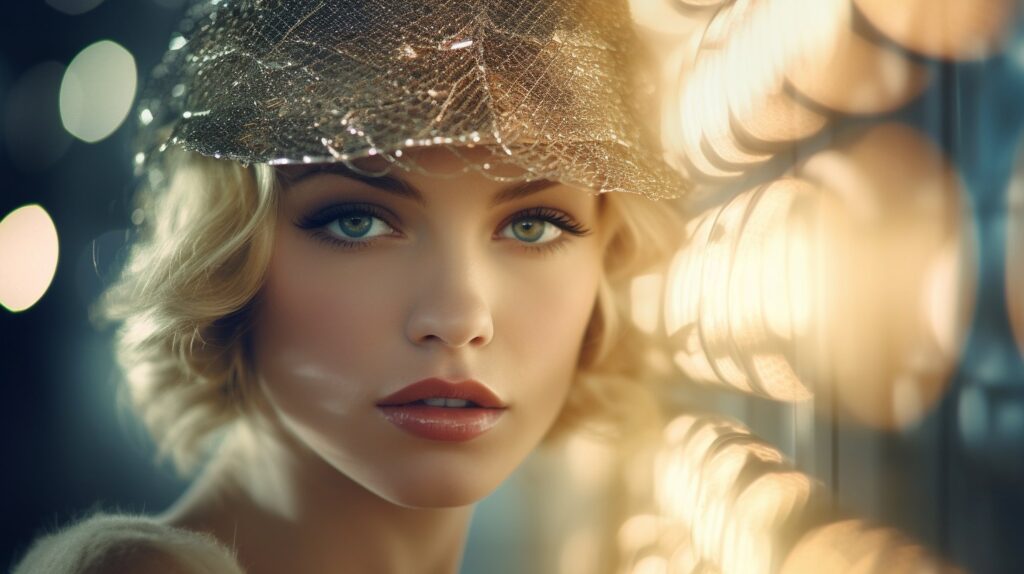

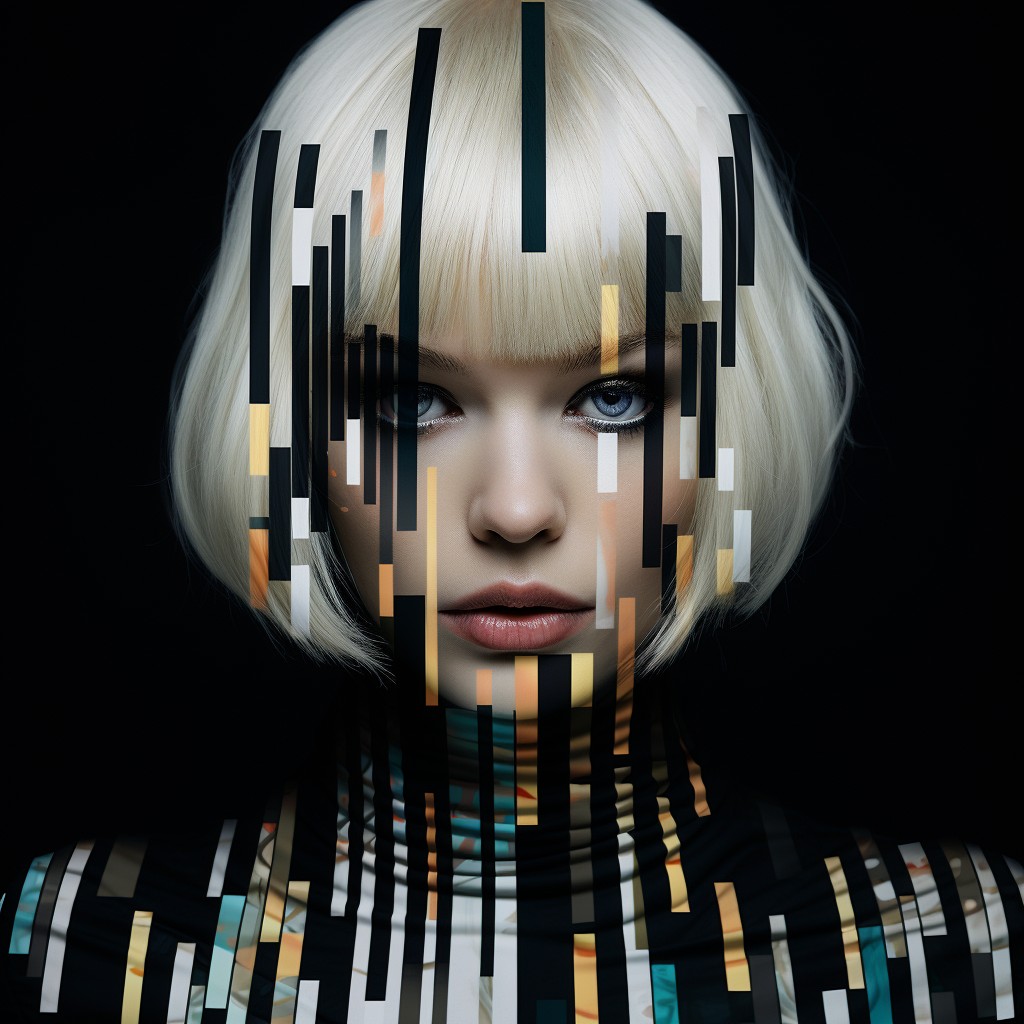
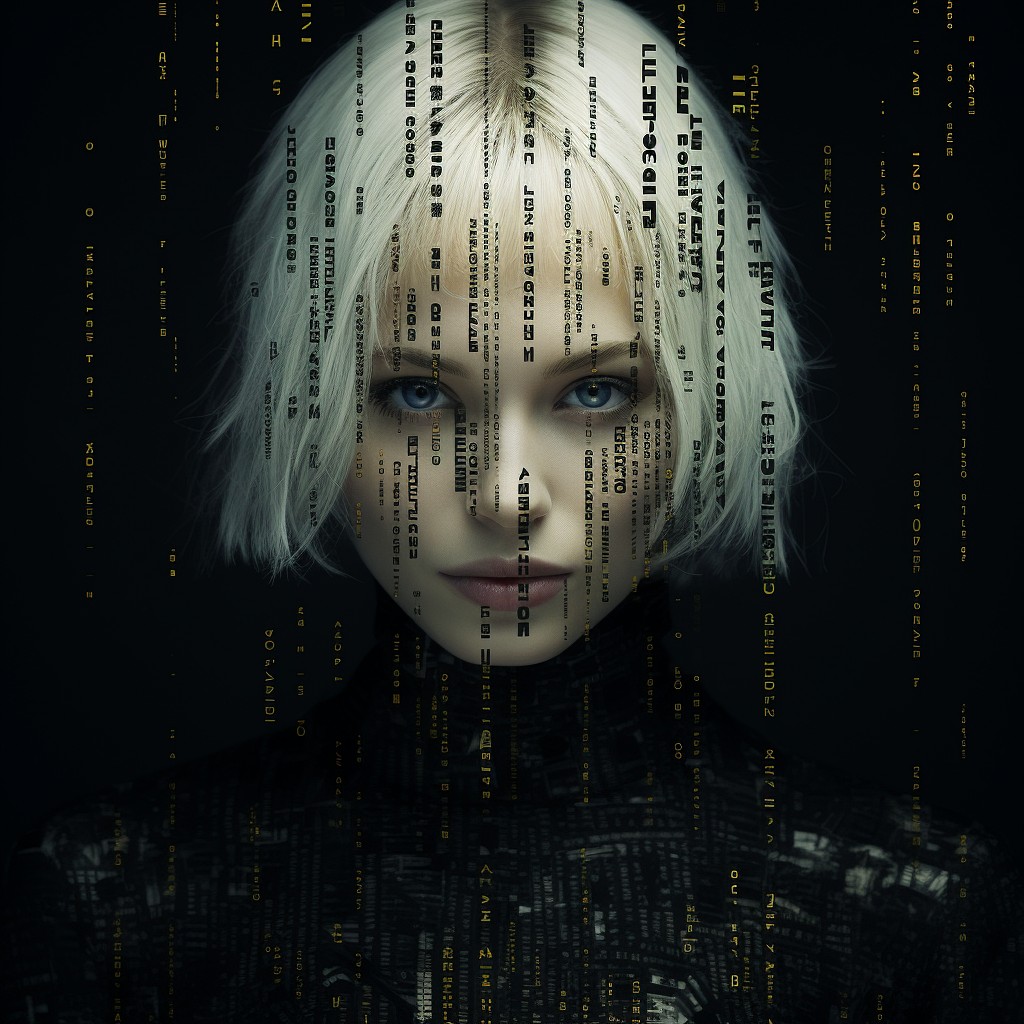
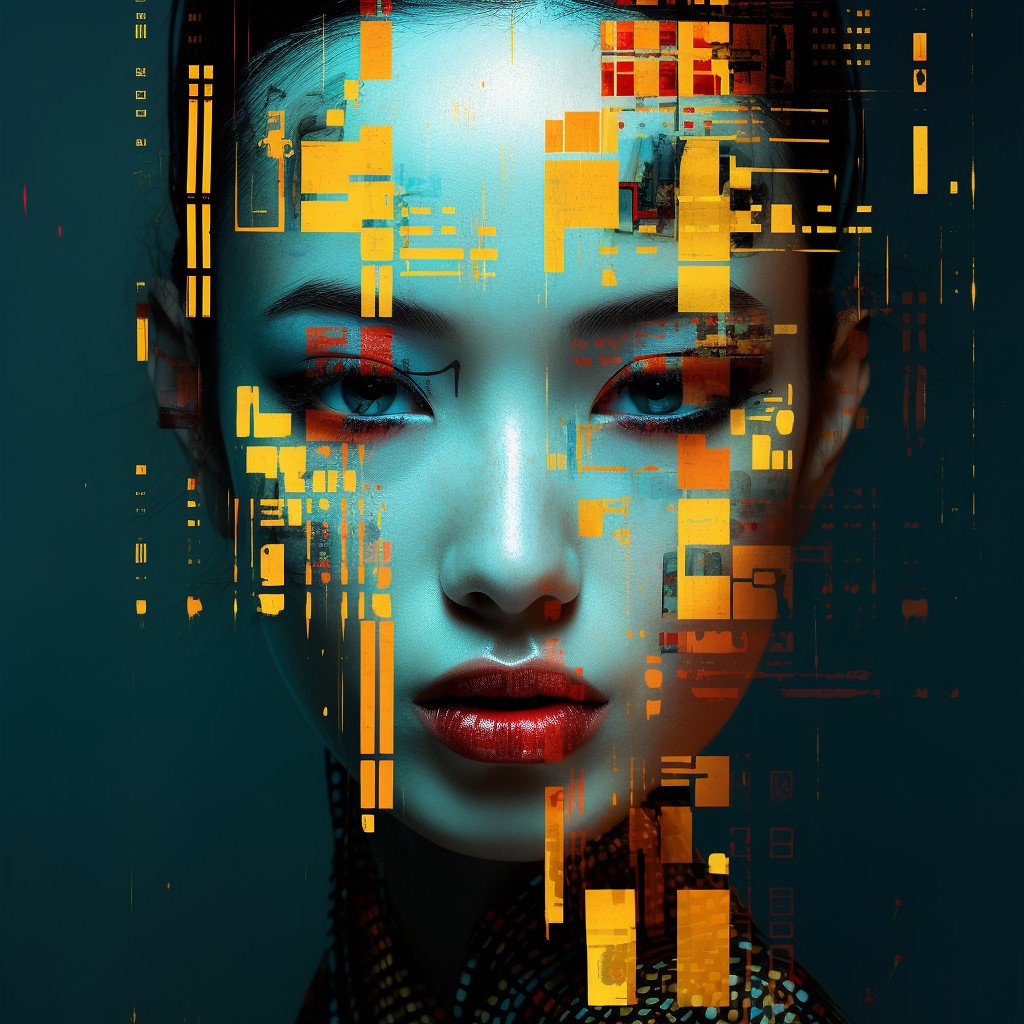
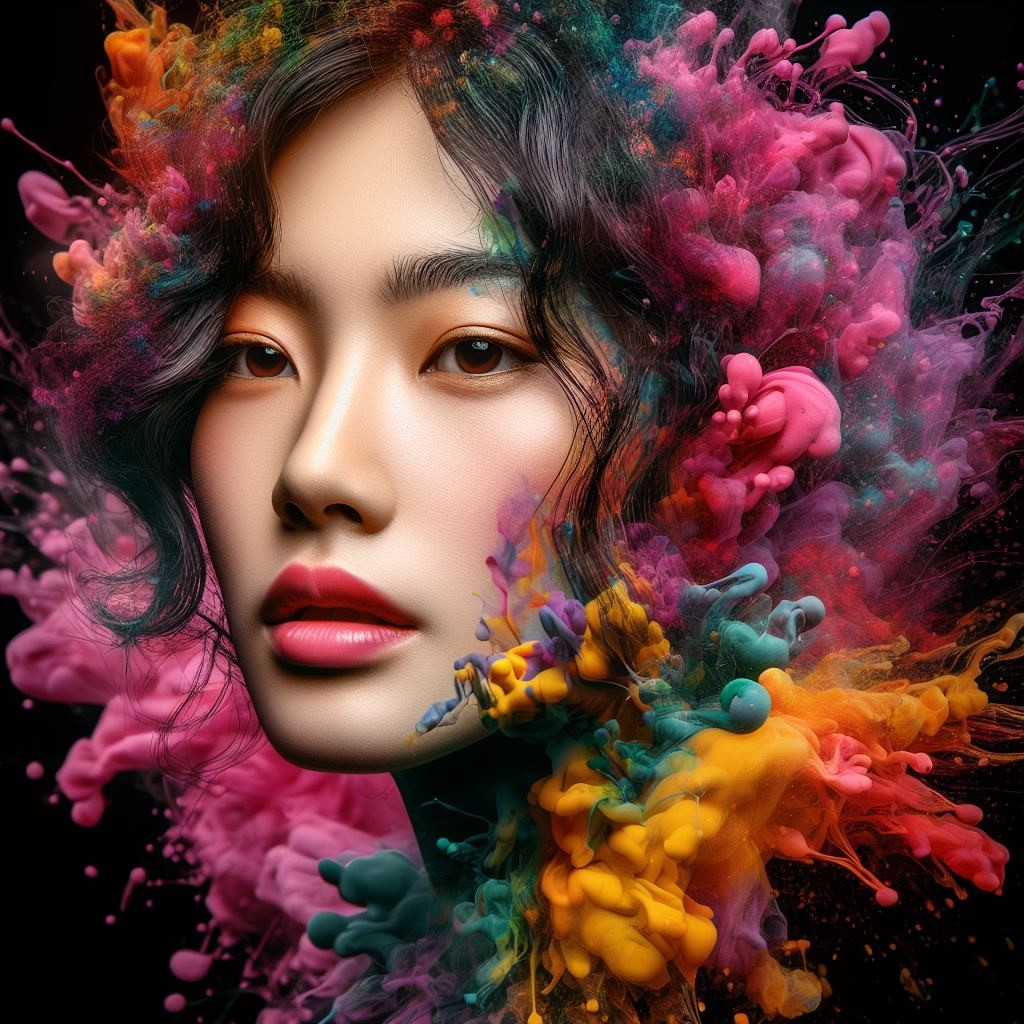
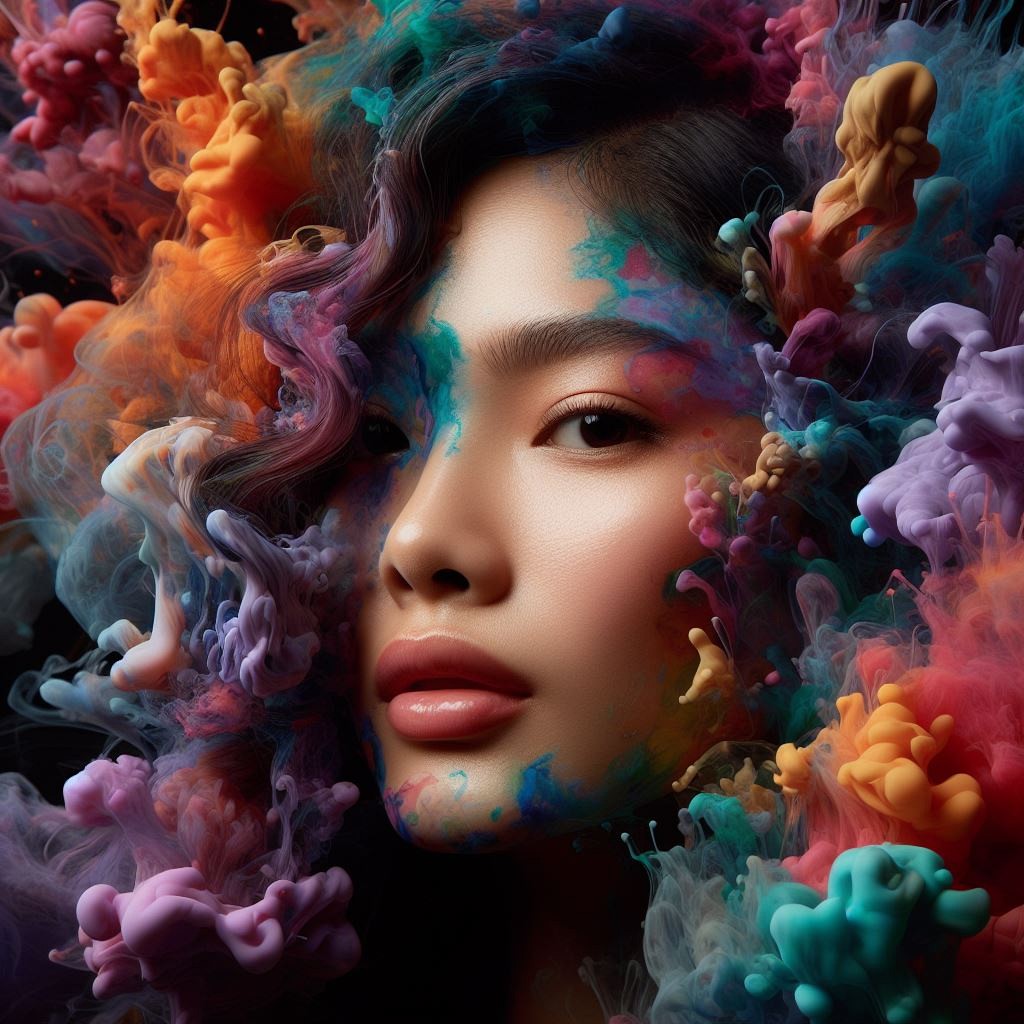
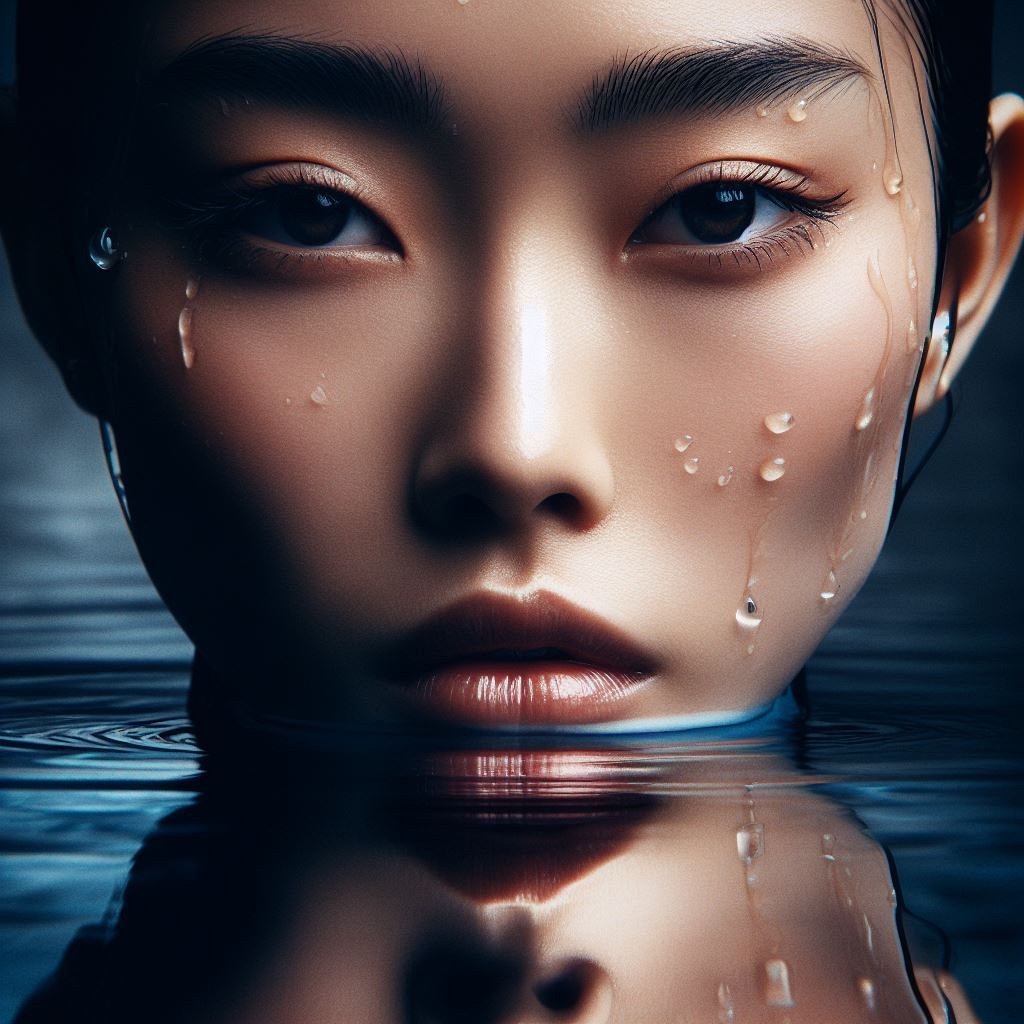

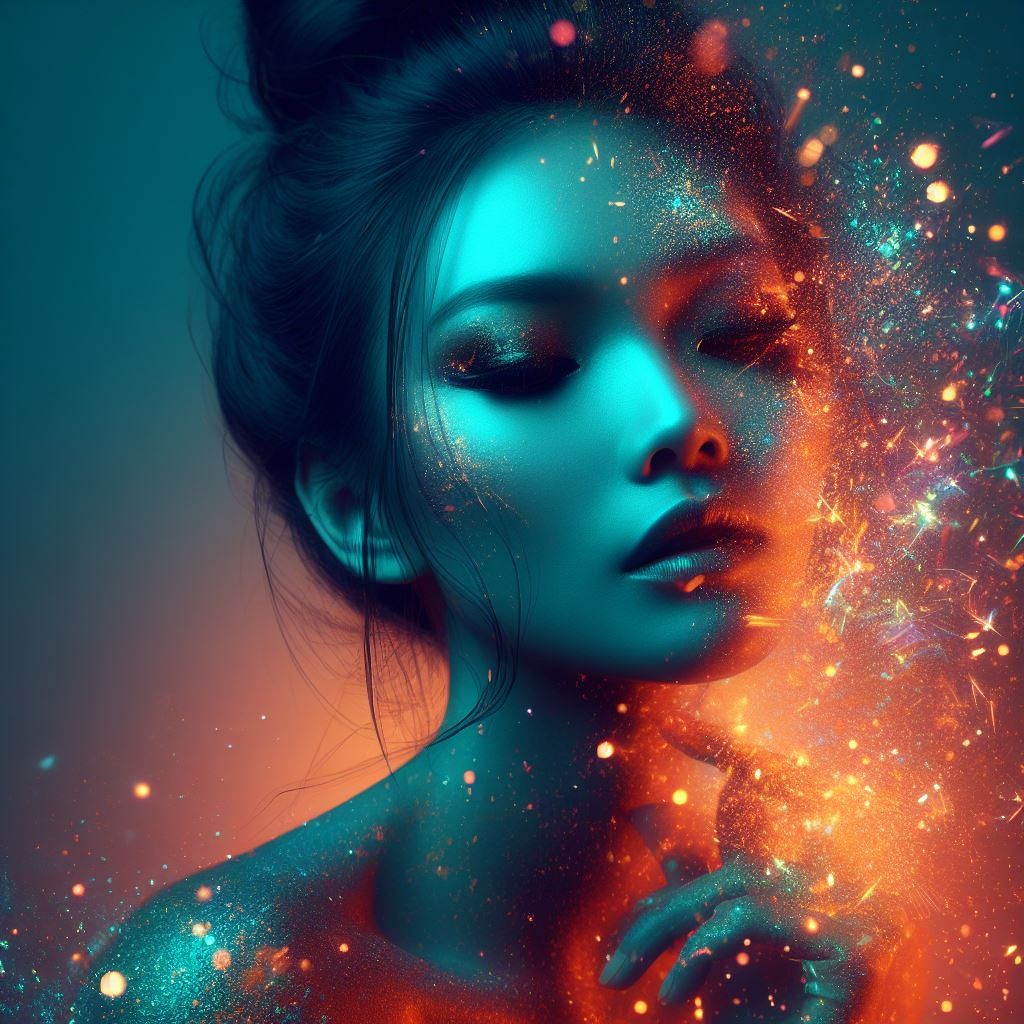


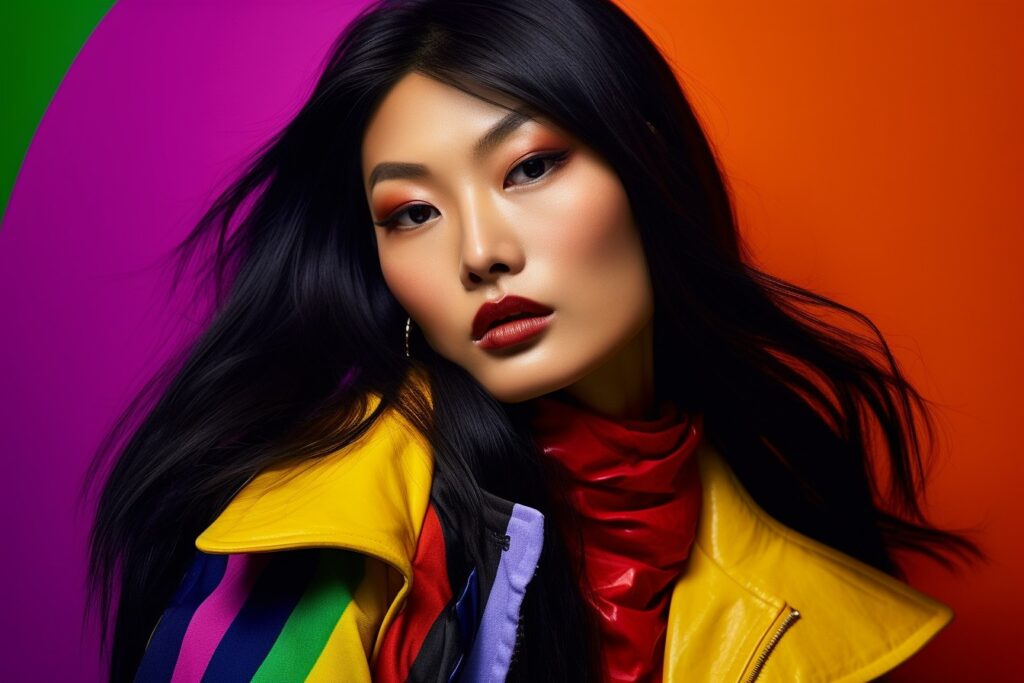
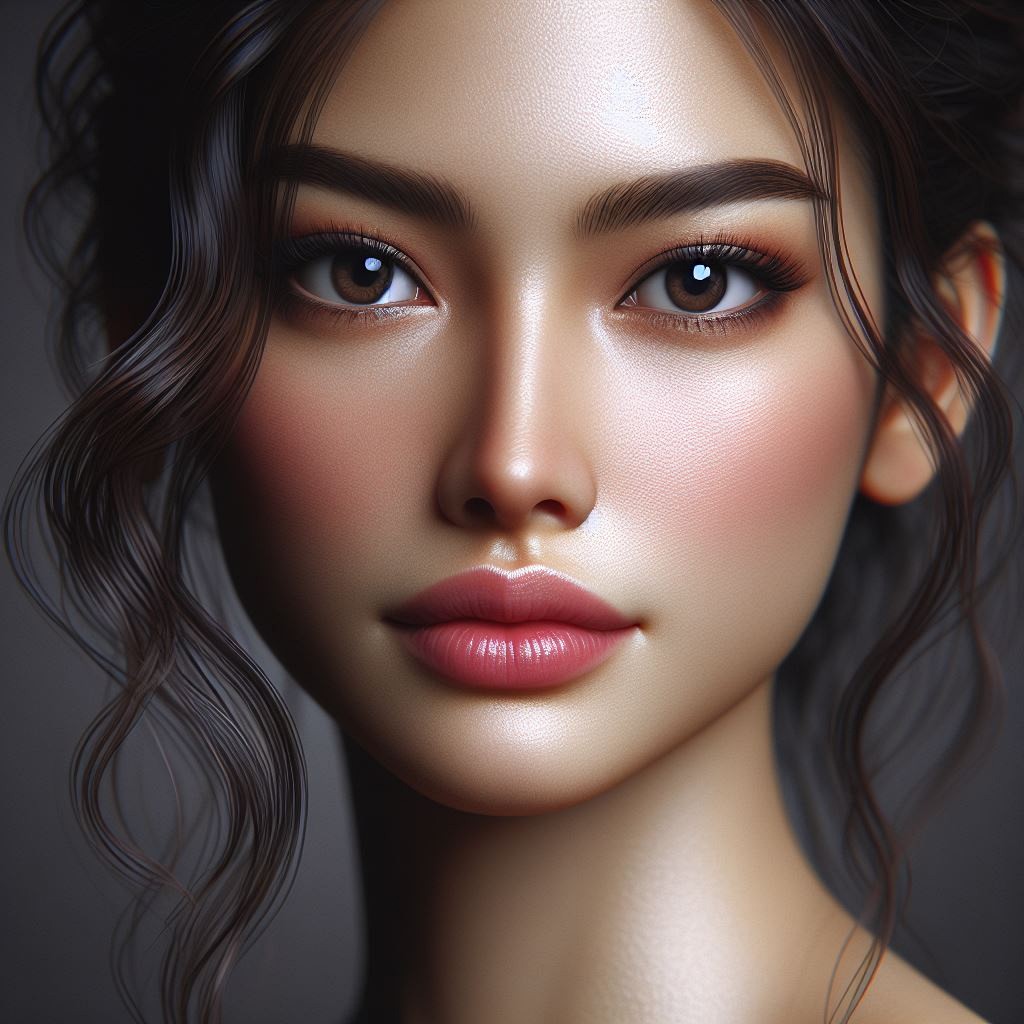

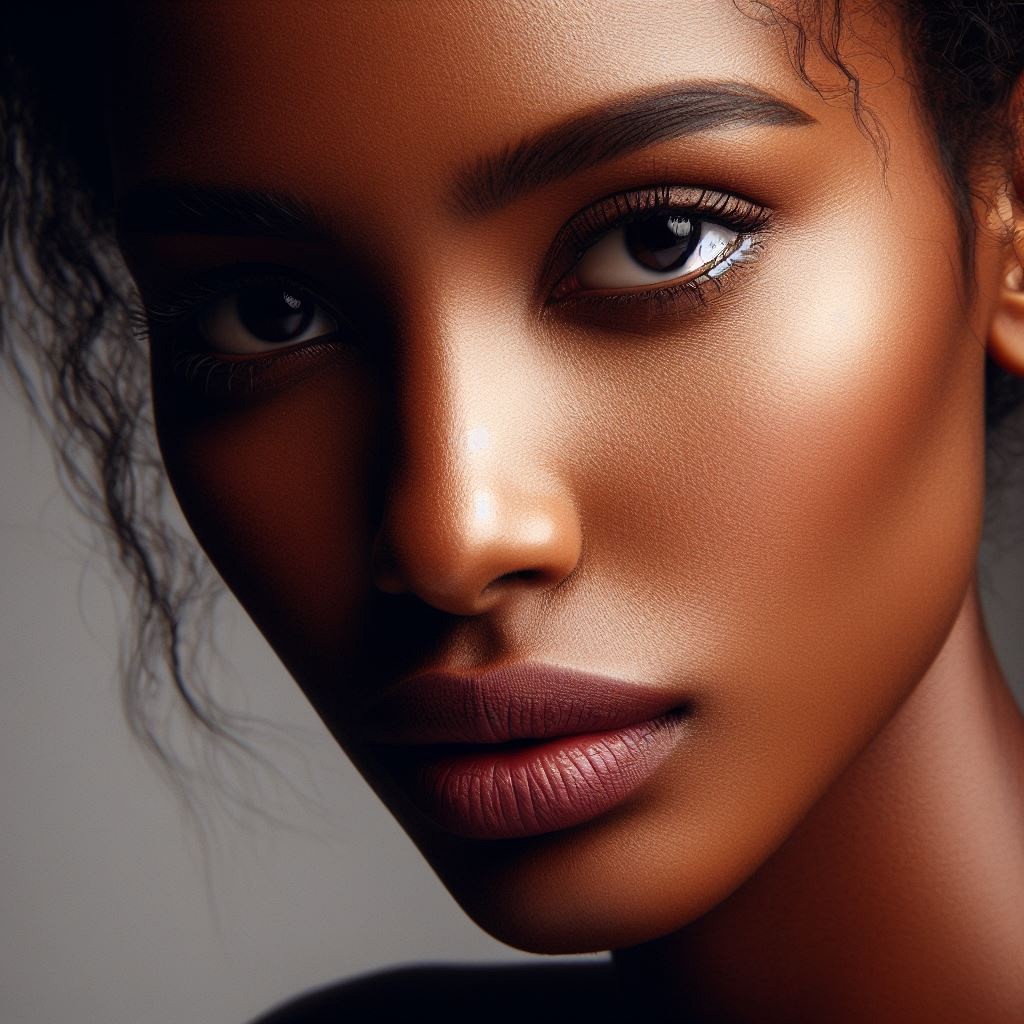

Products
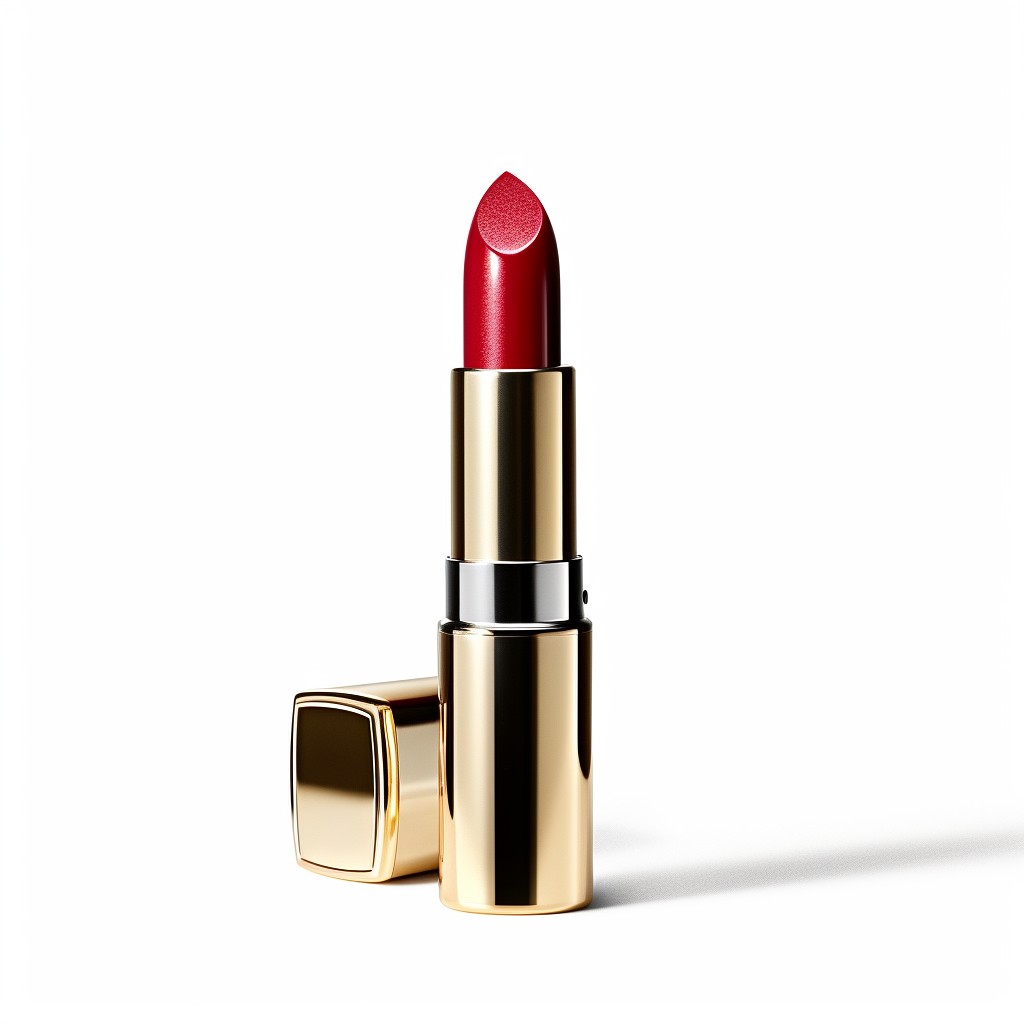


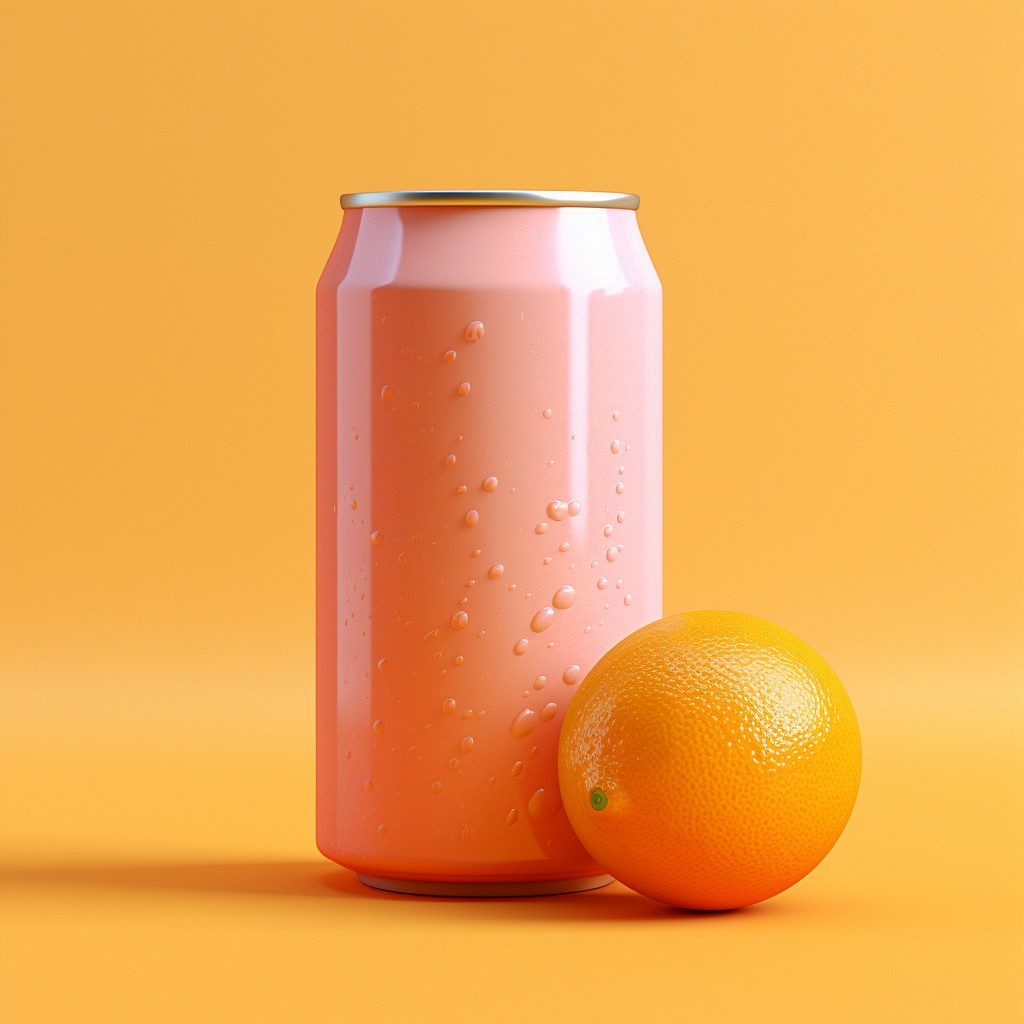
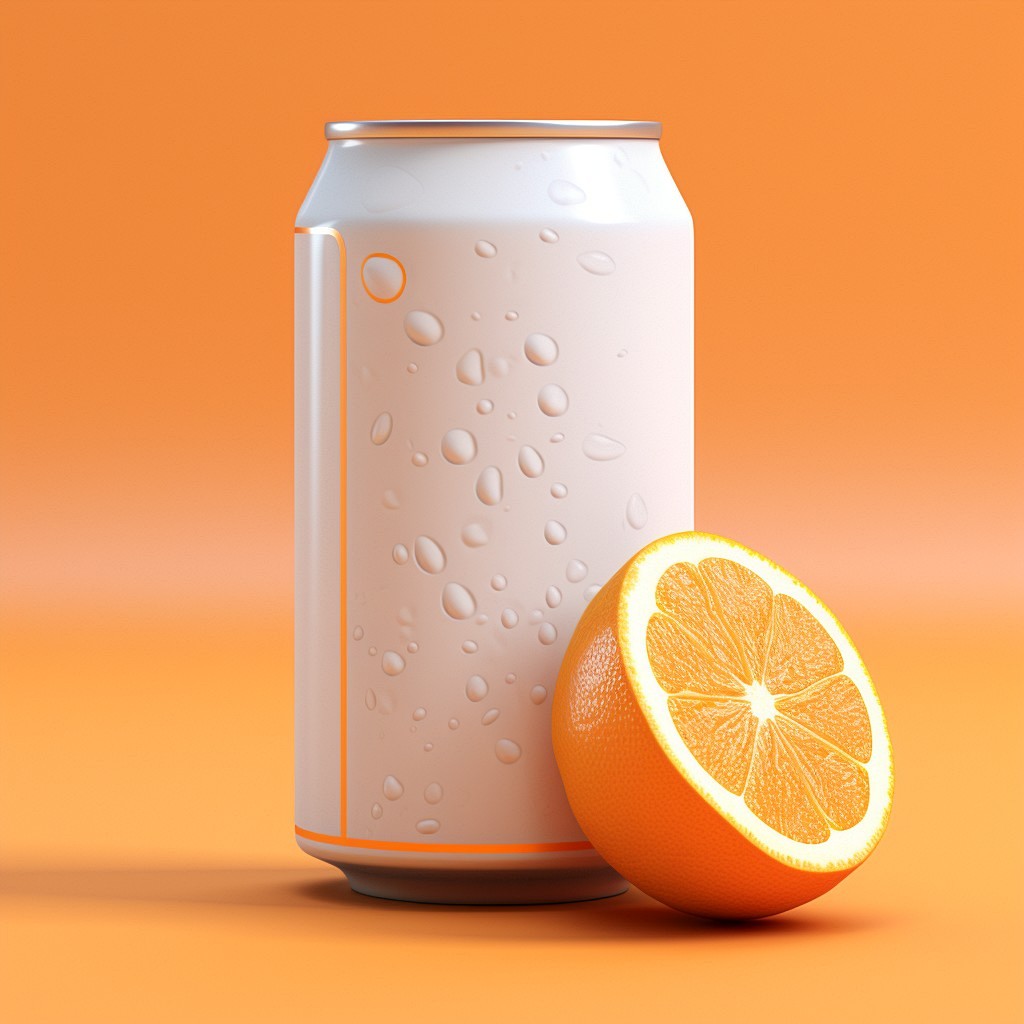
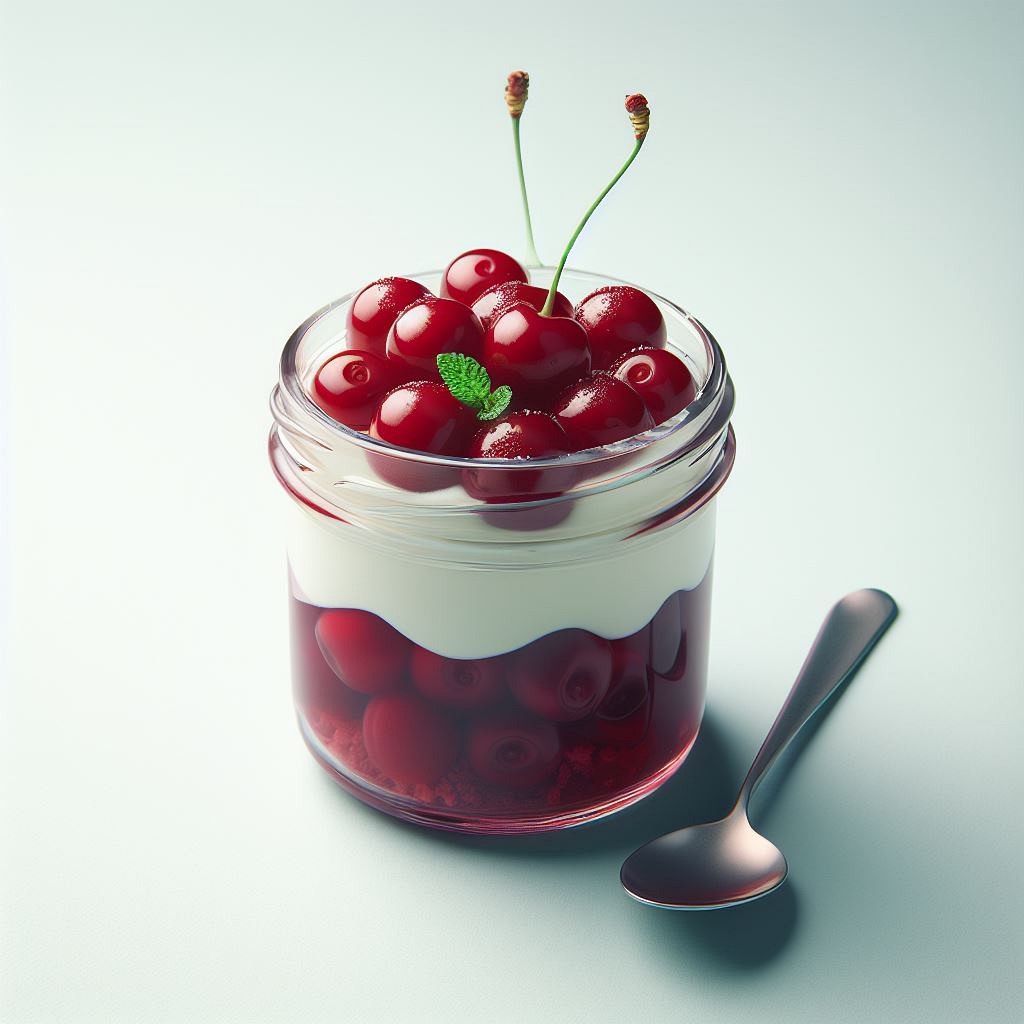





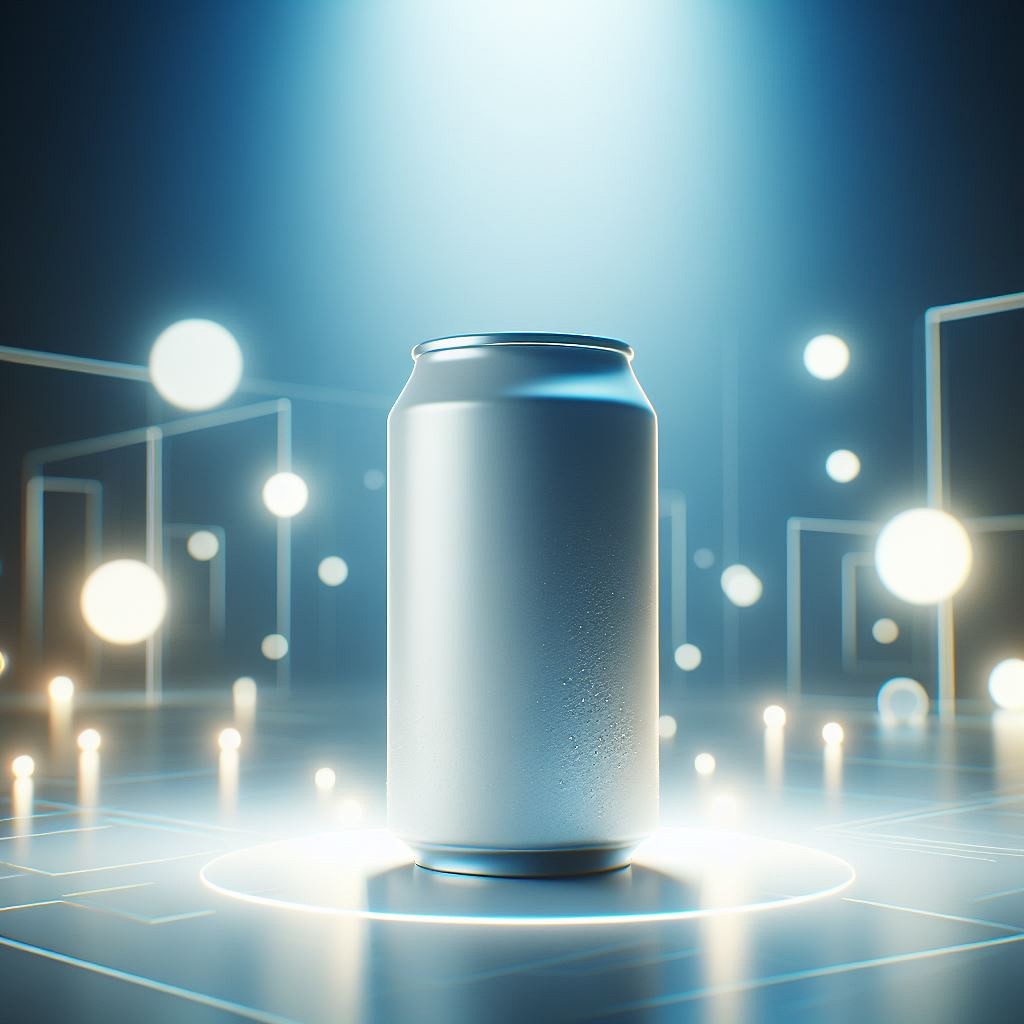


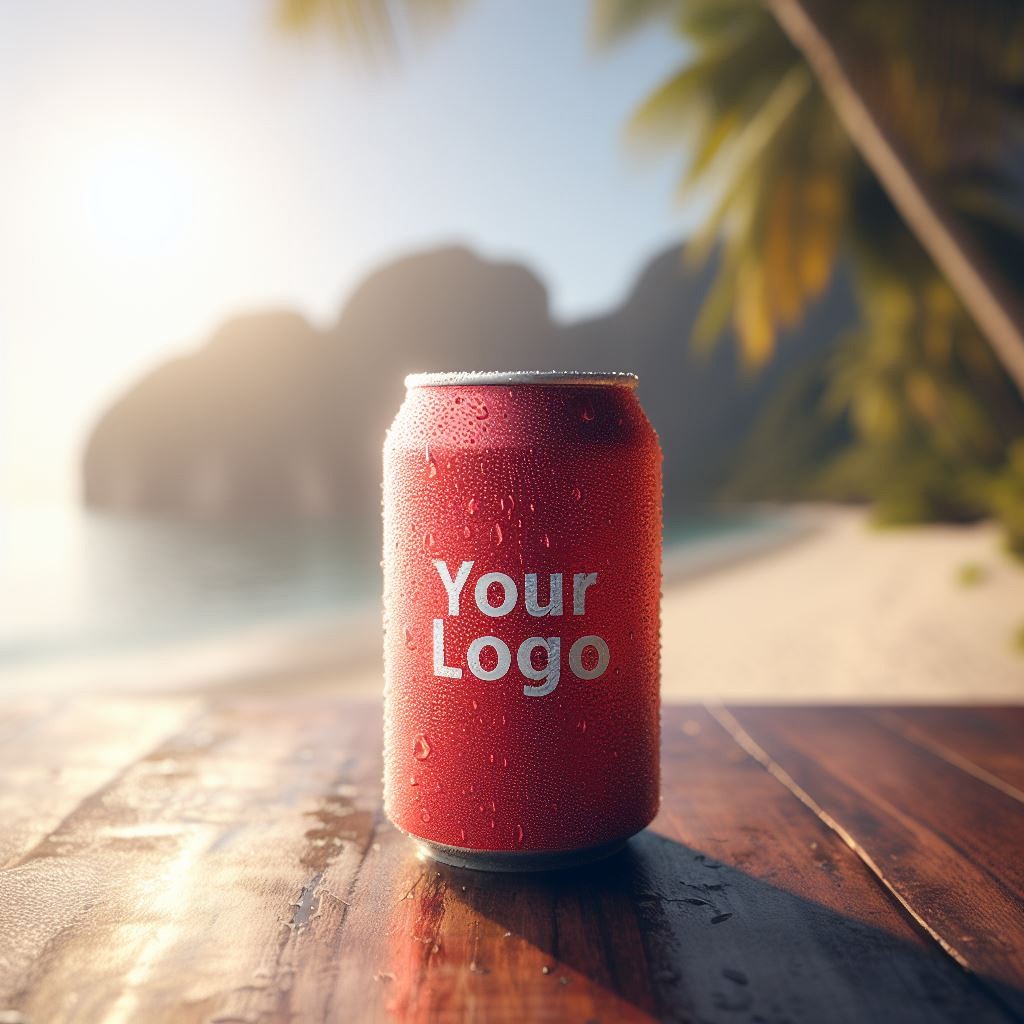

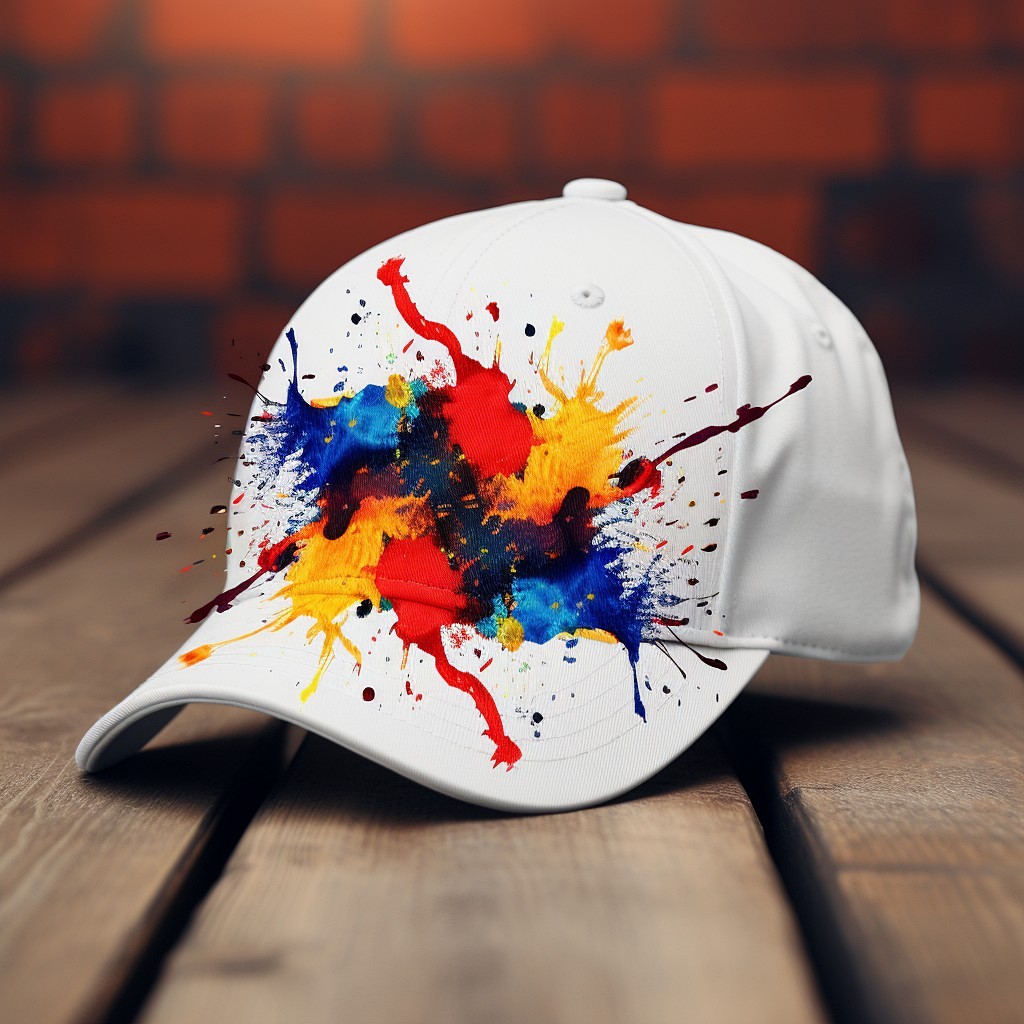

Commercial

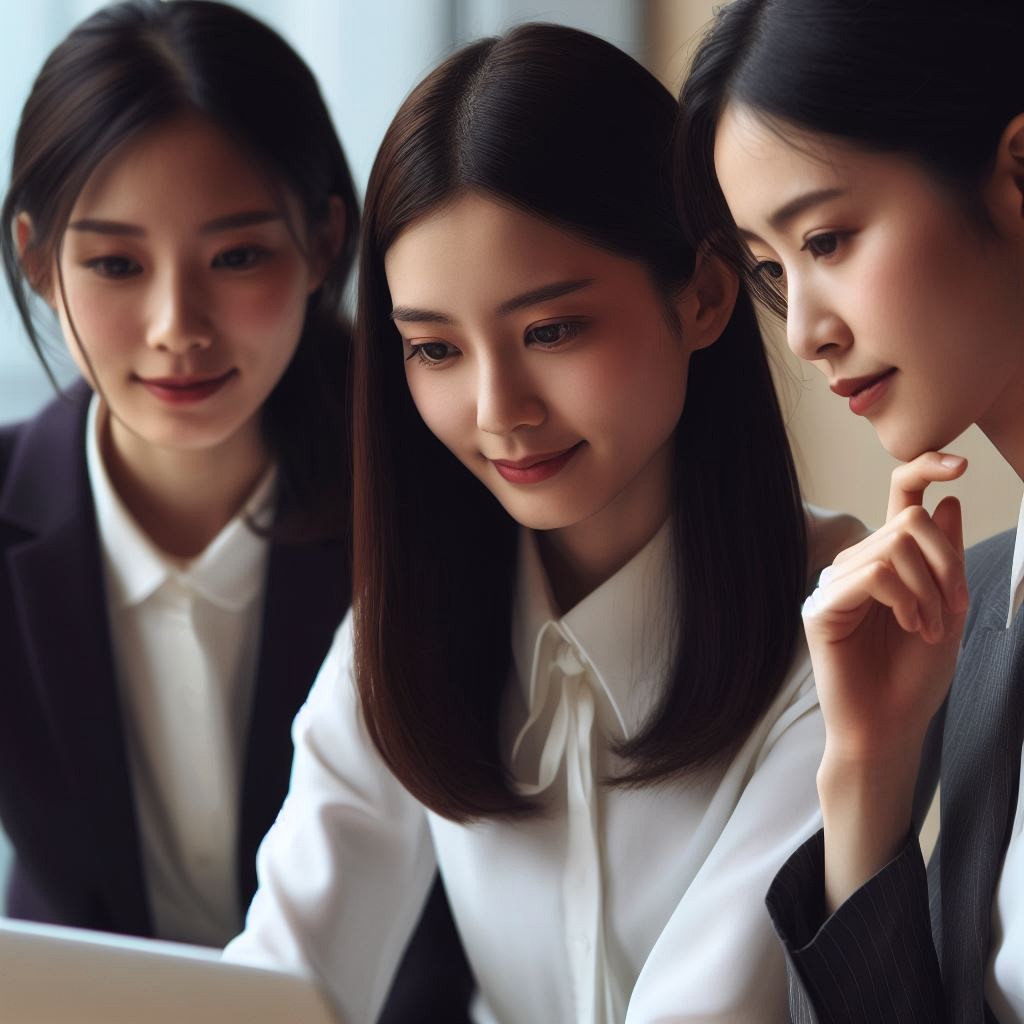
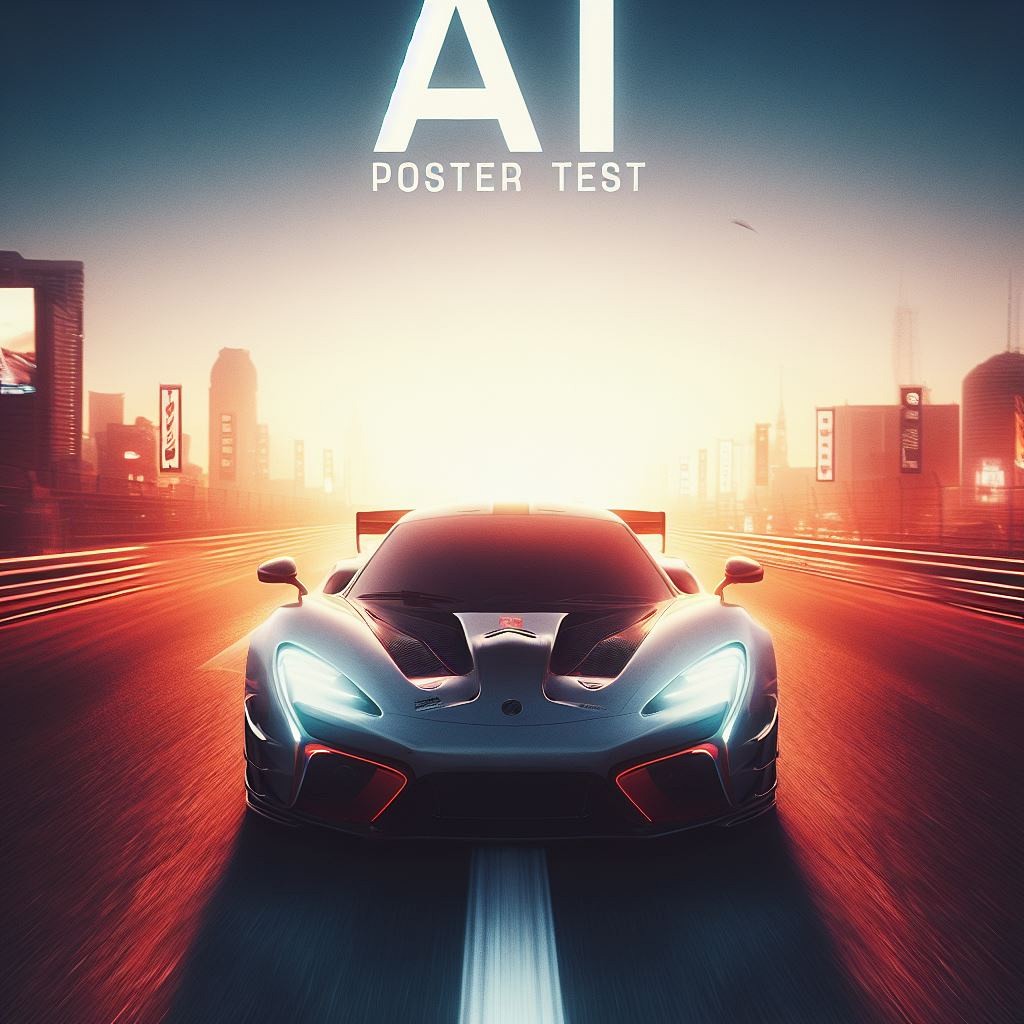

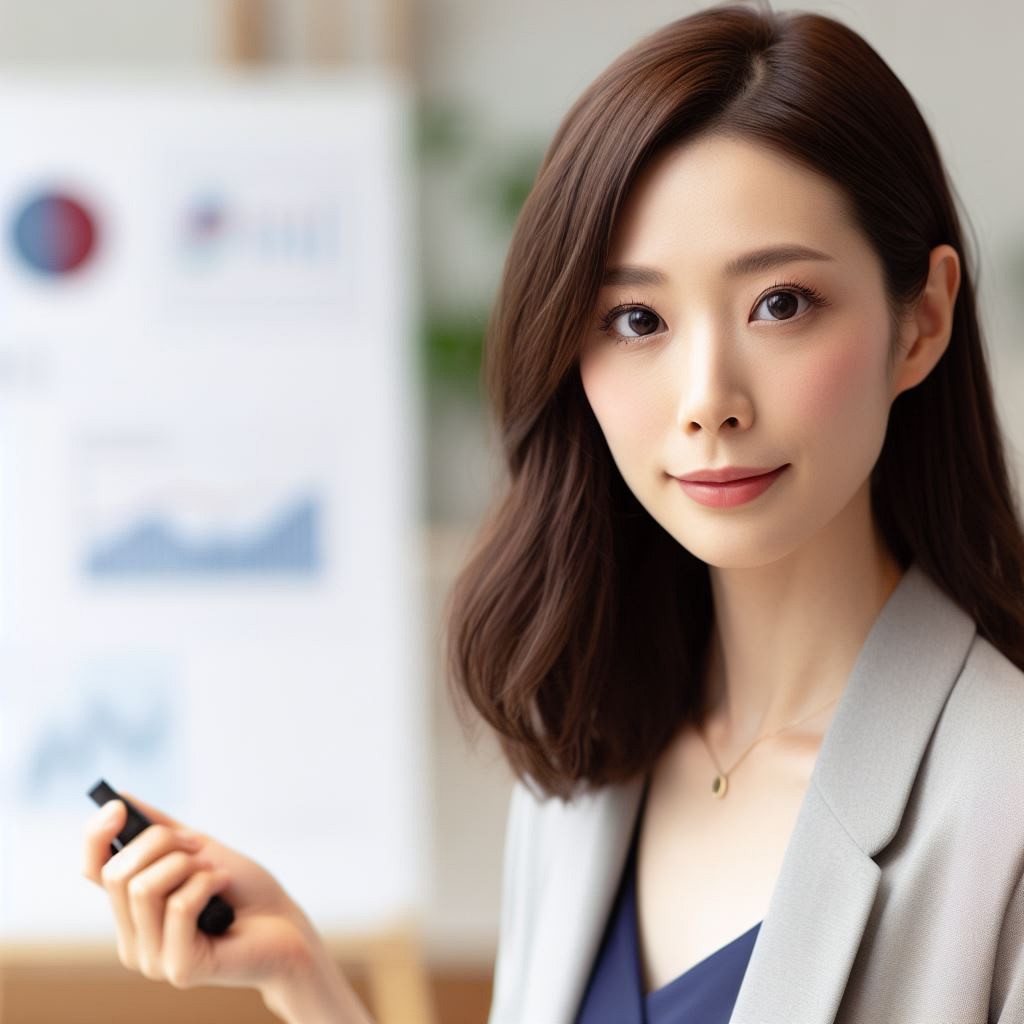






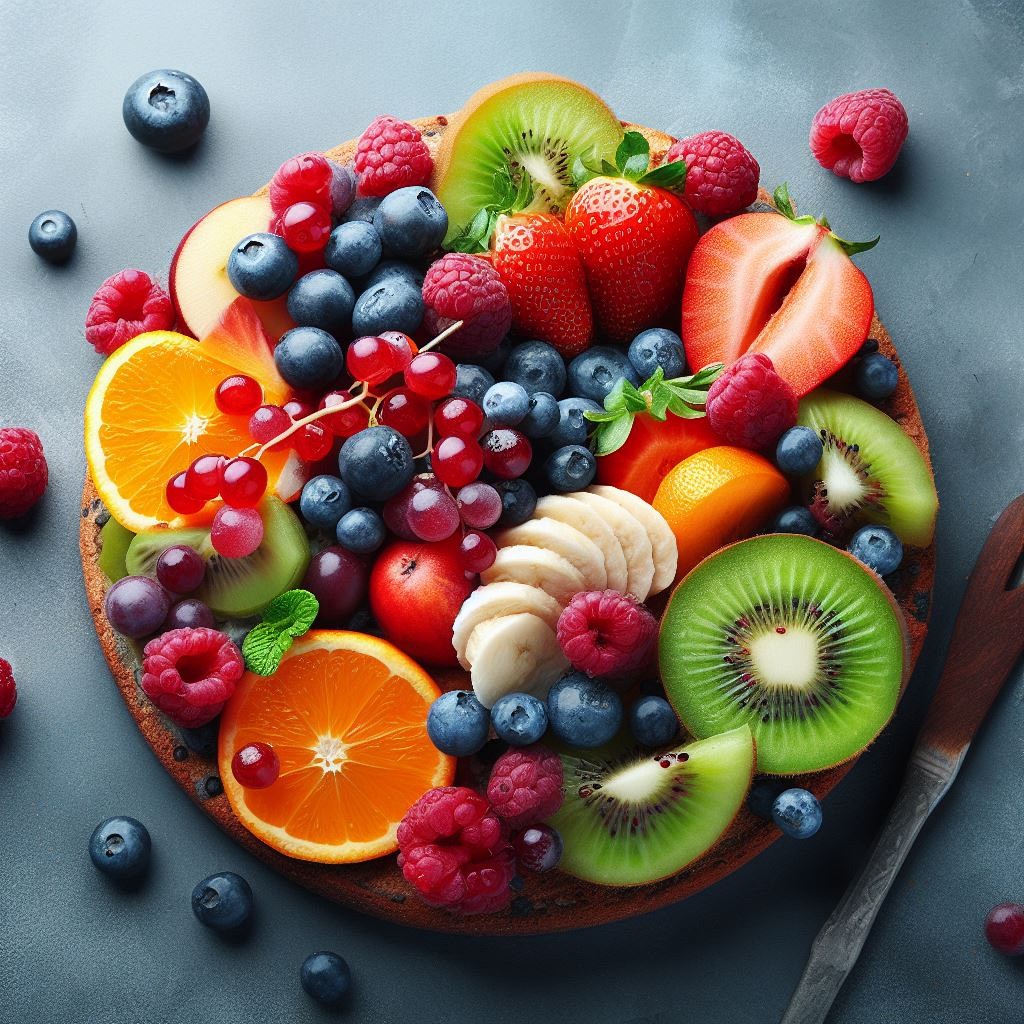
Advertising
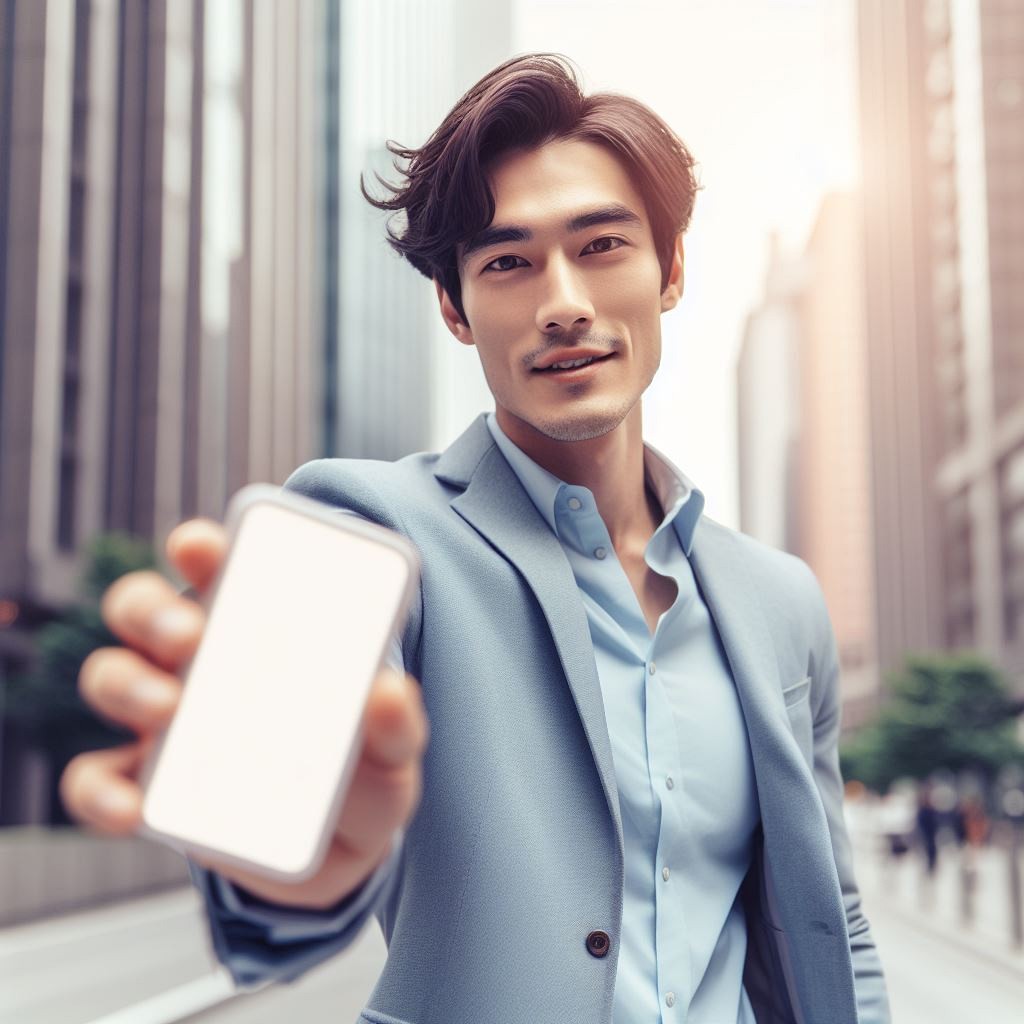
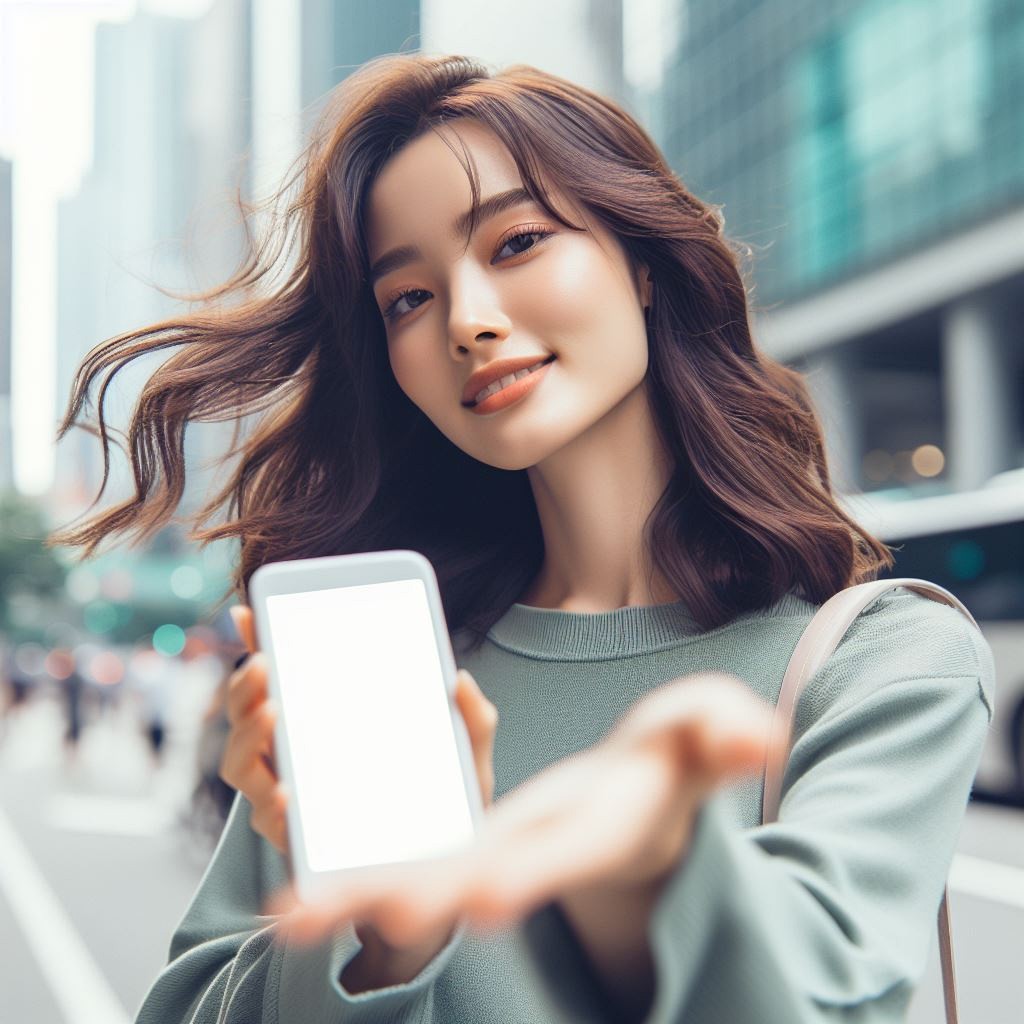
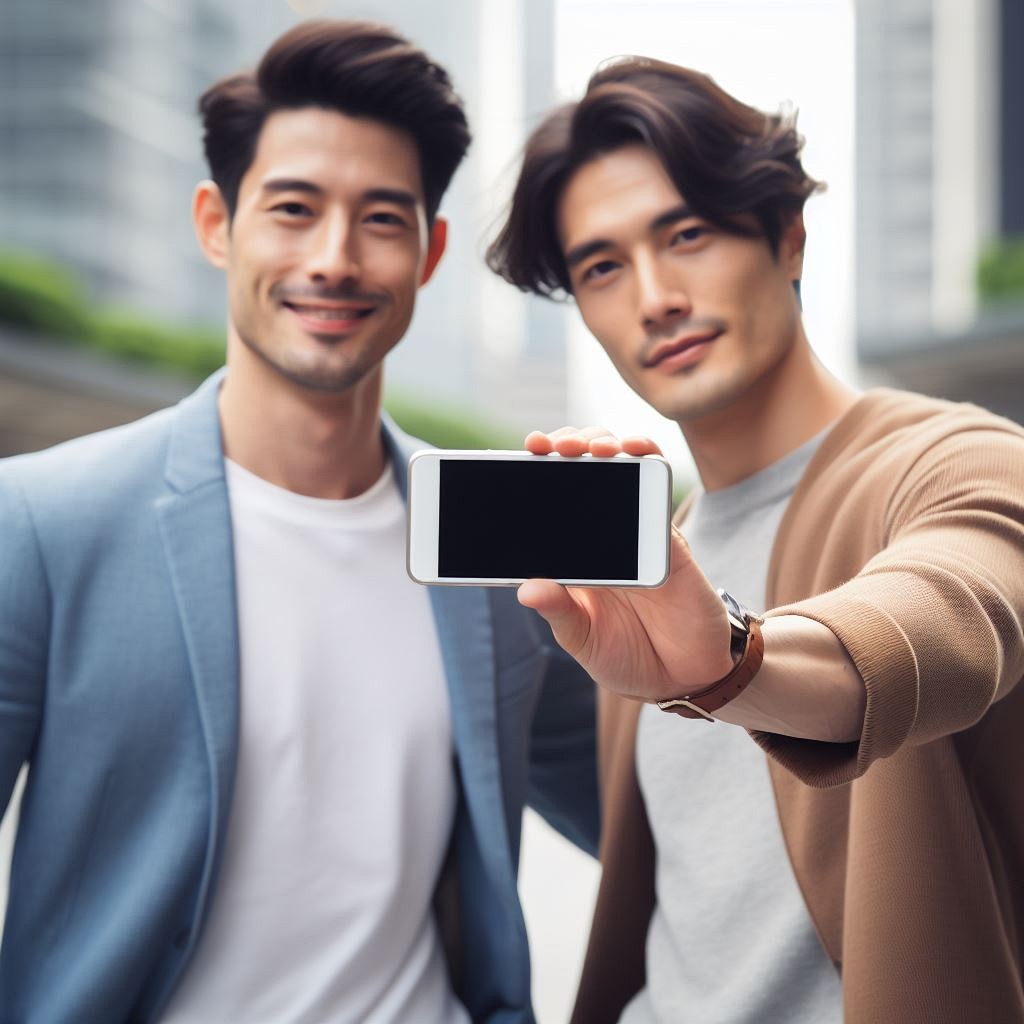


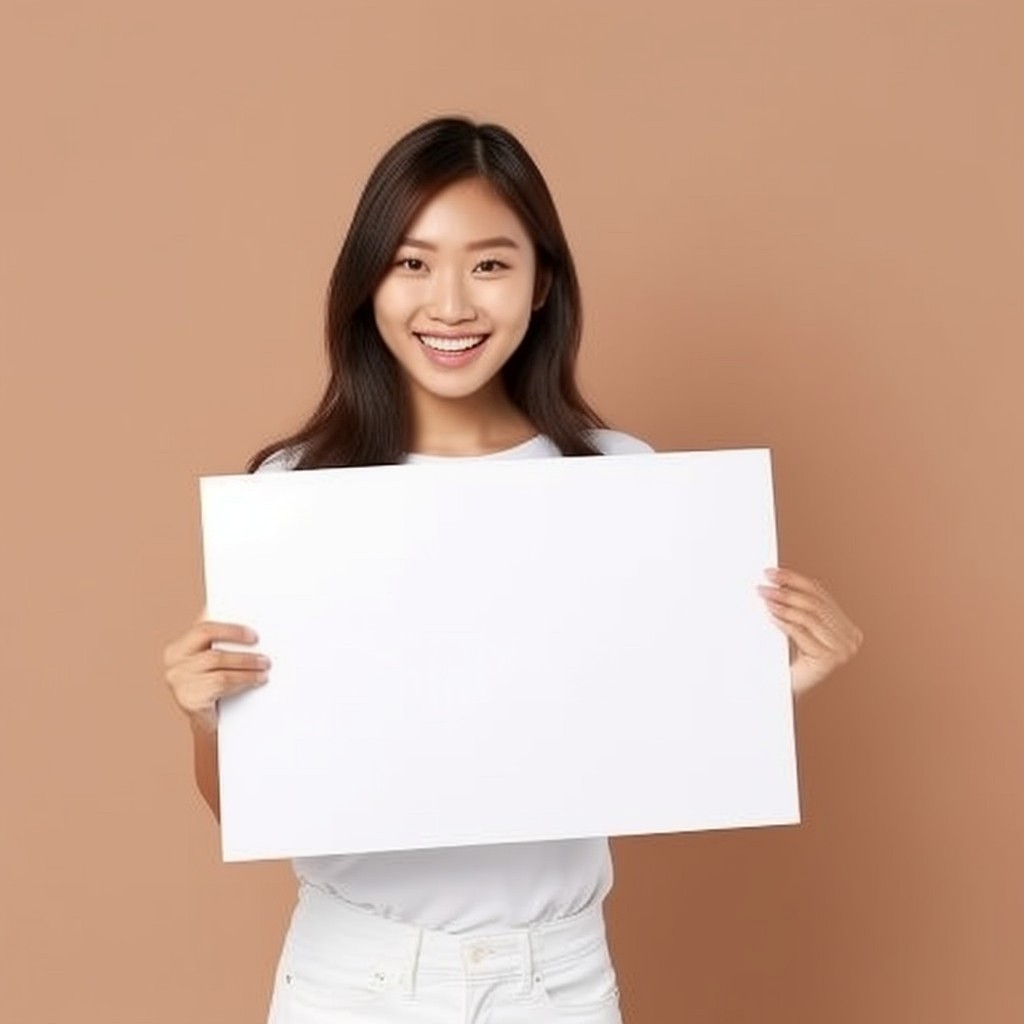
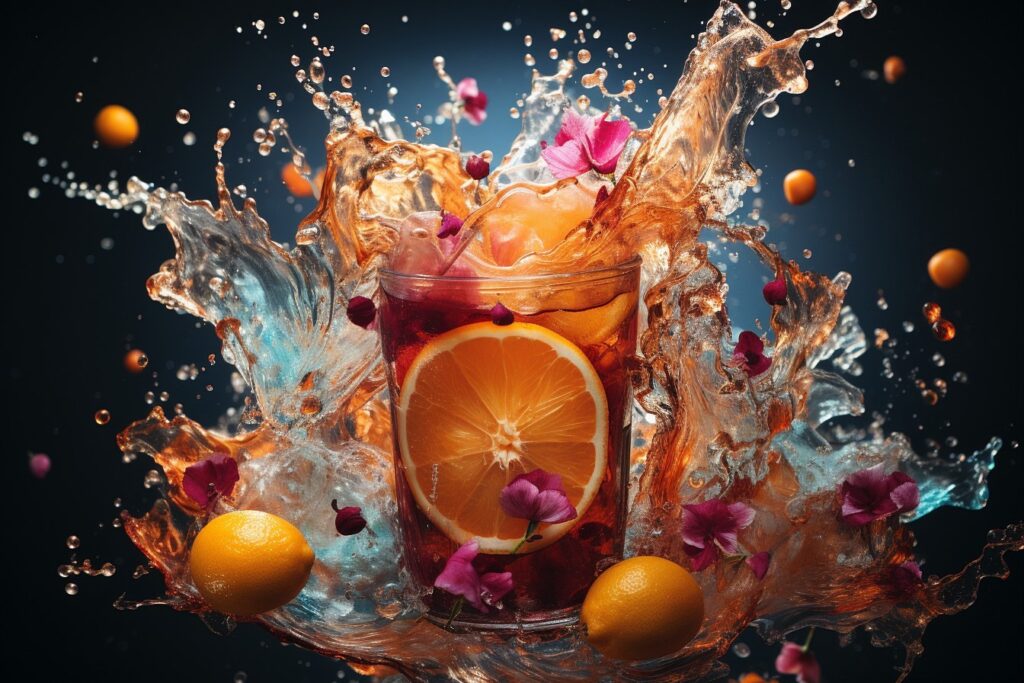


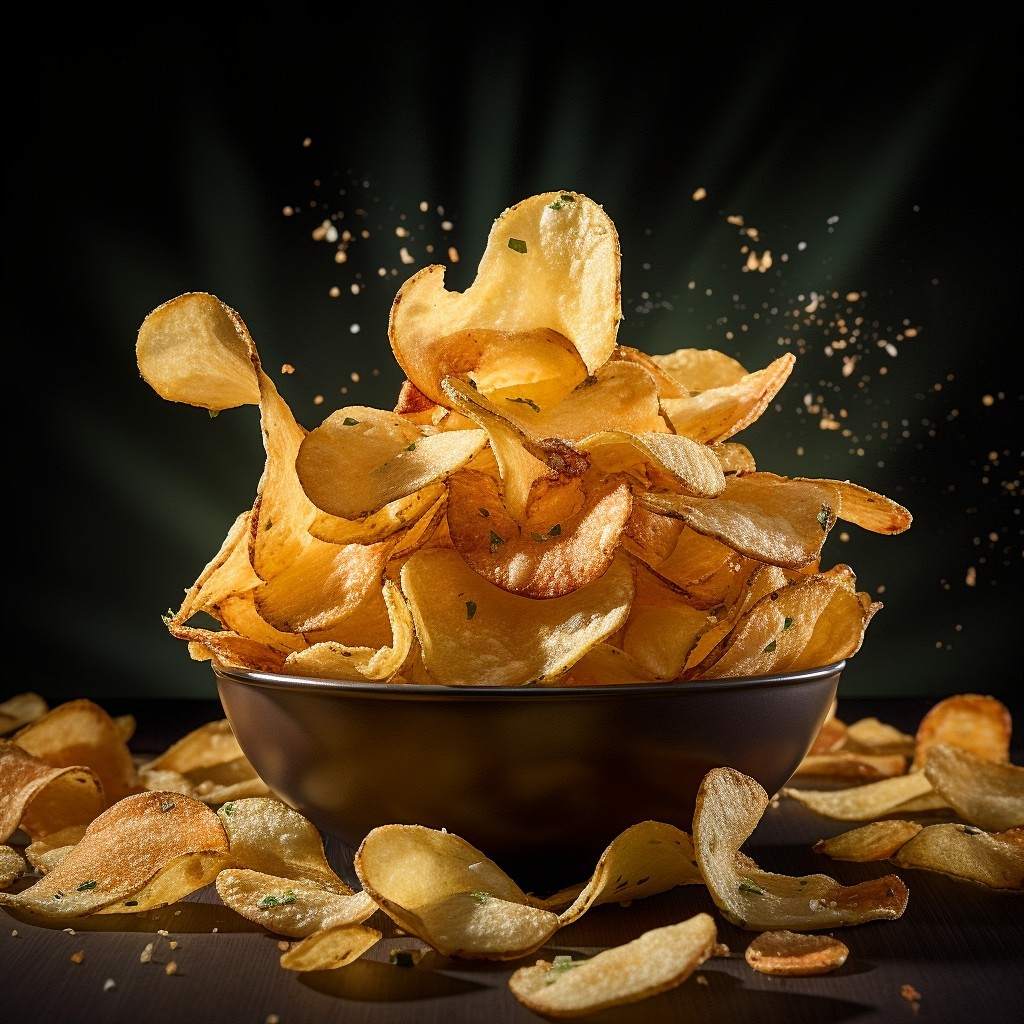
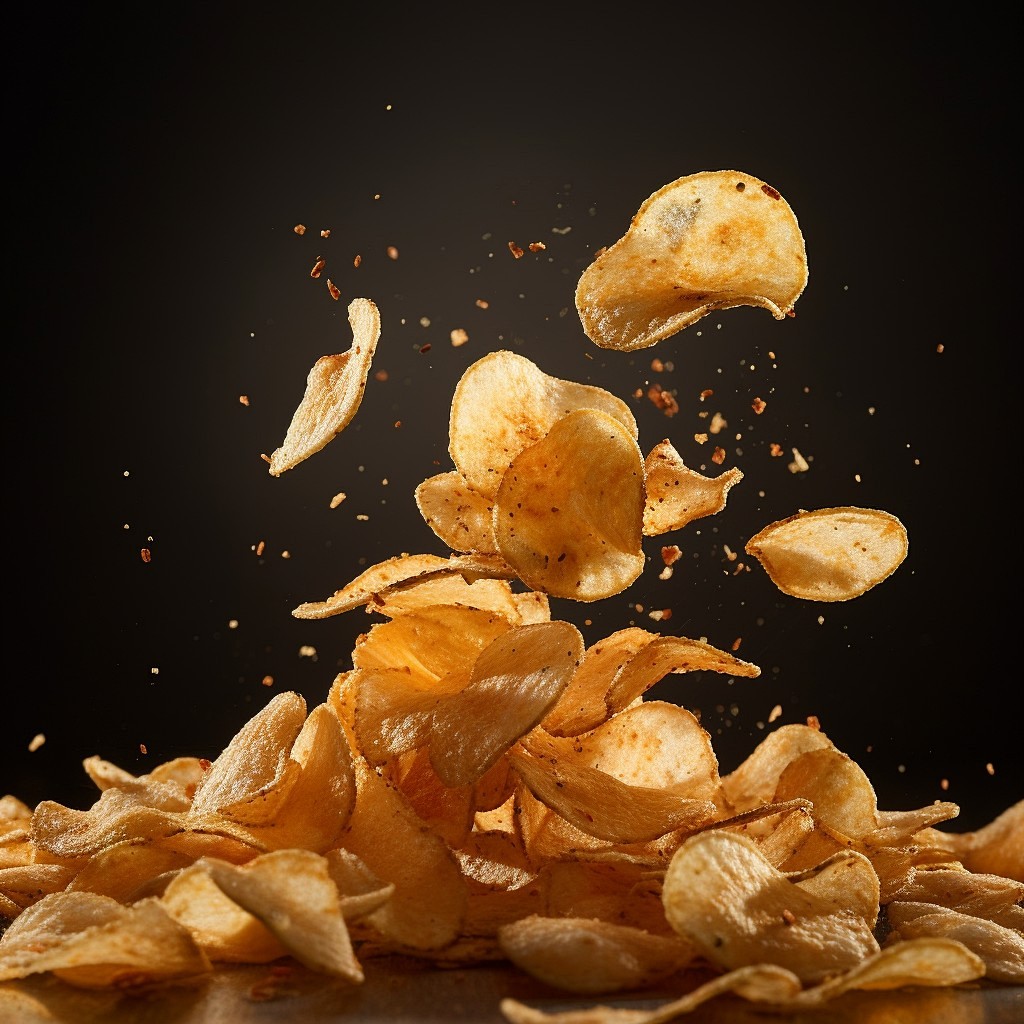
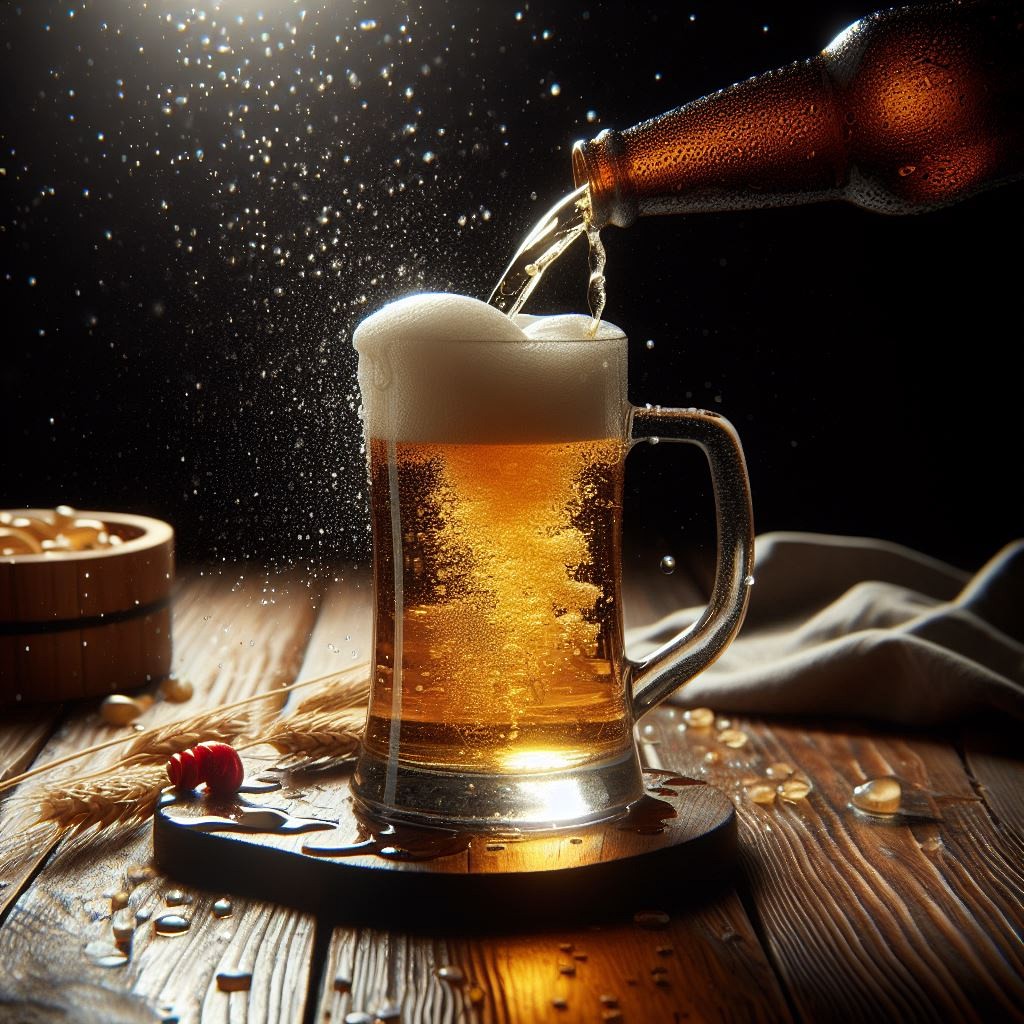
Concept Visualisation




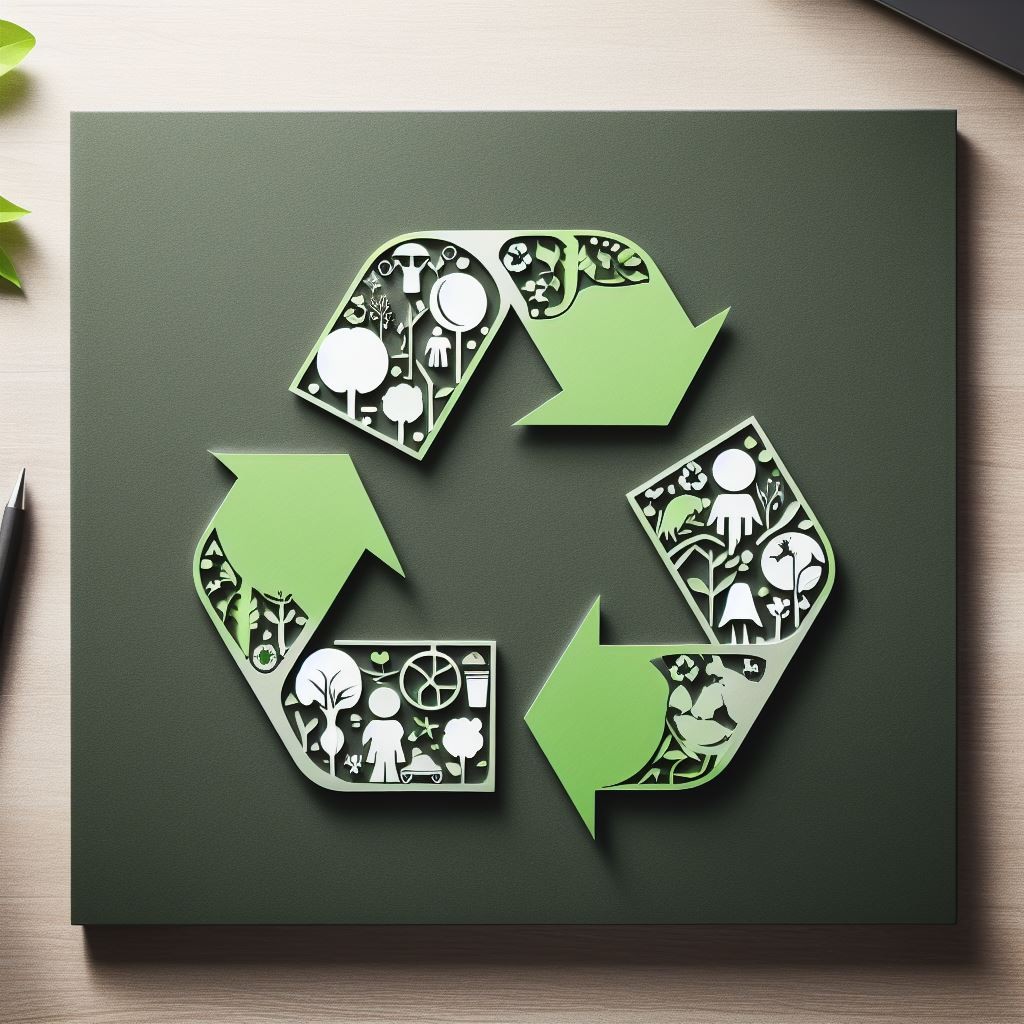
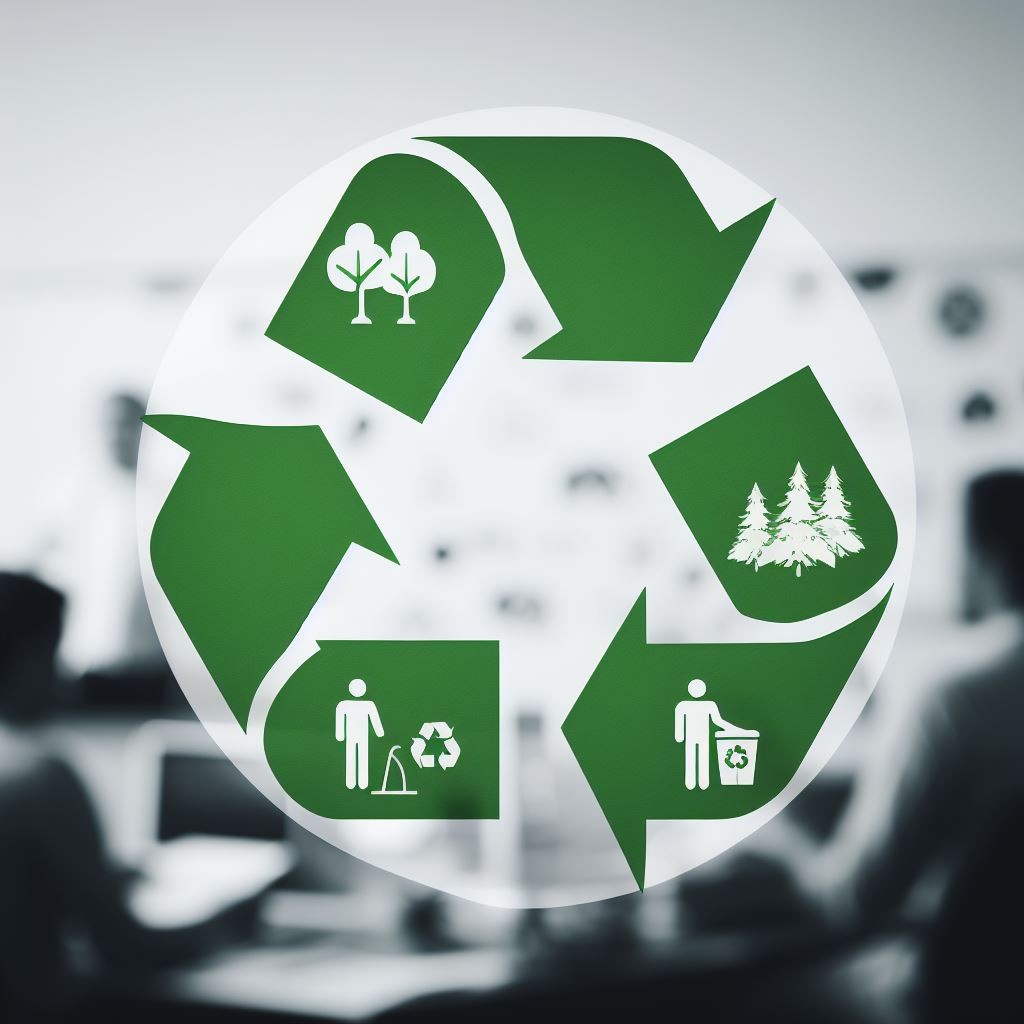
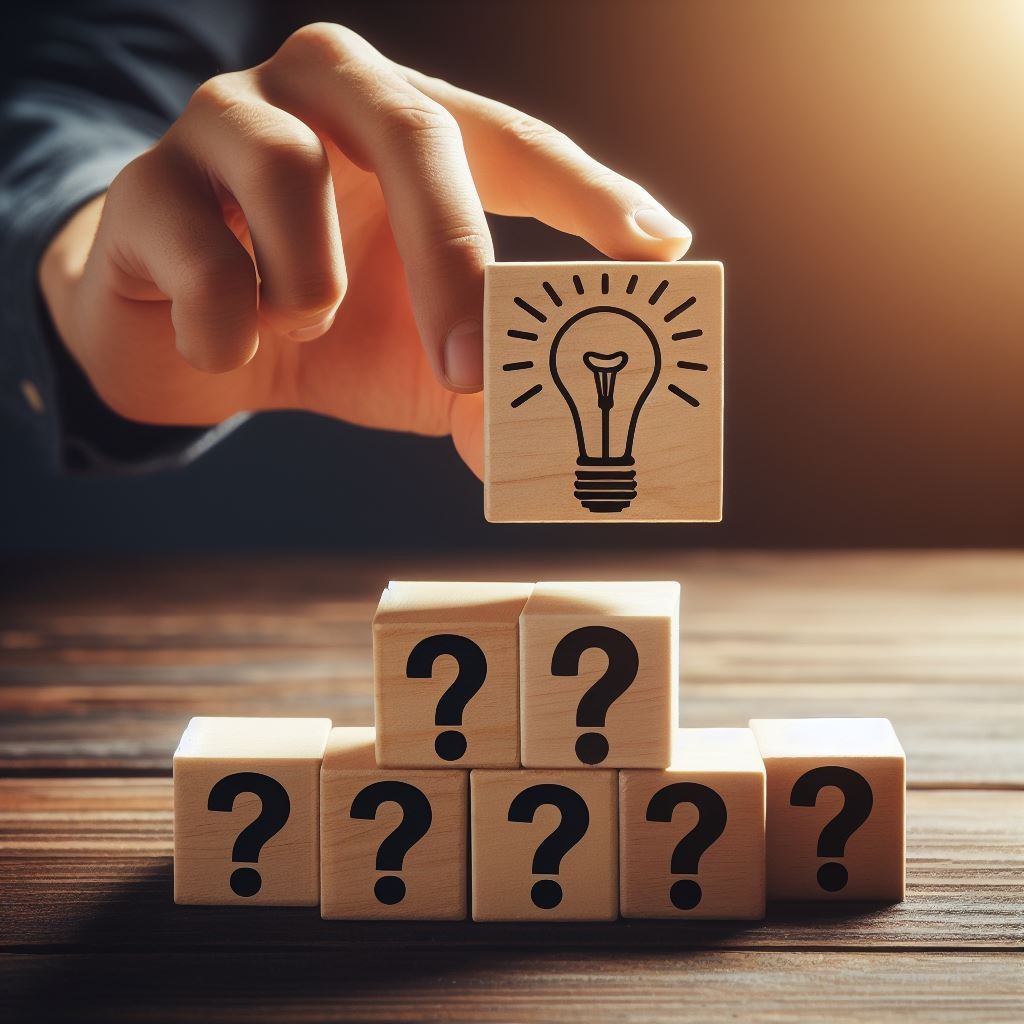



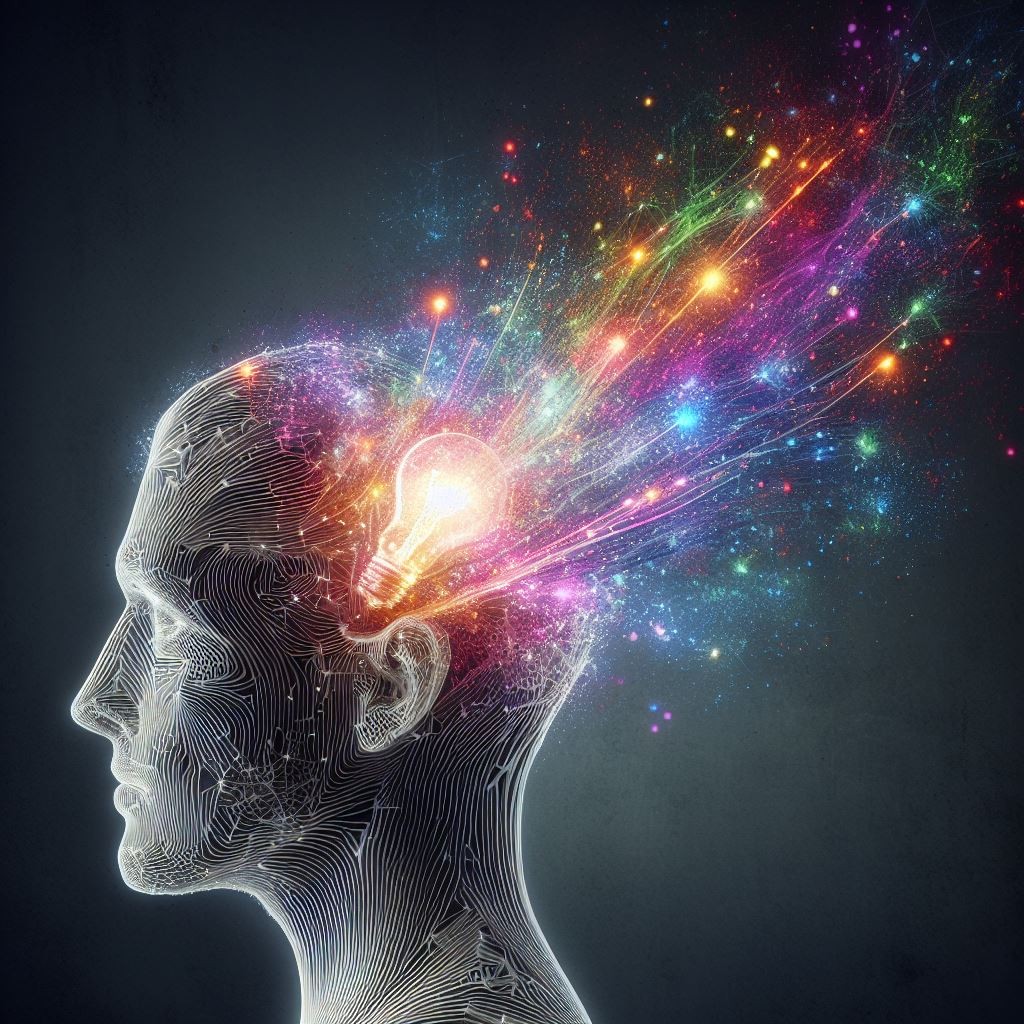
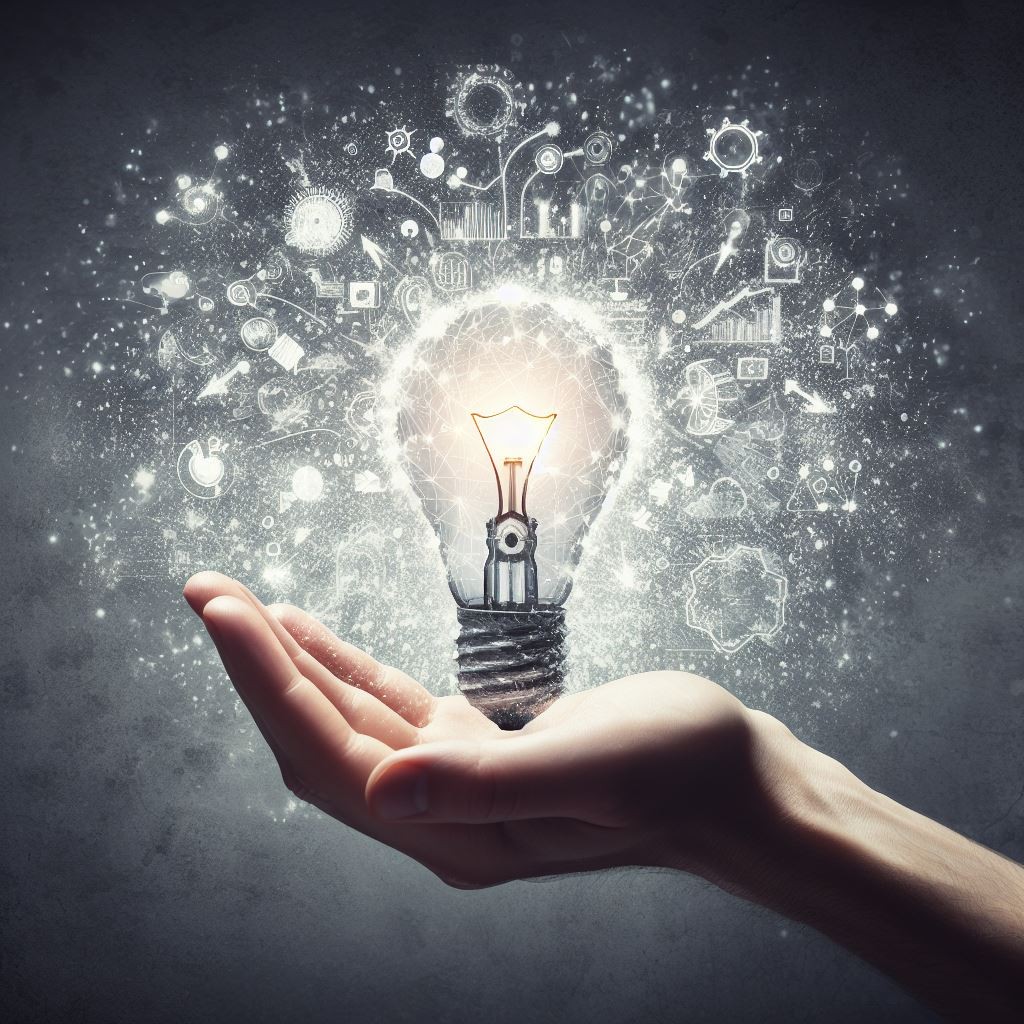

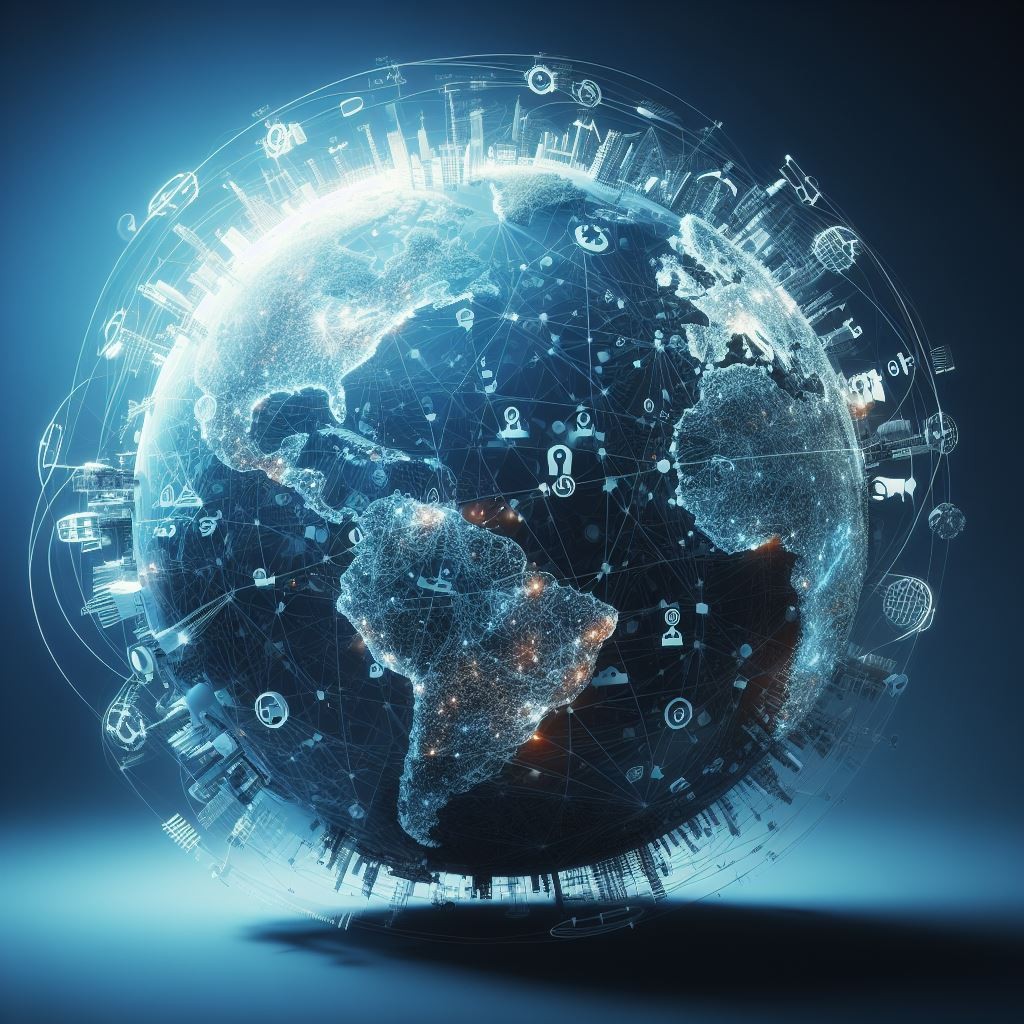
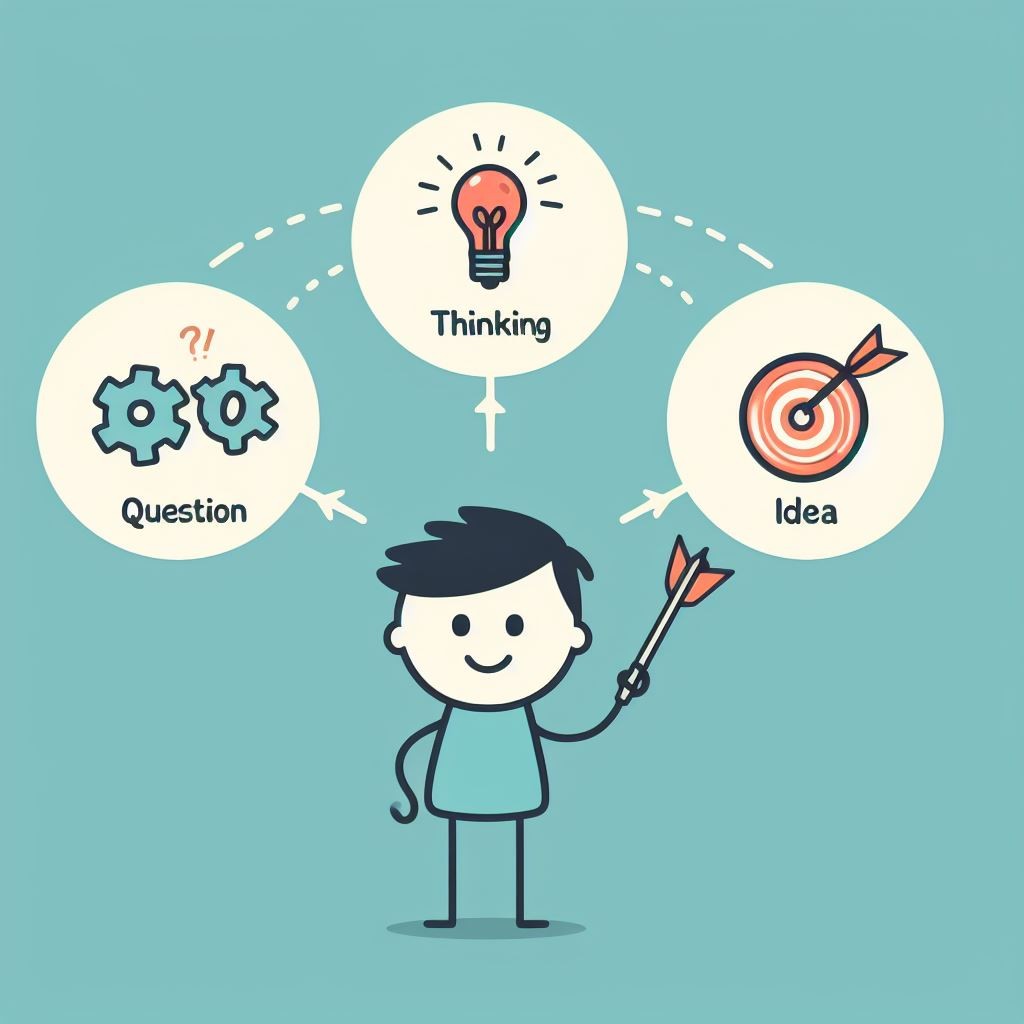
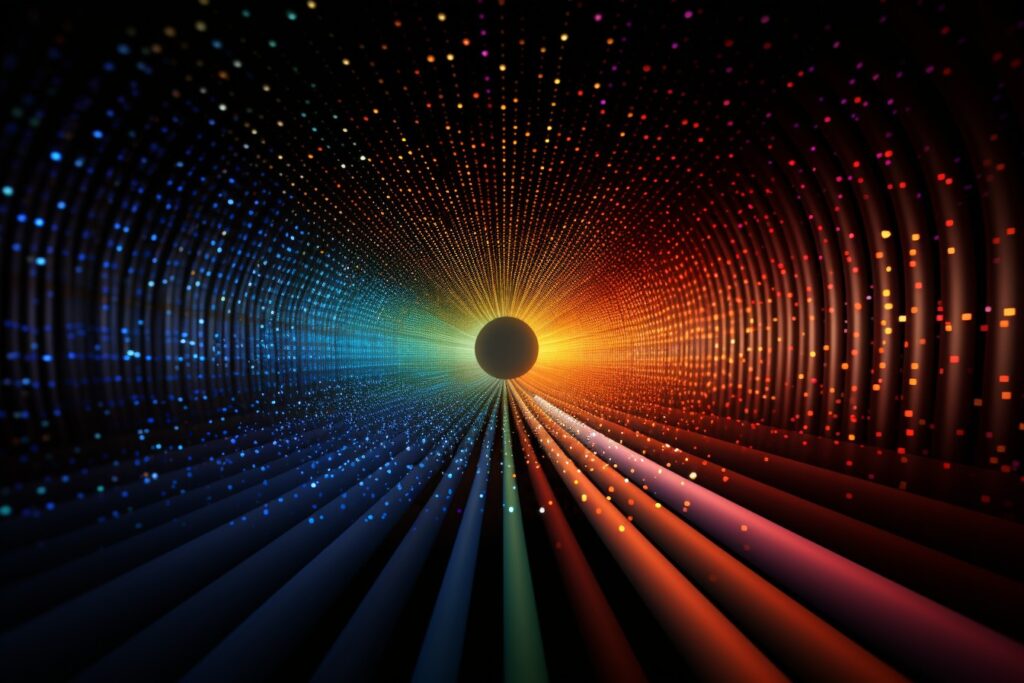
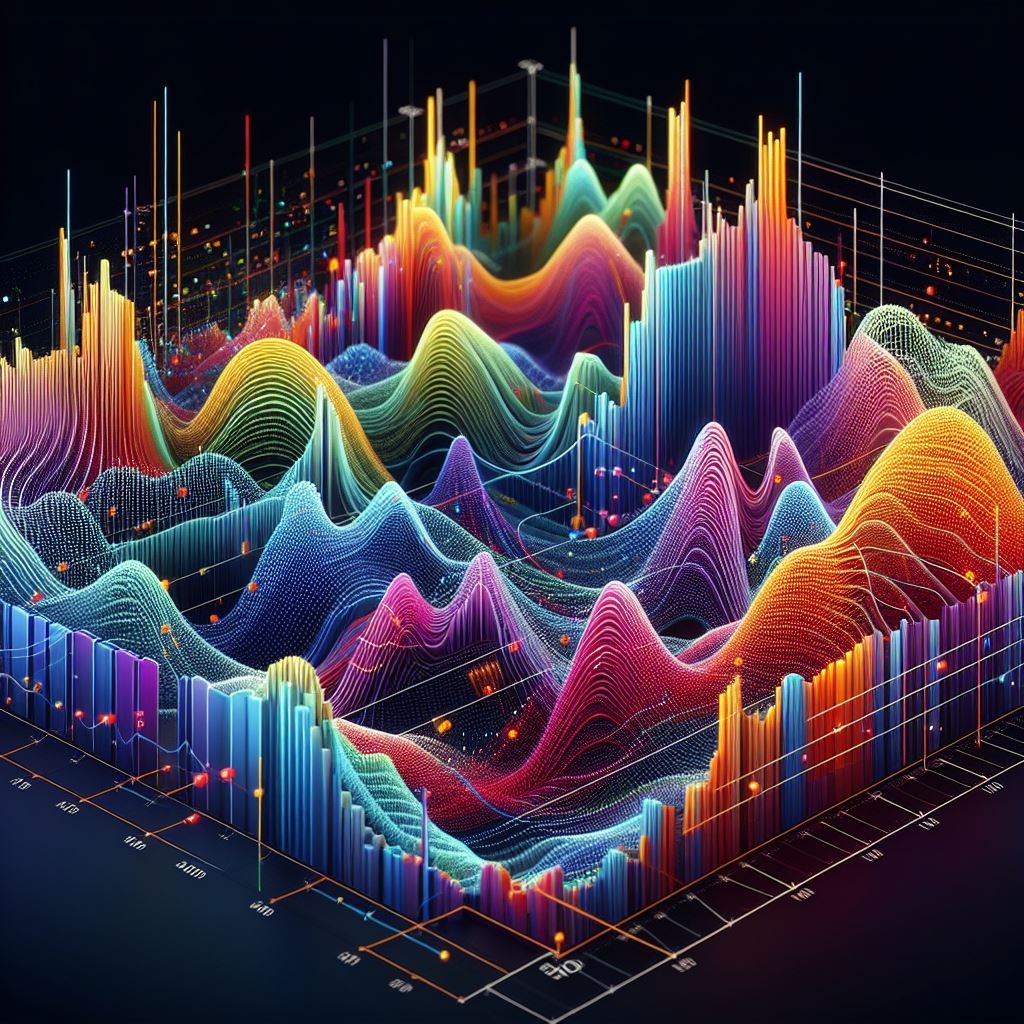
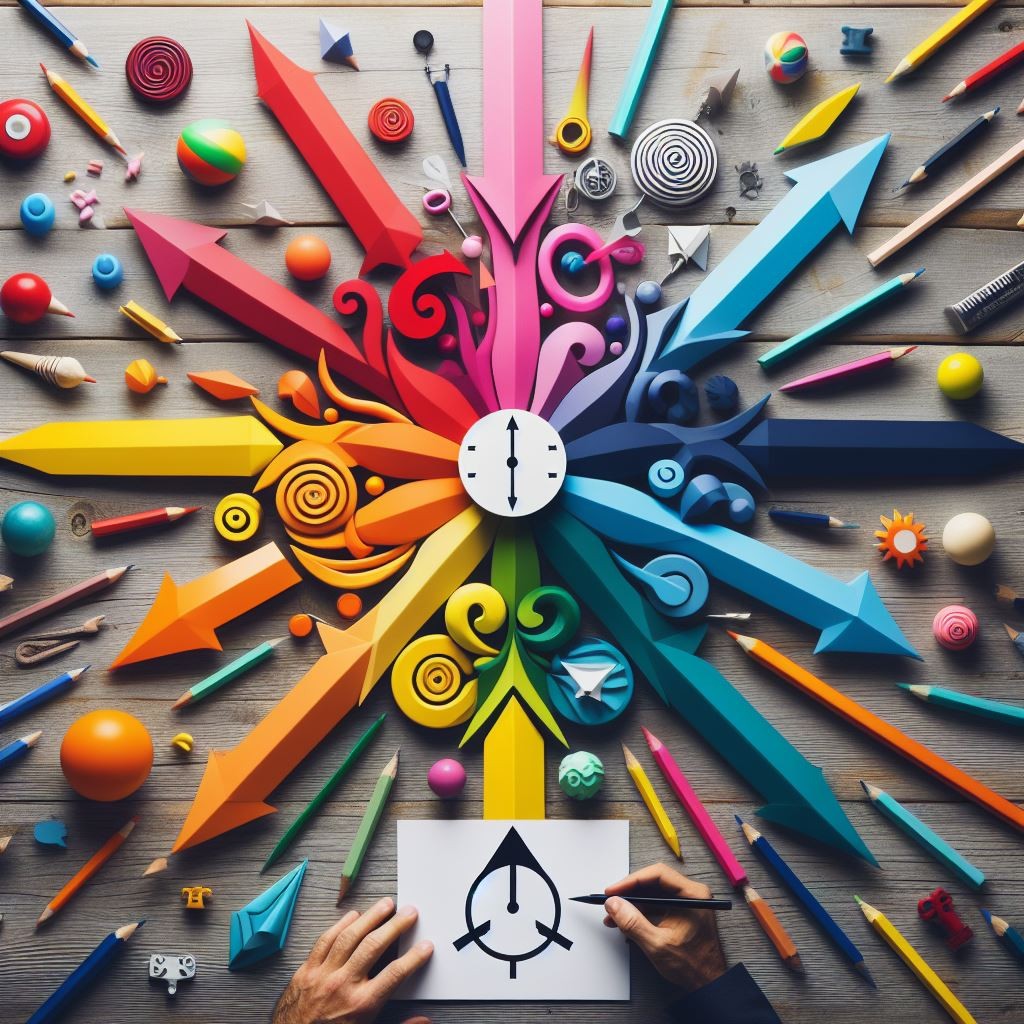
Fashion


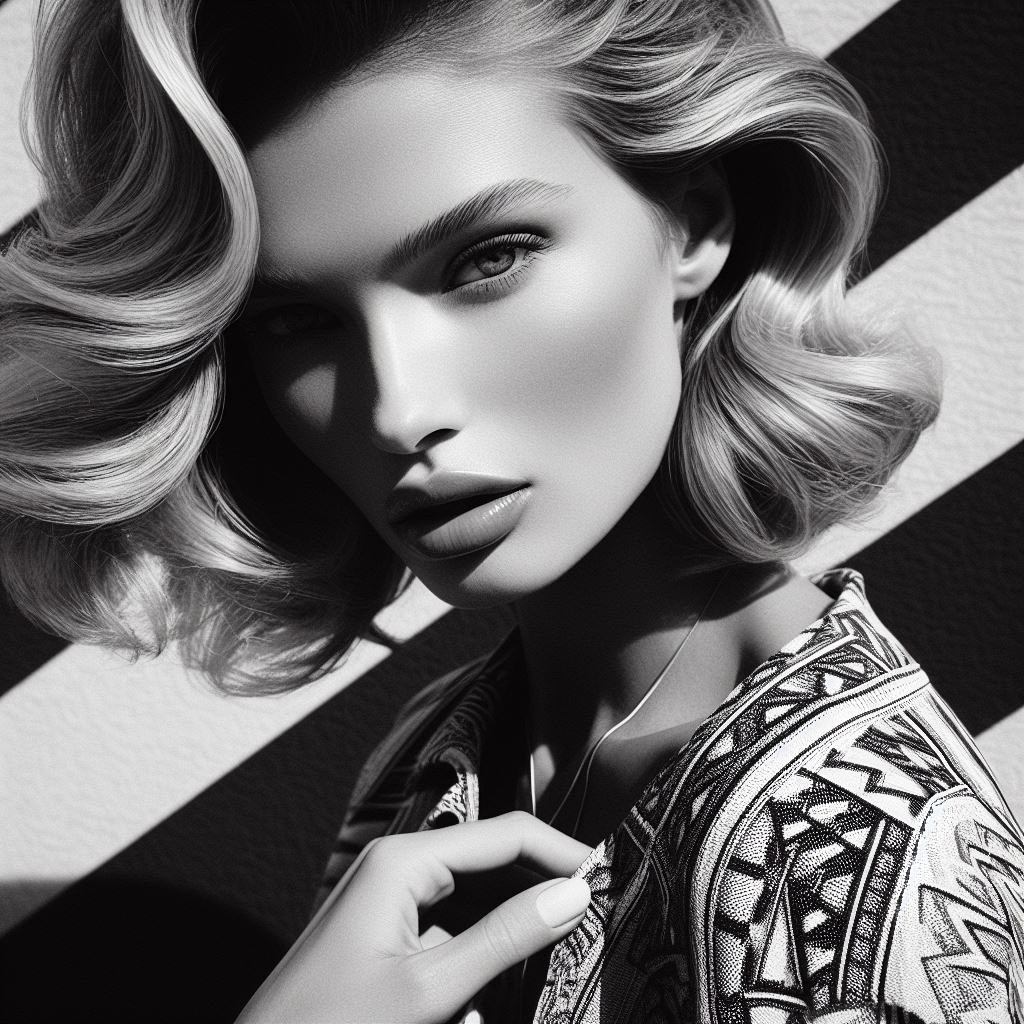
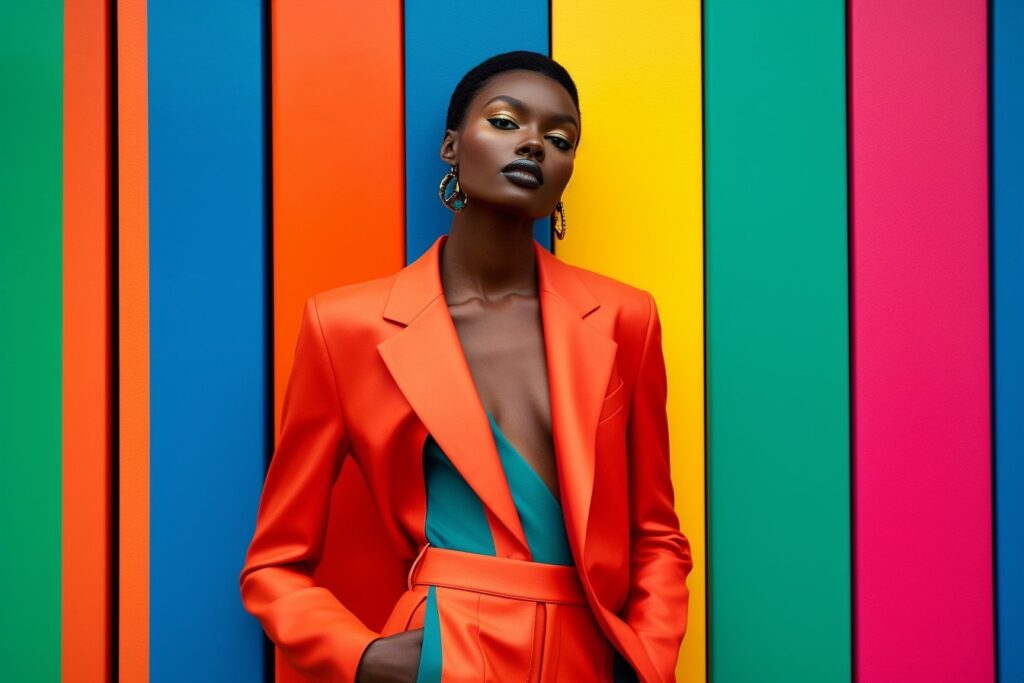

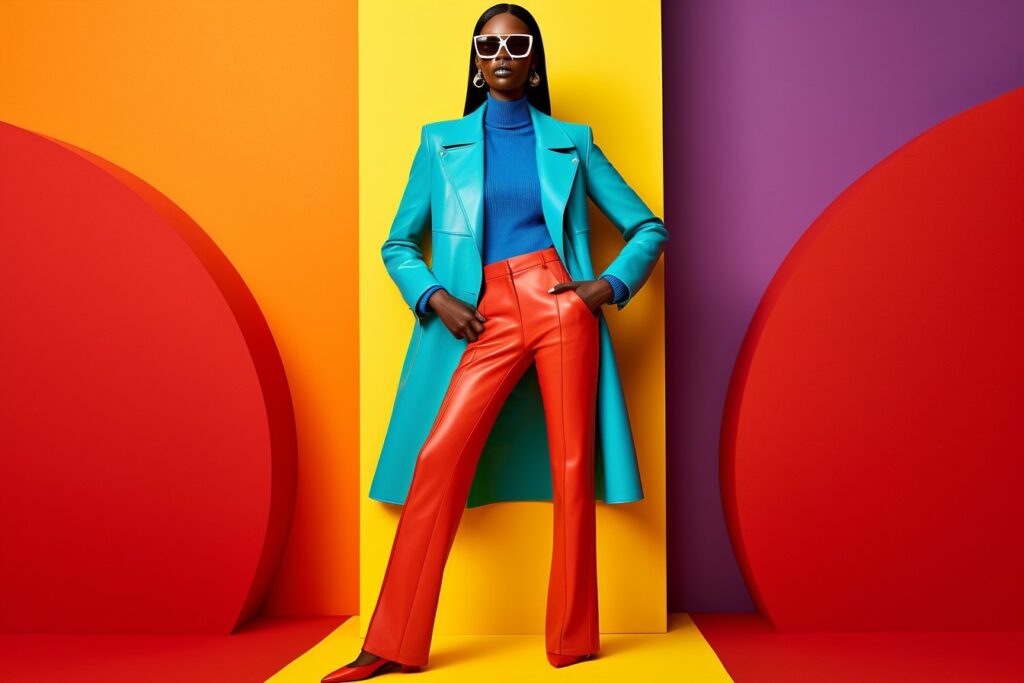
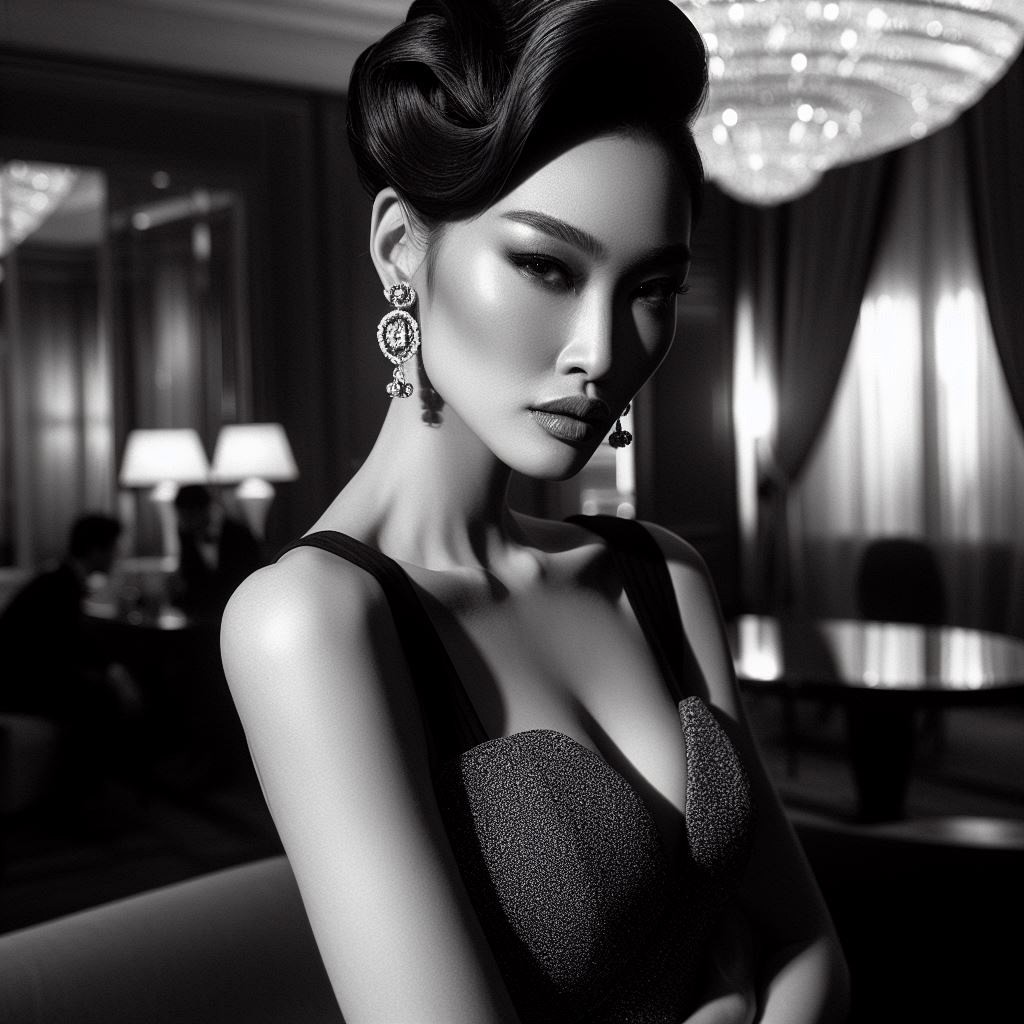
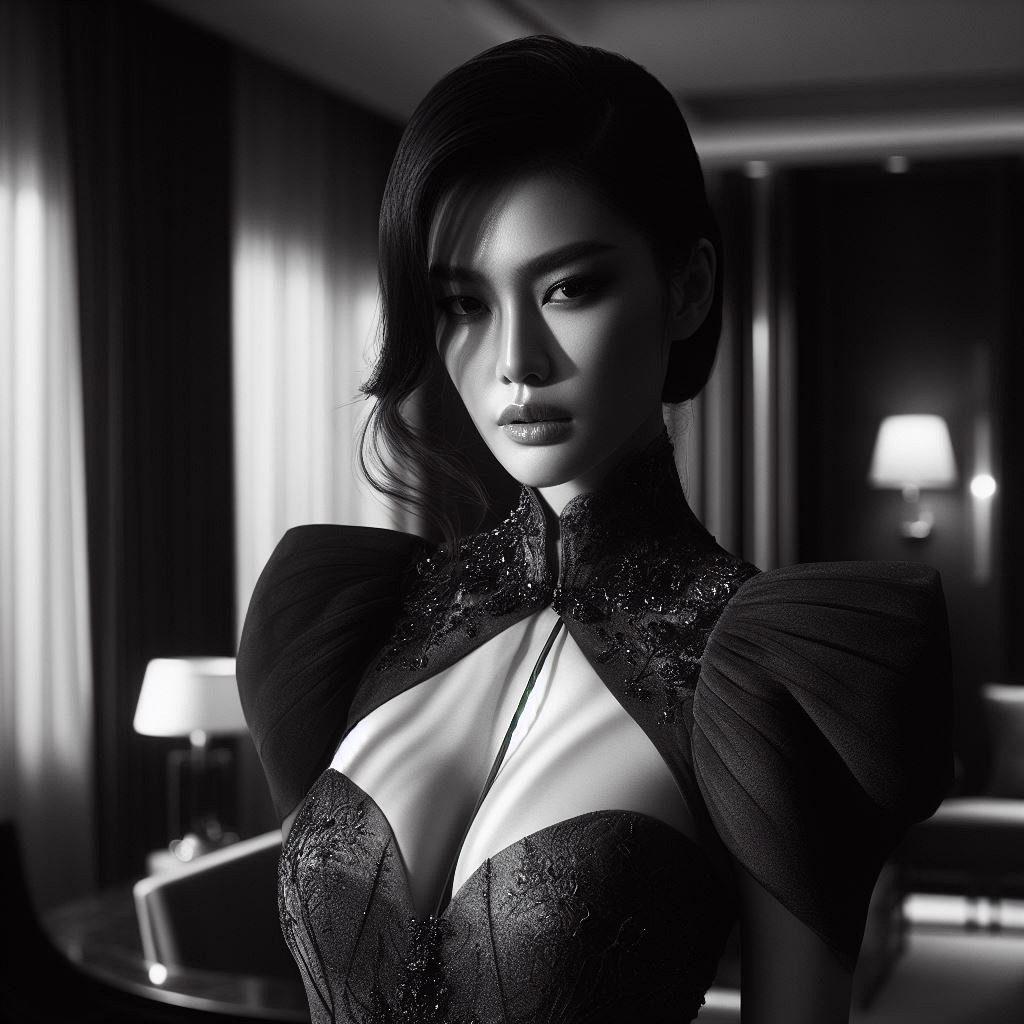
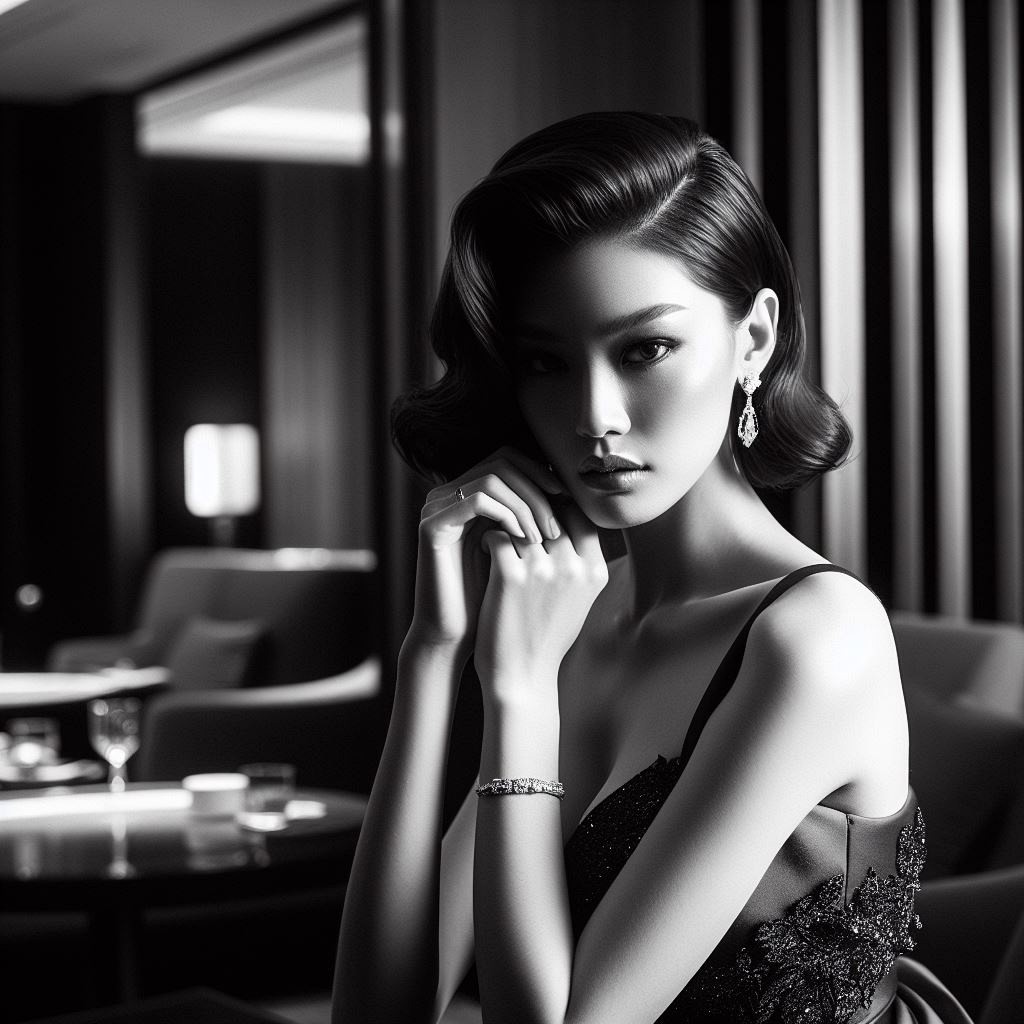
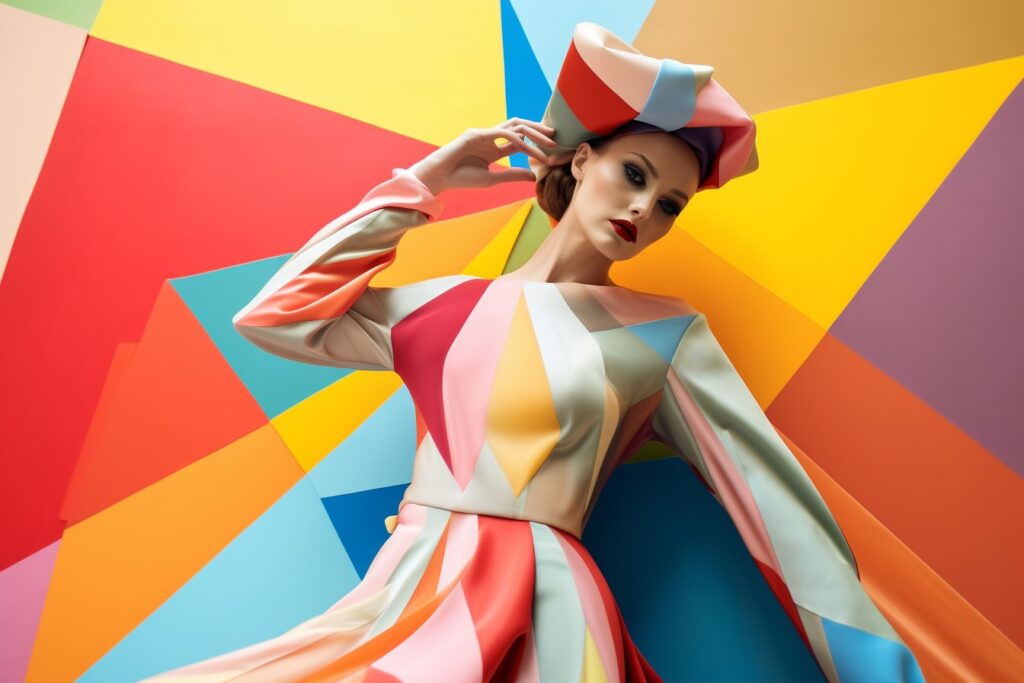
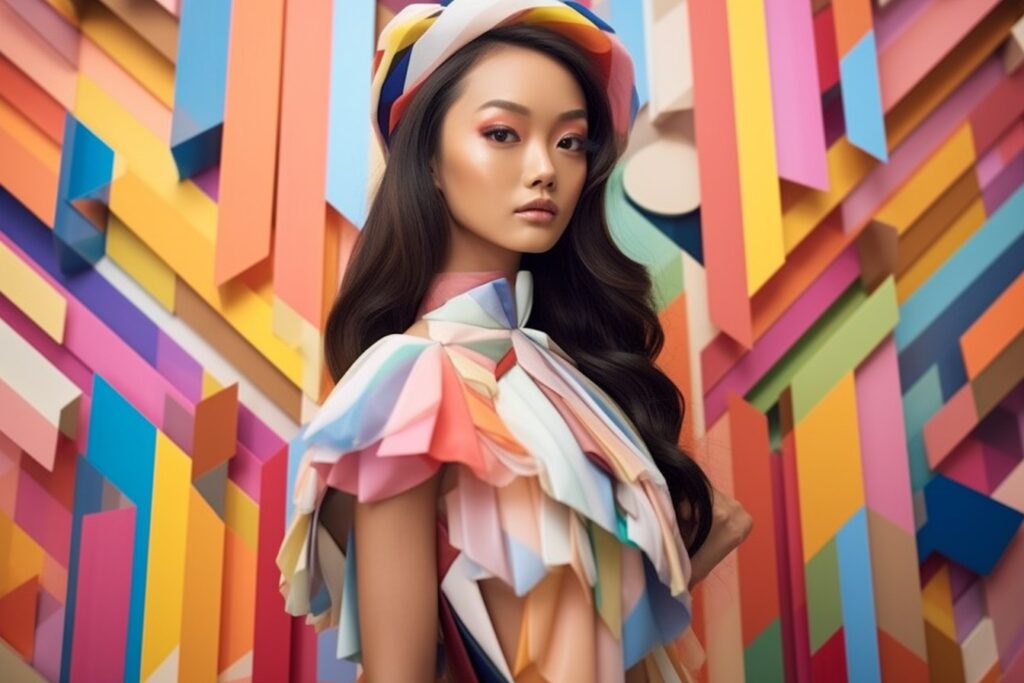
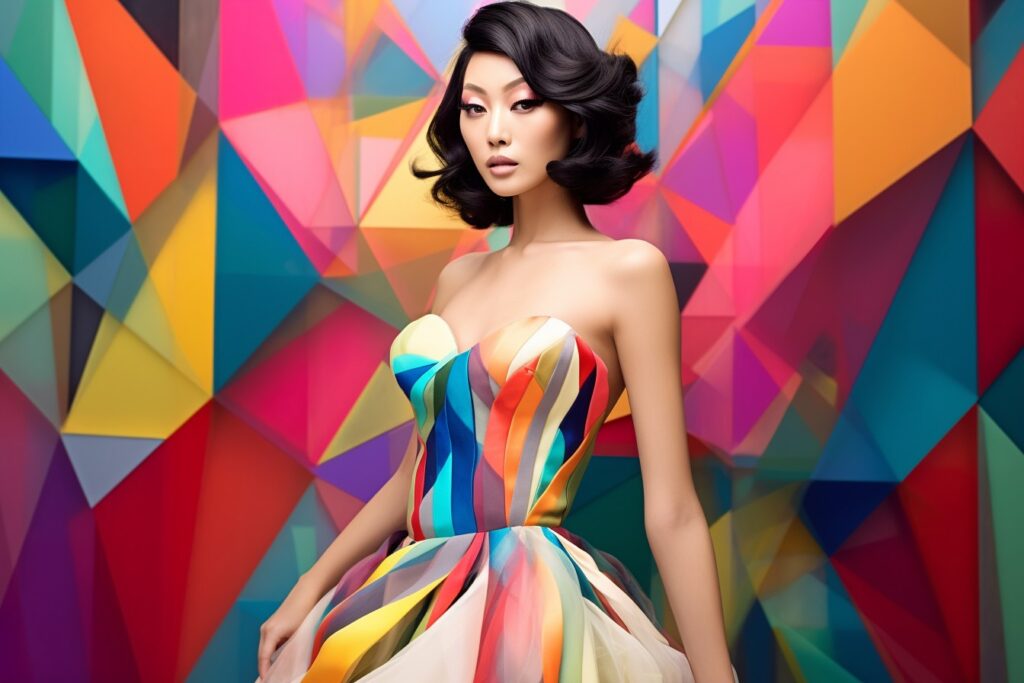



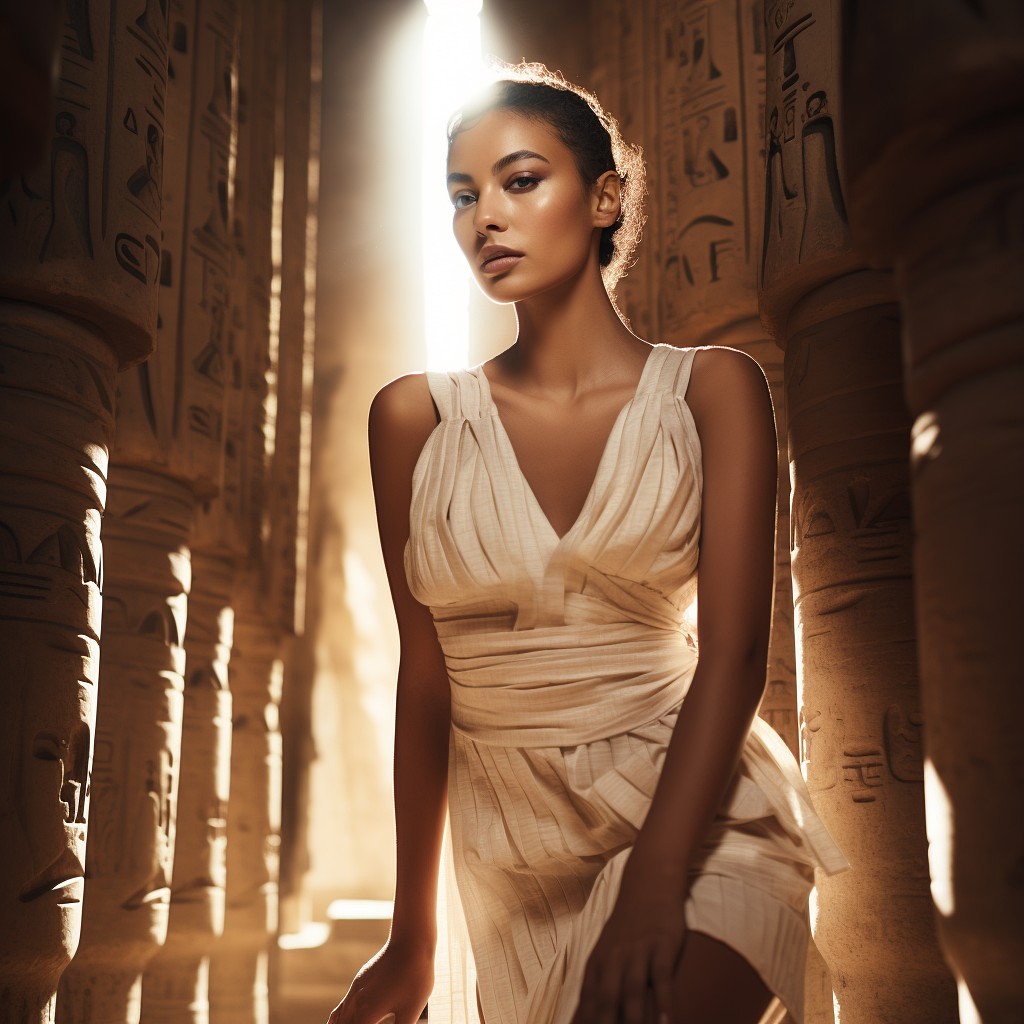
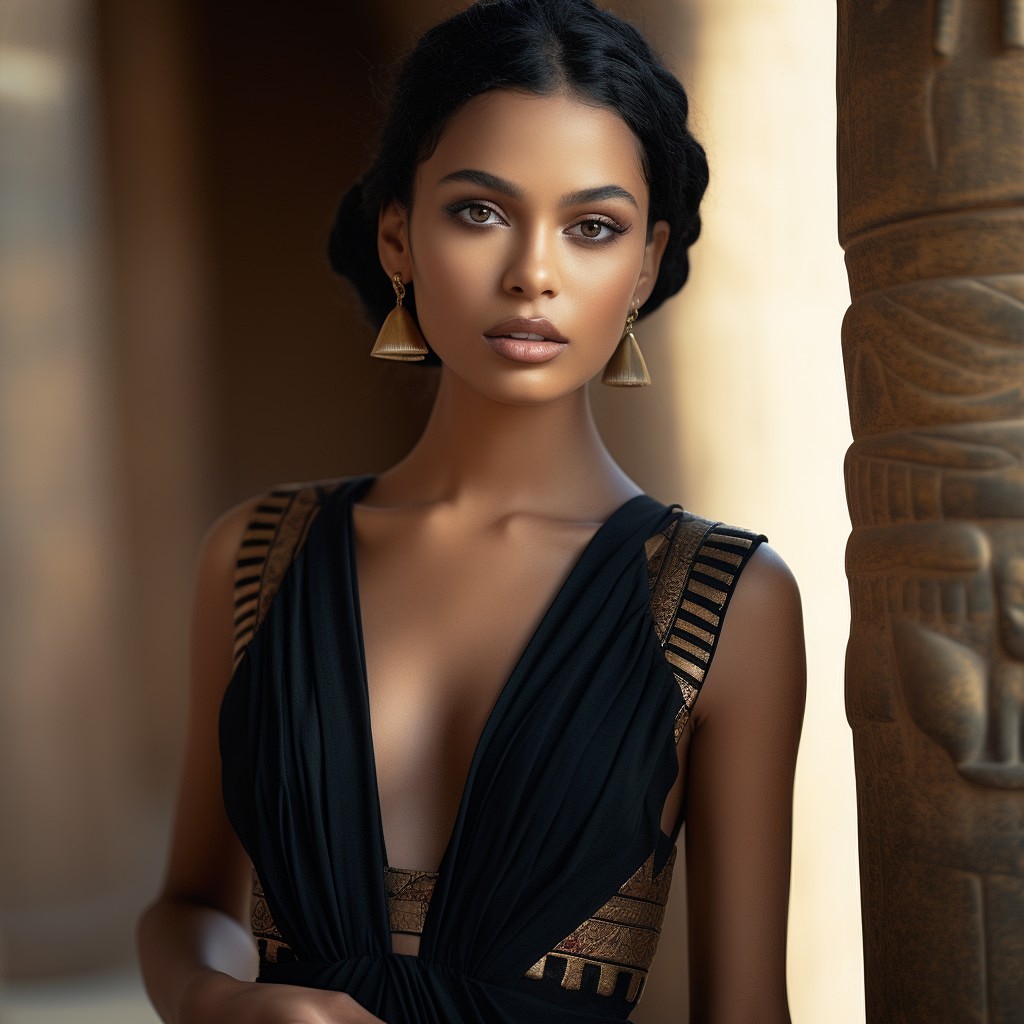
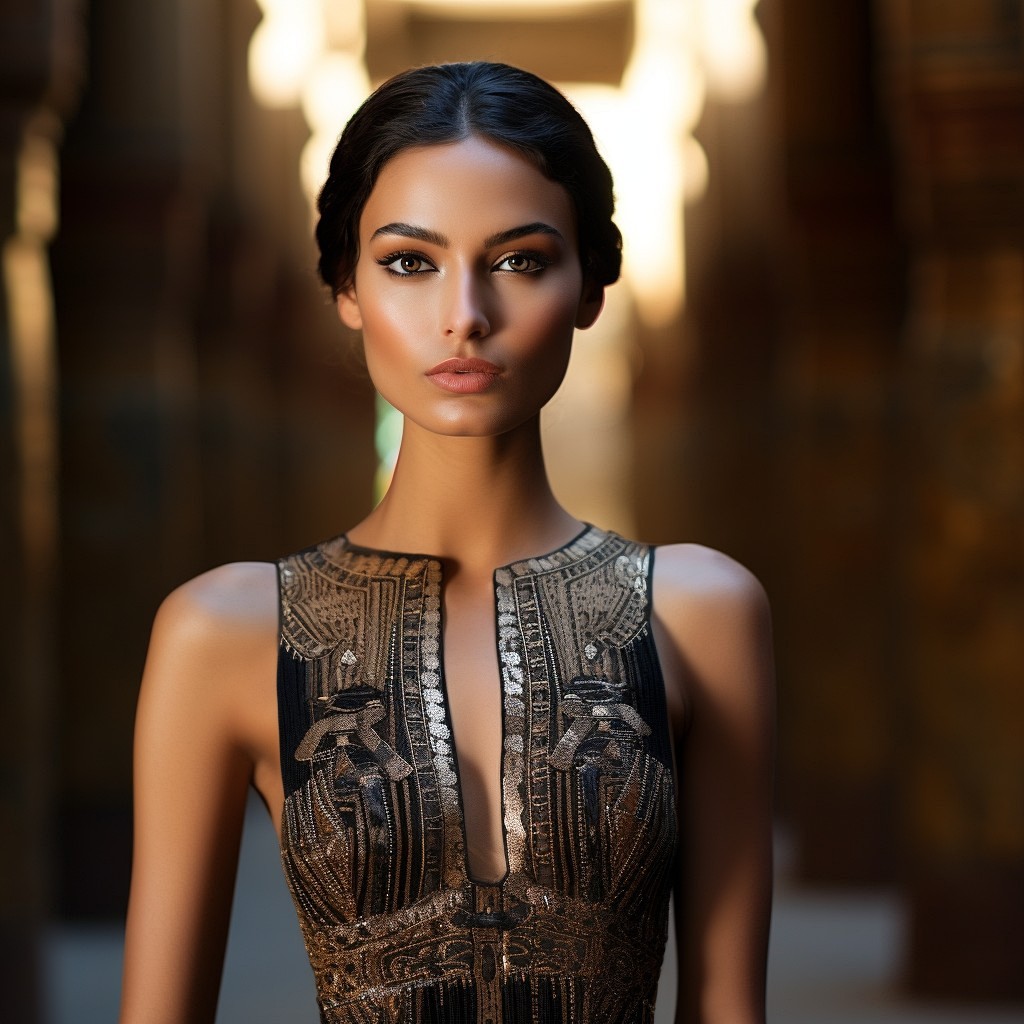




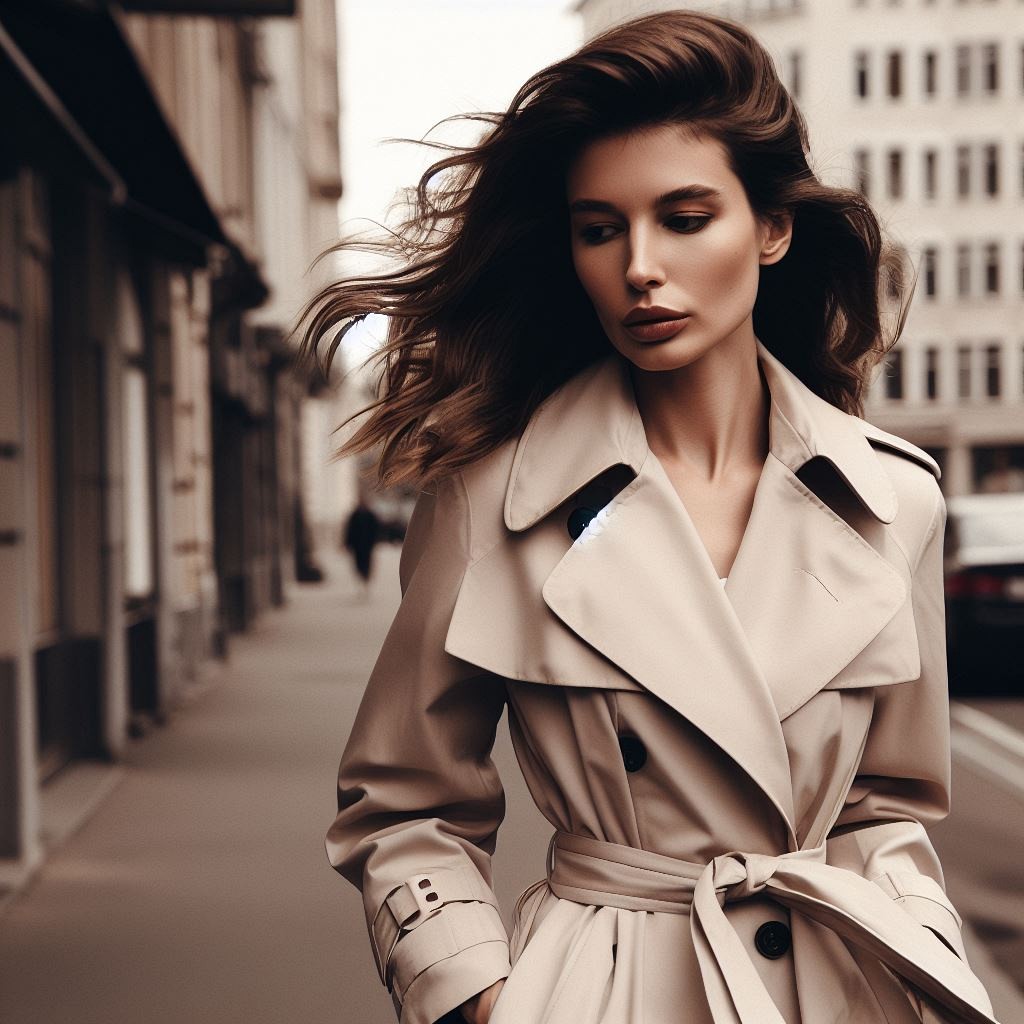
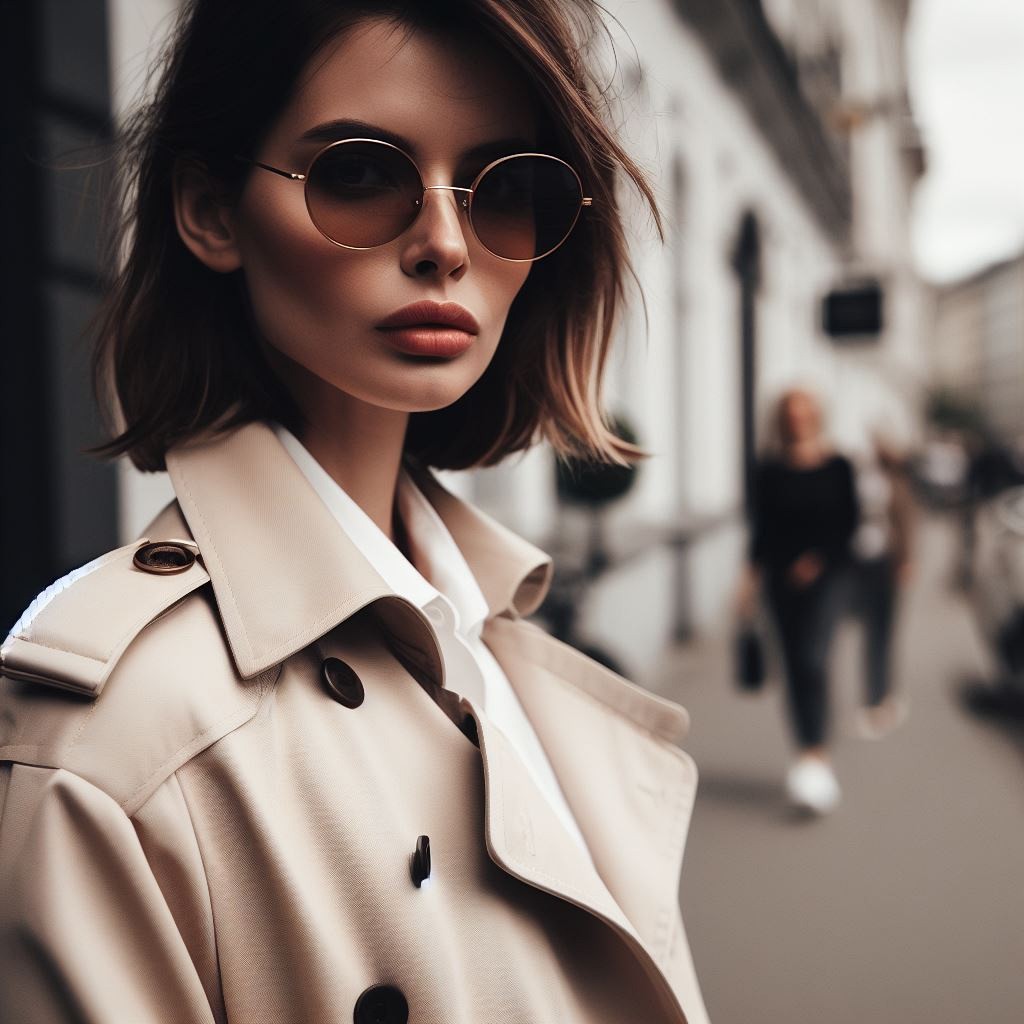
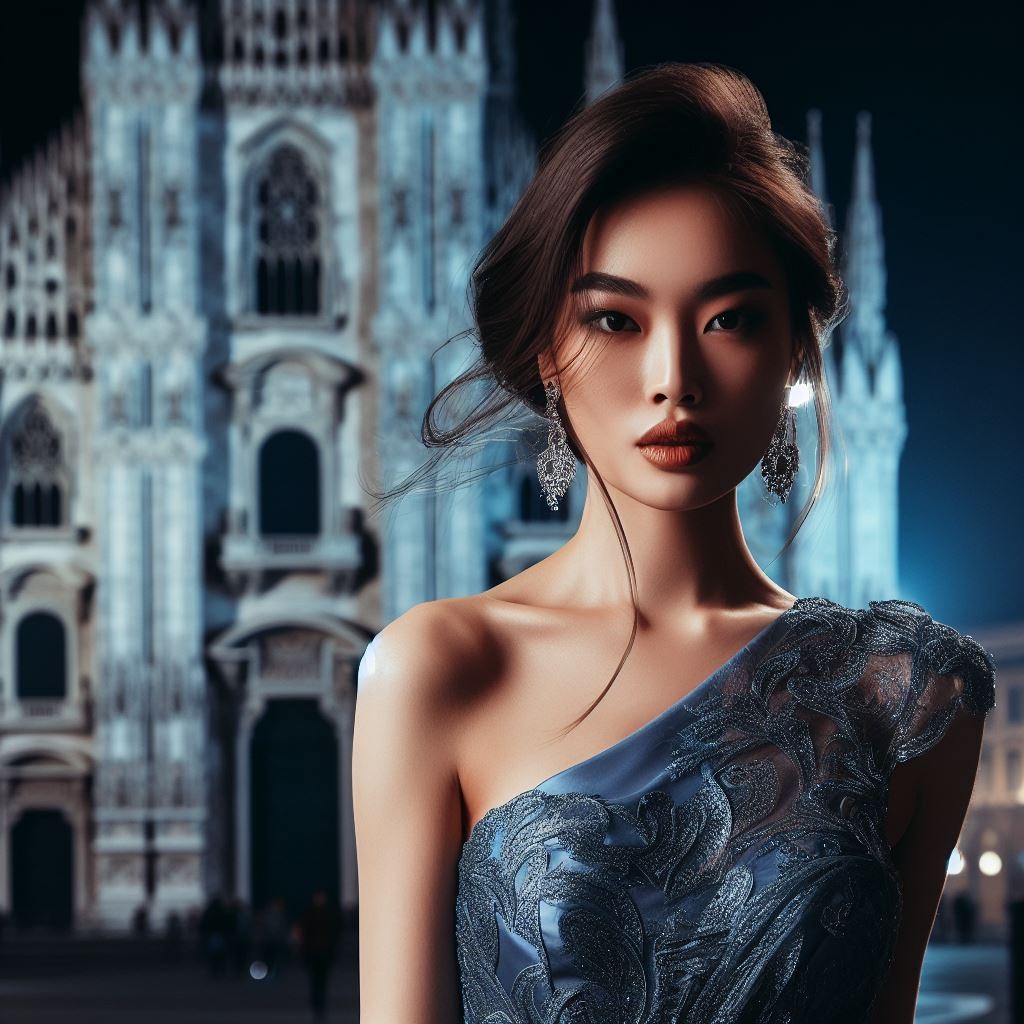
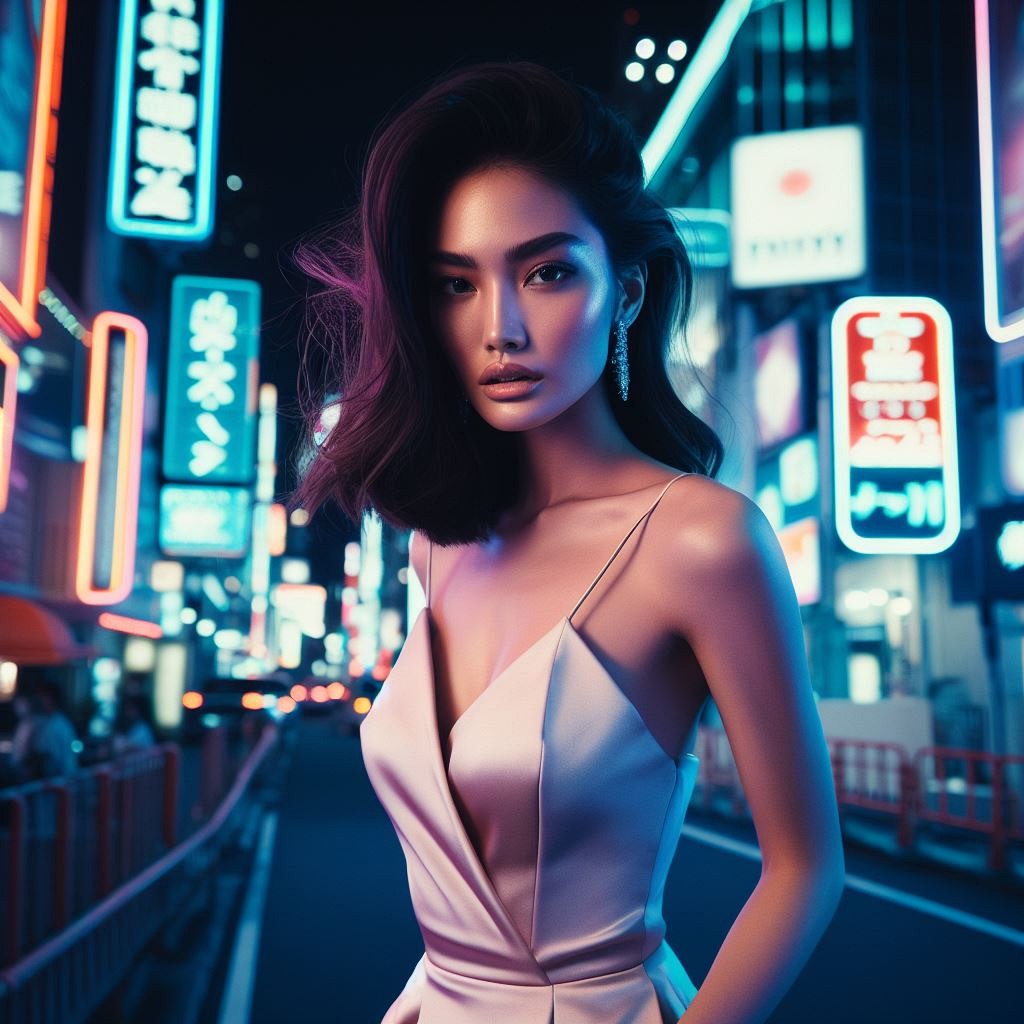

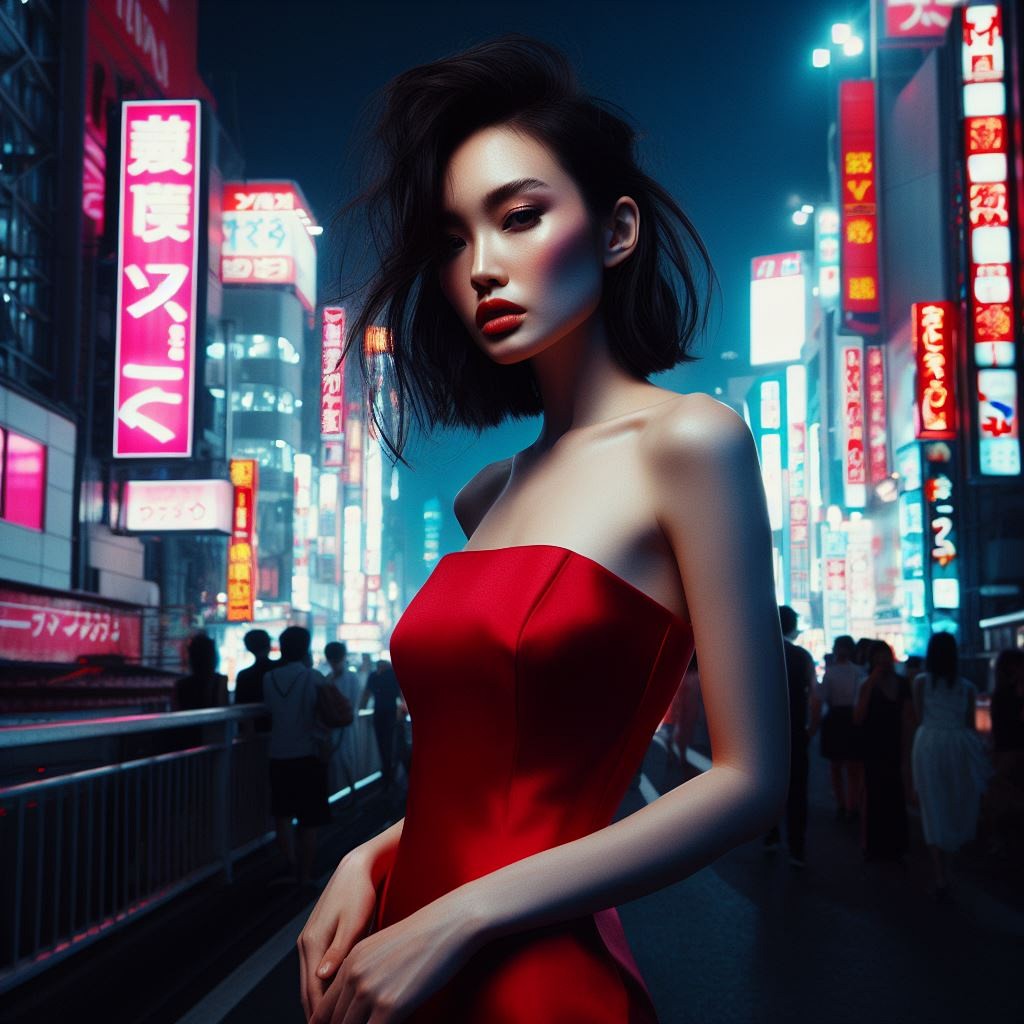


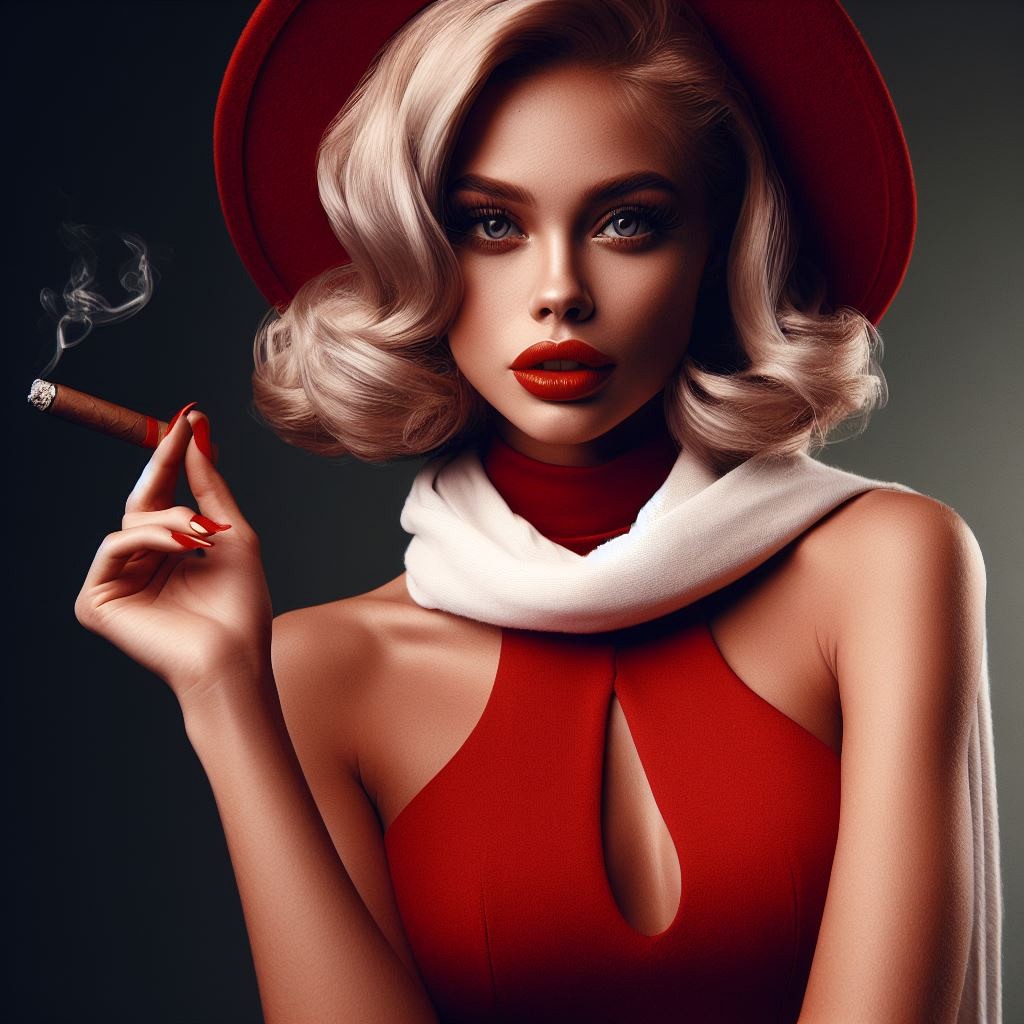
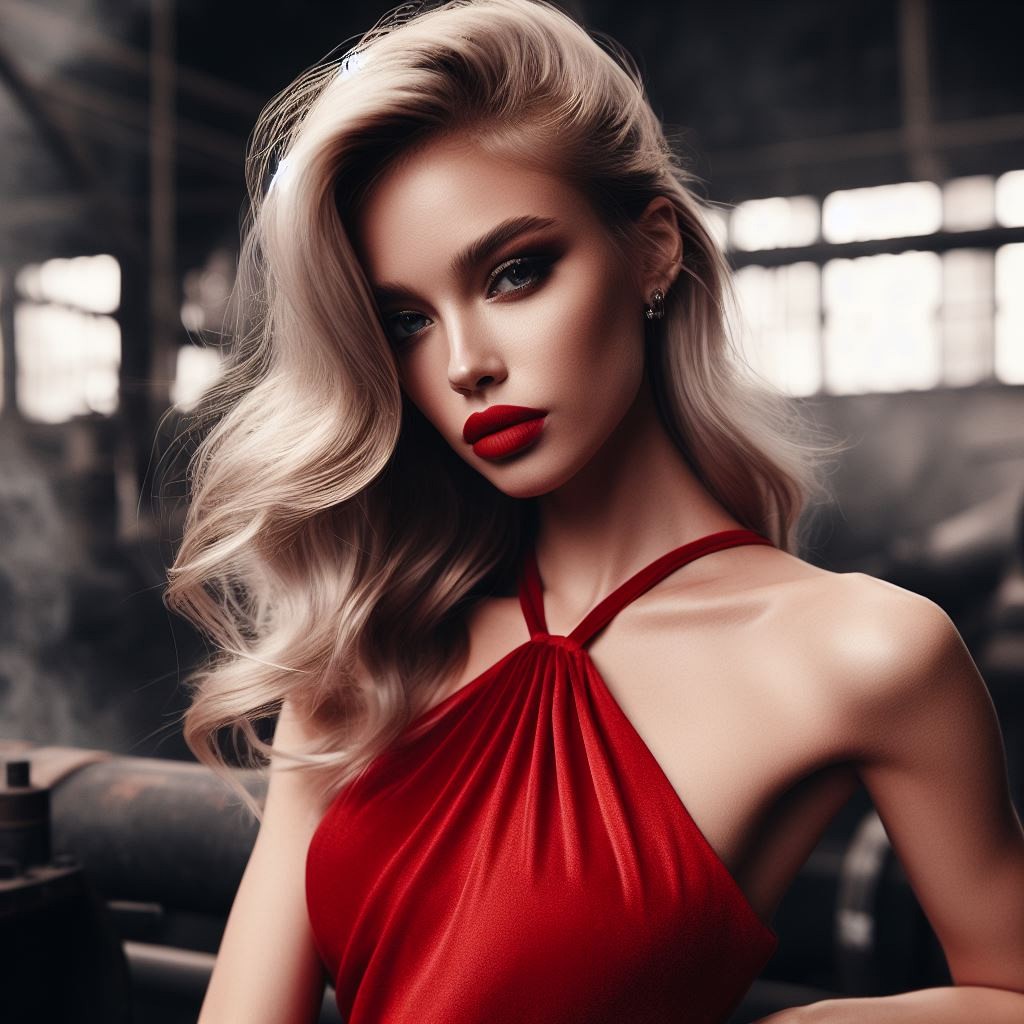
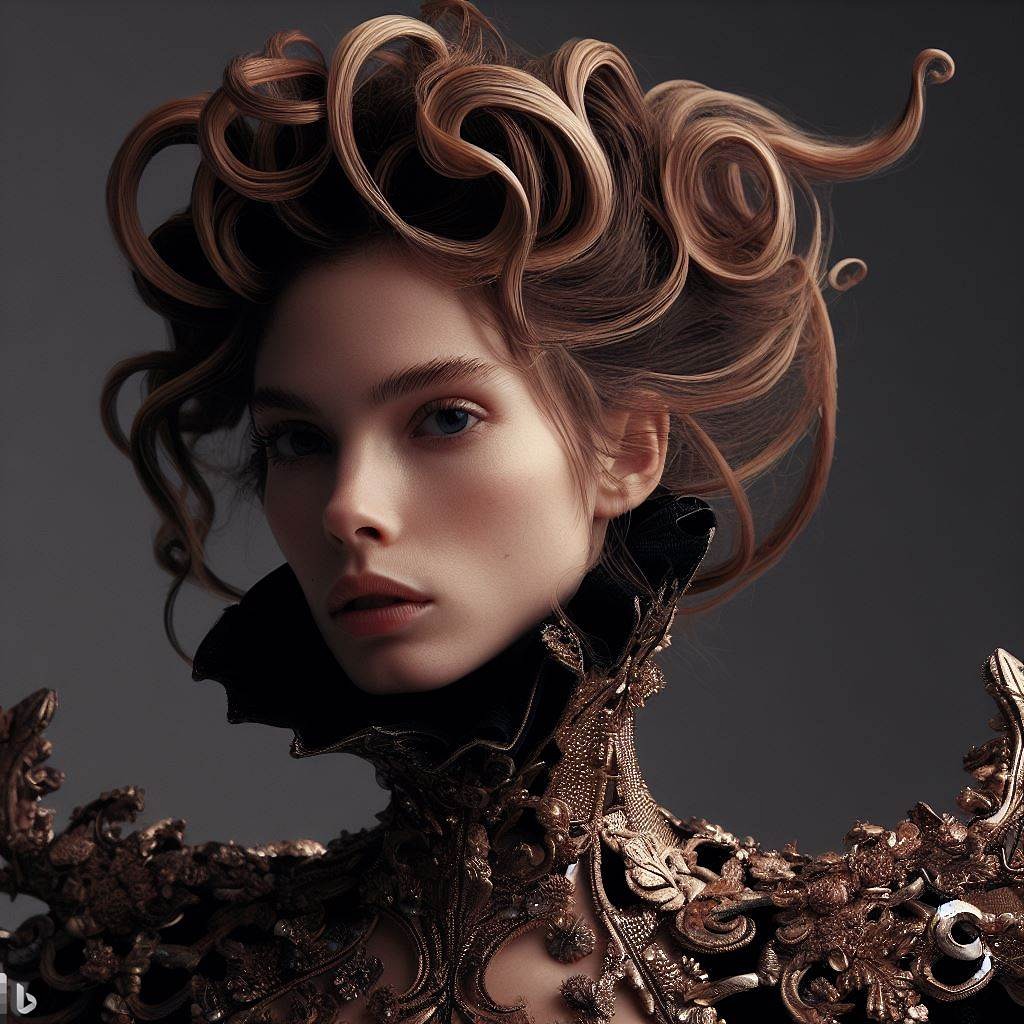
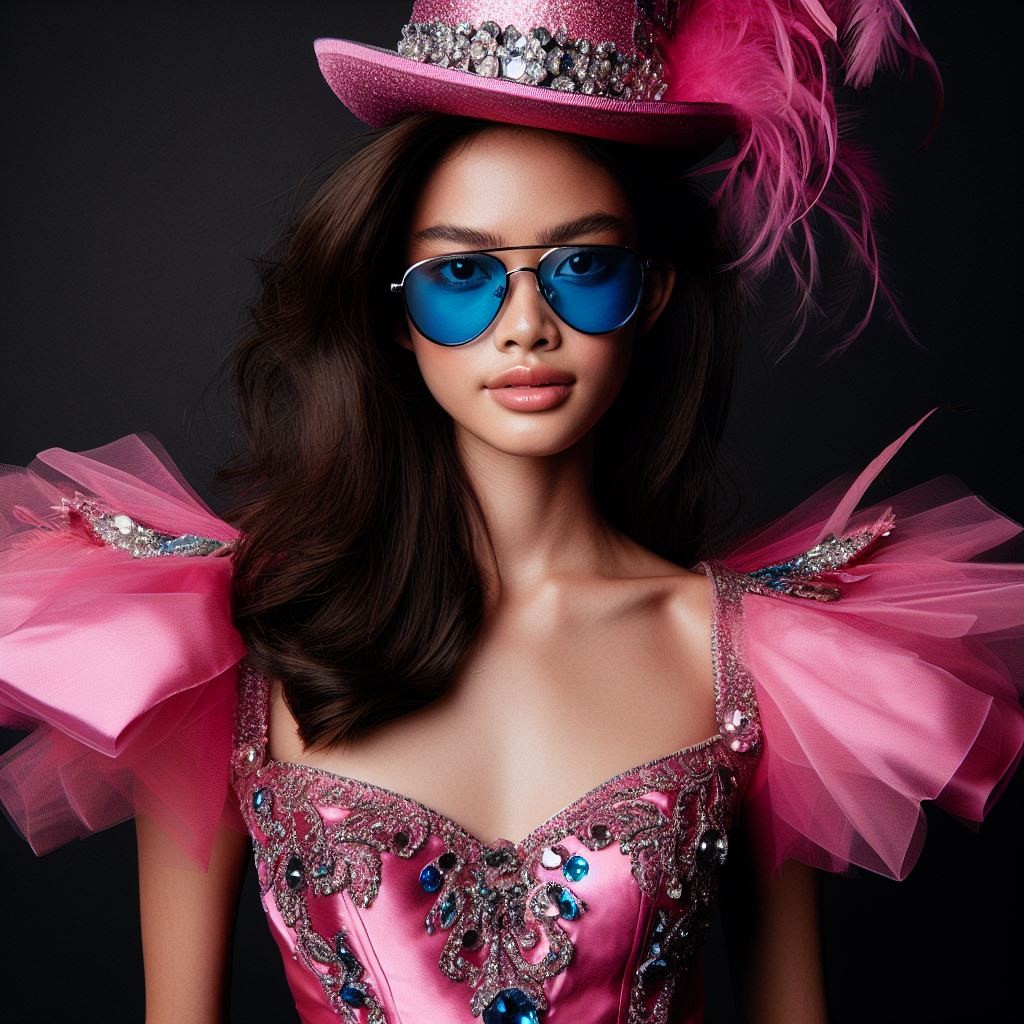

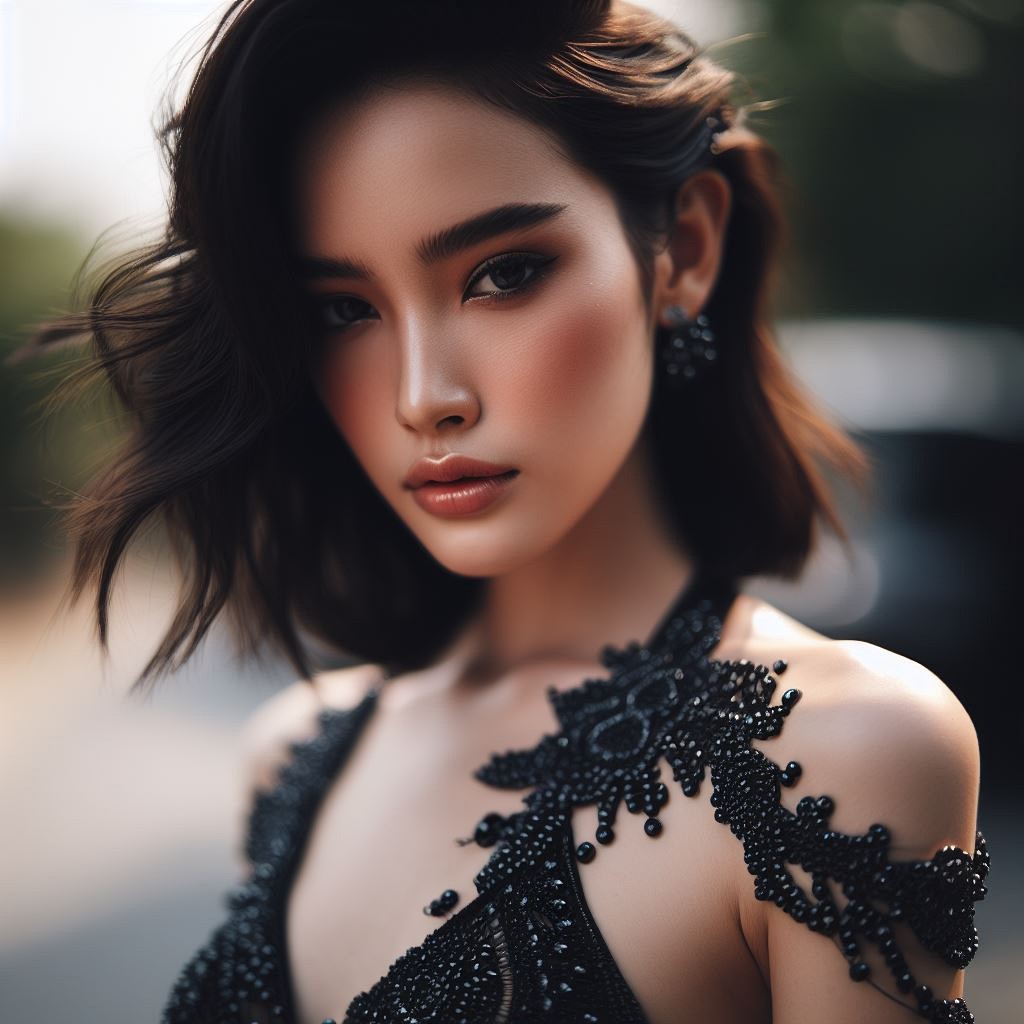
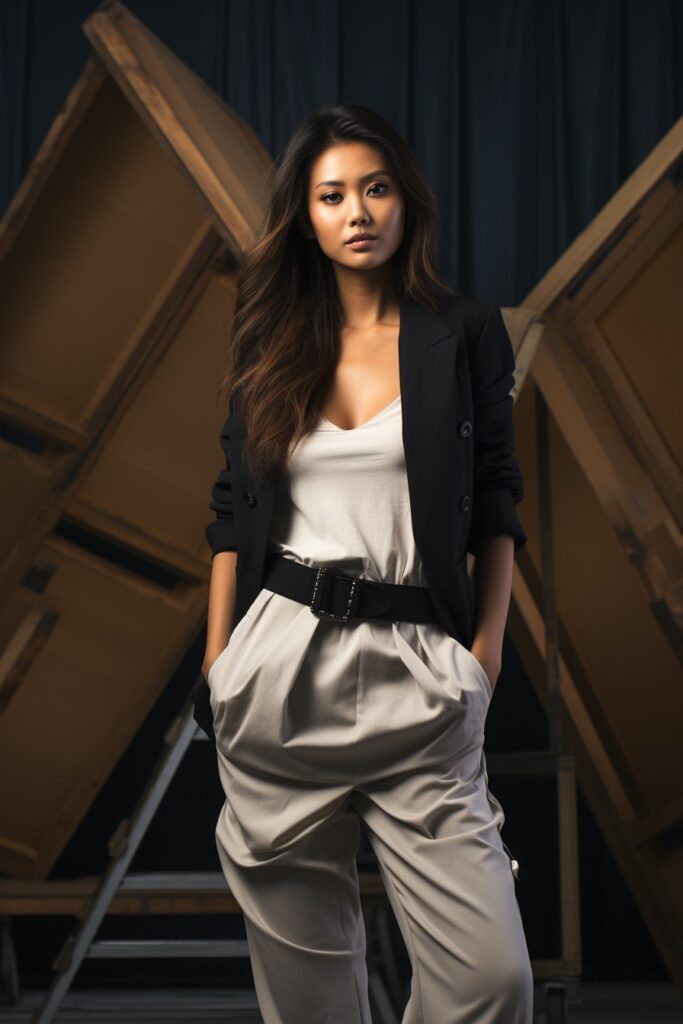
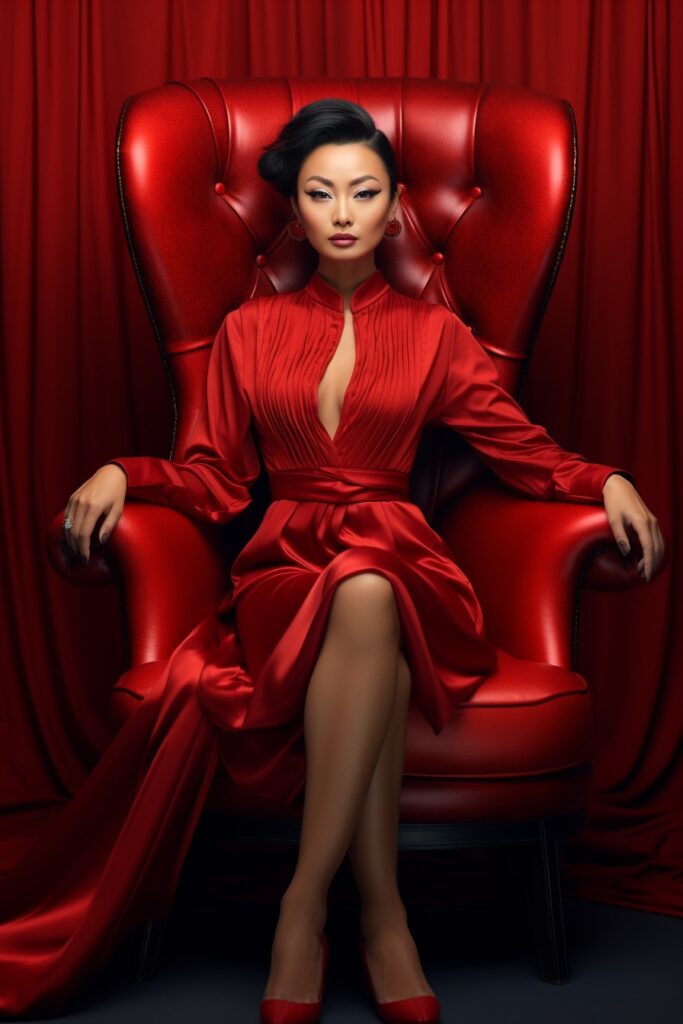

Portrait
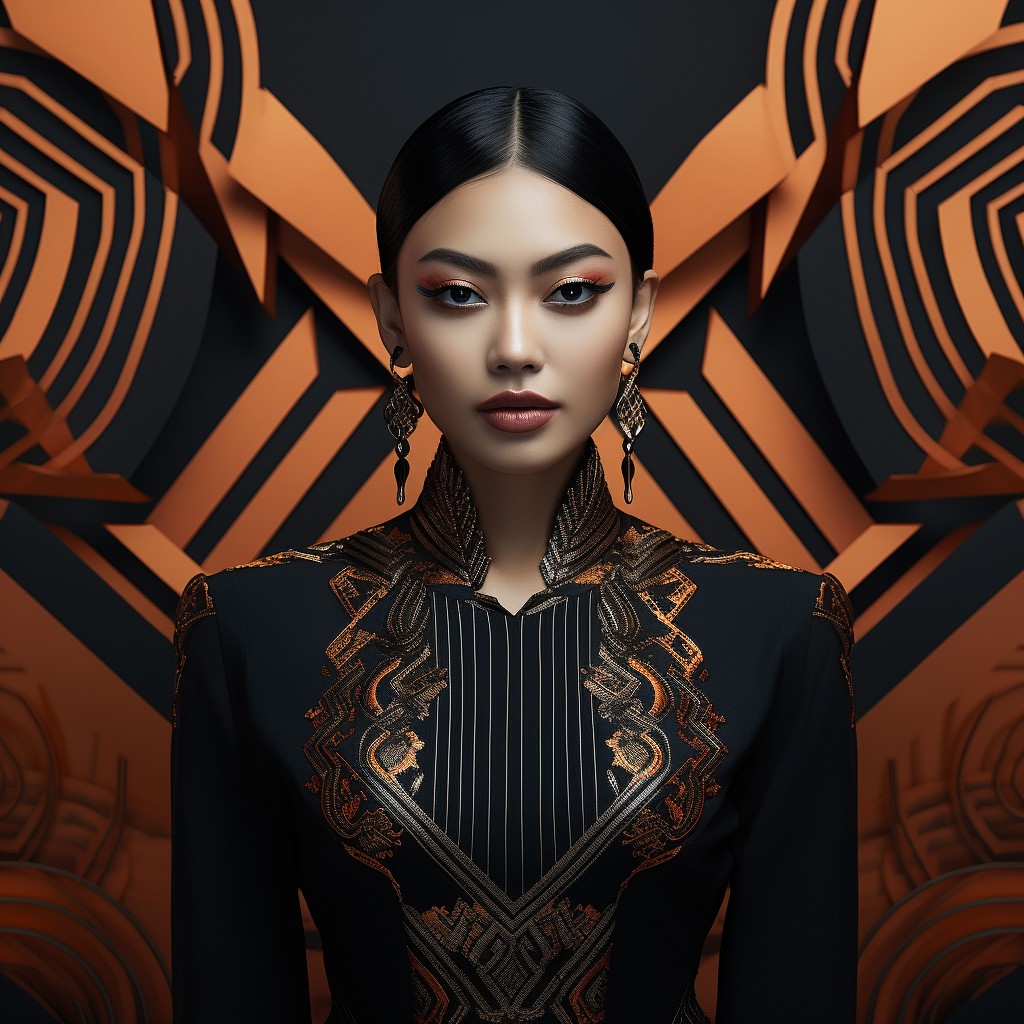

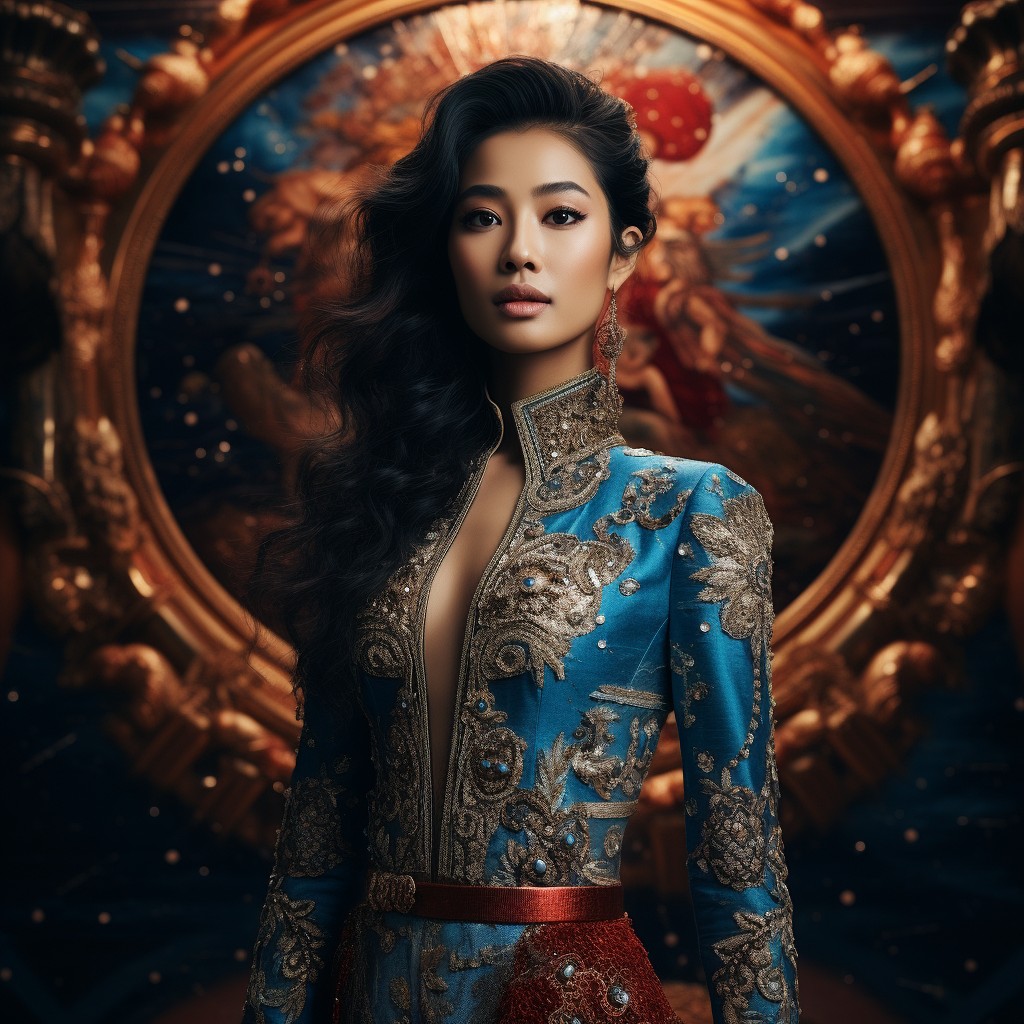






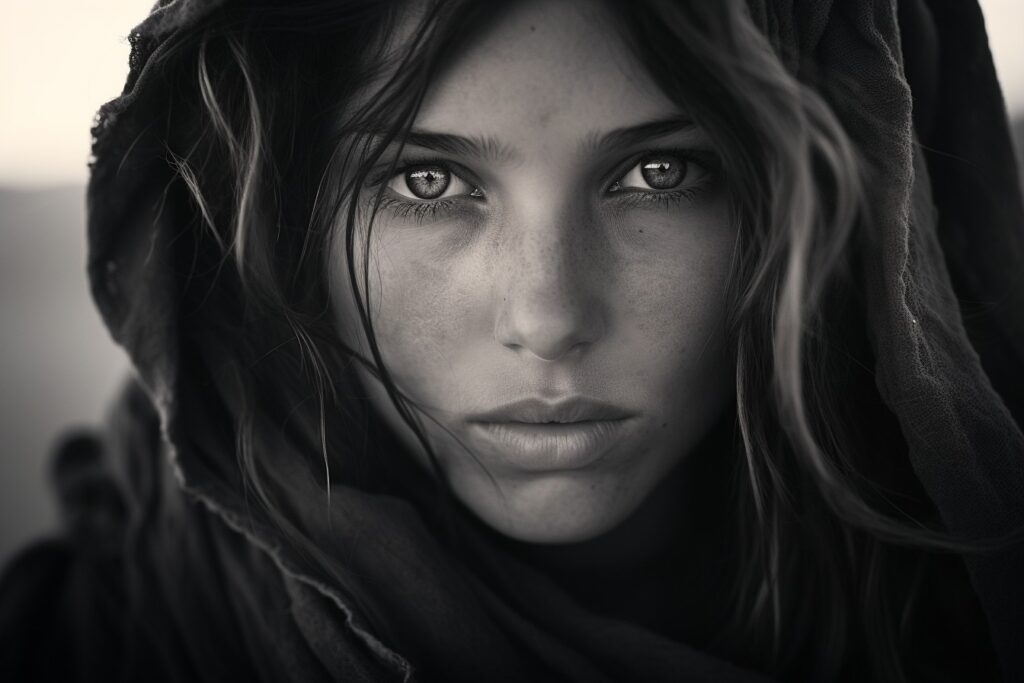

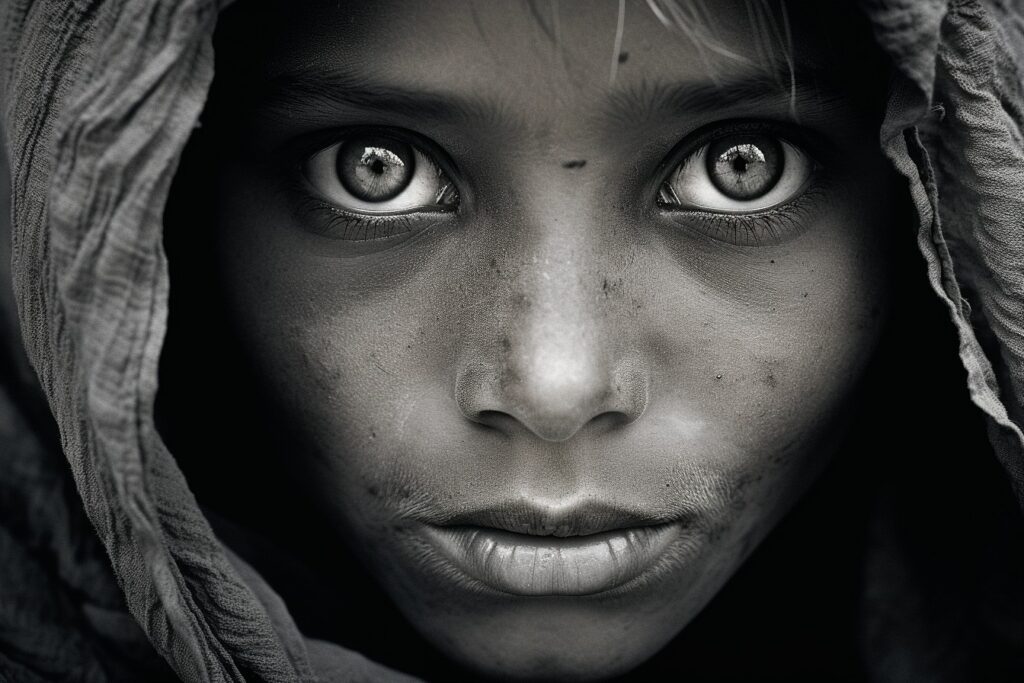
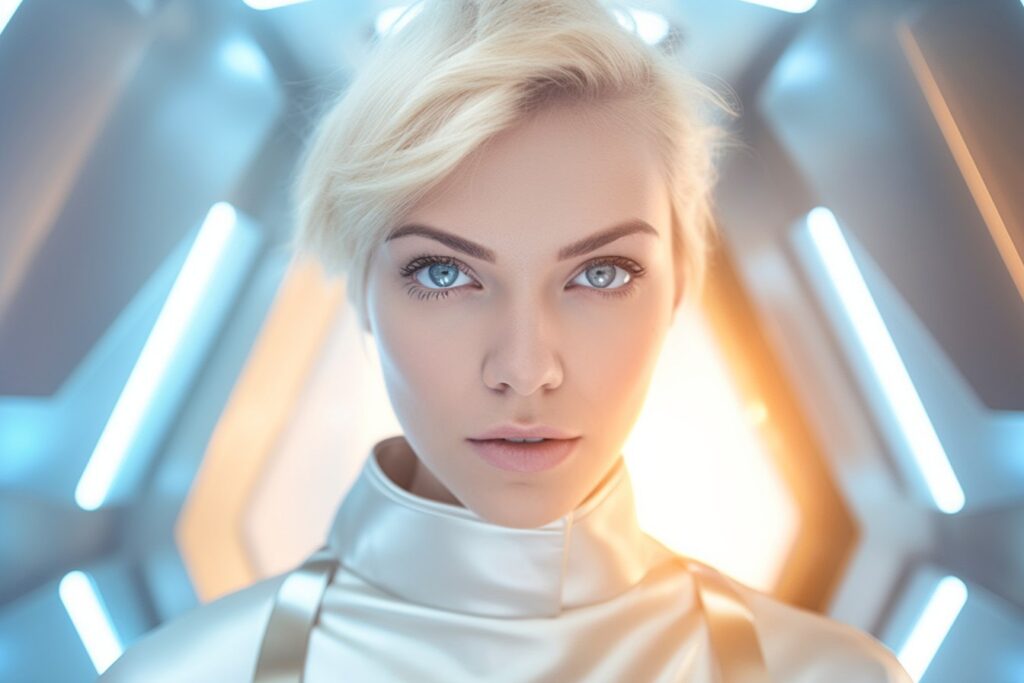
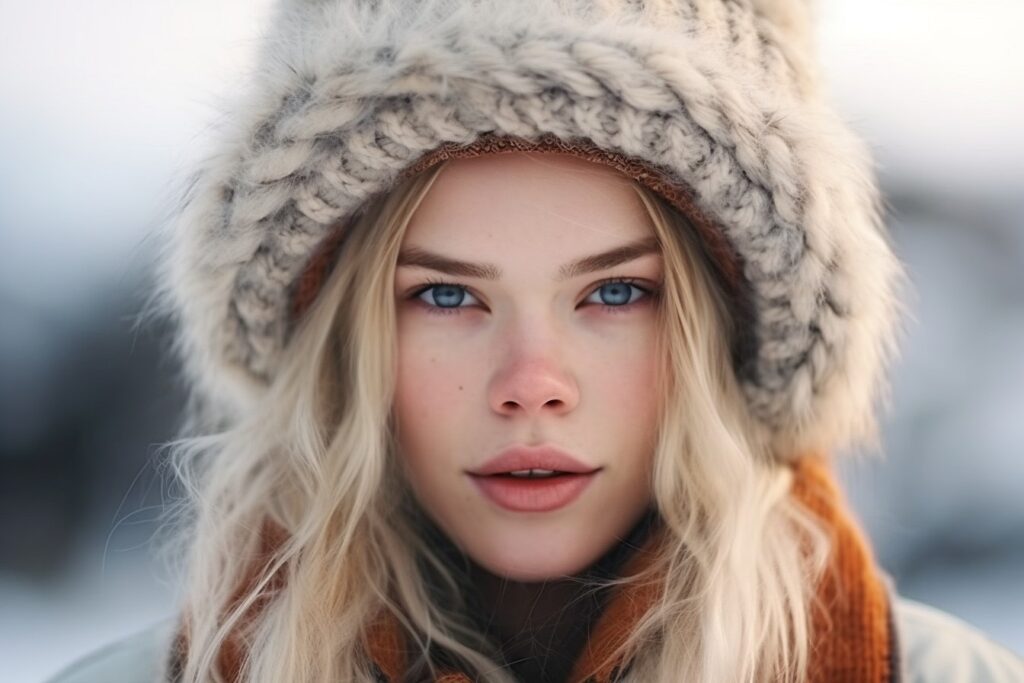
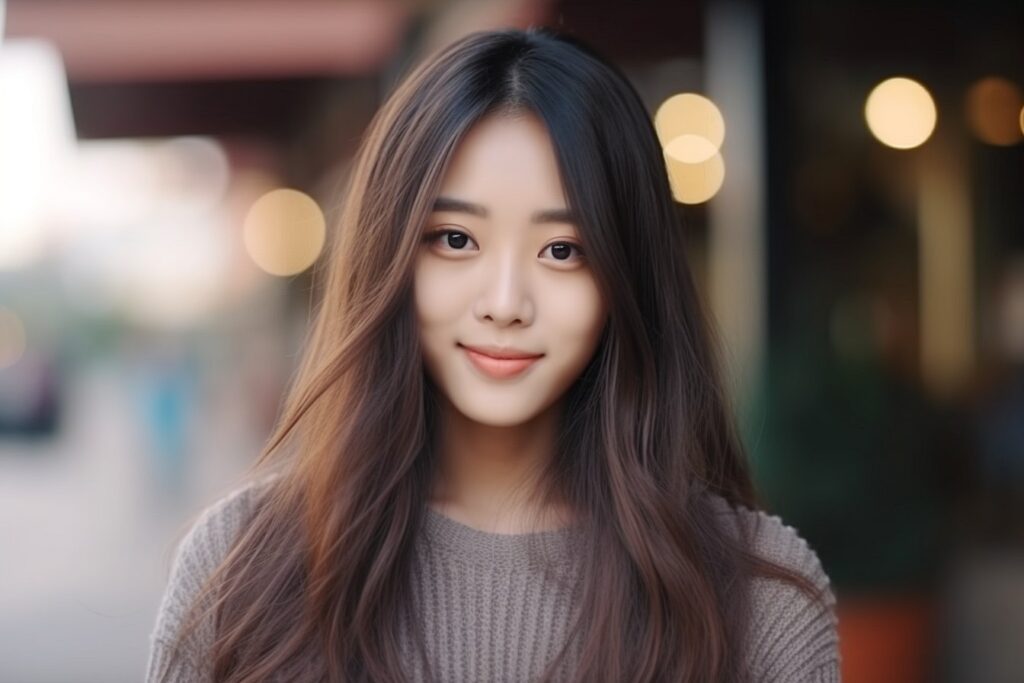
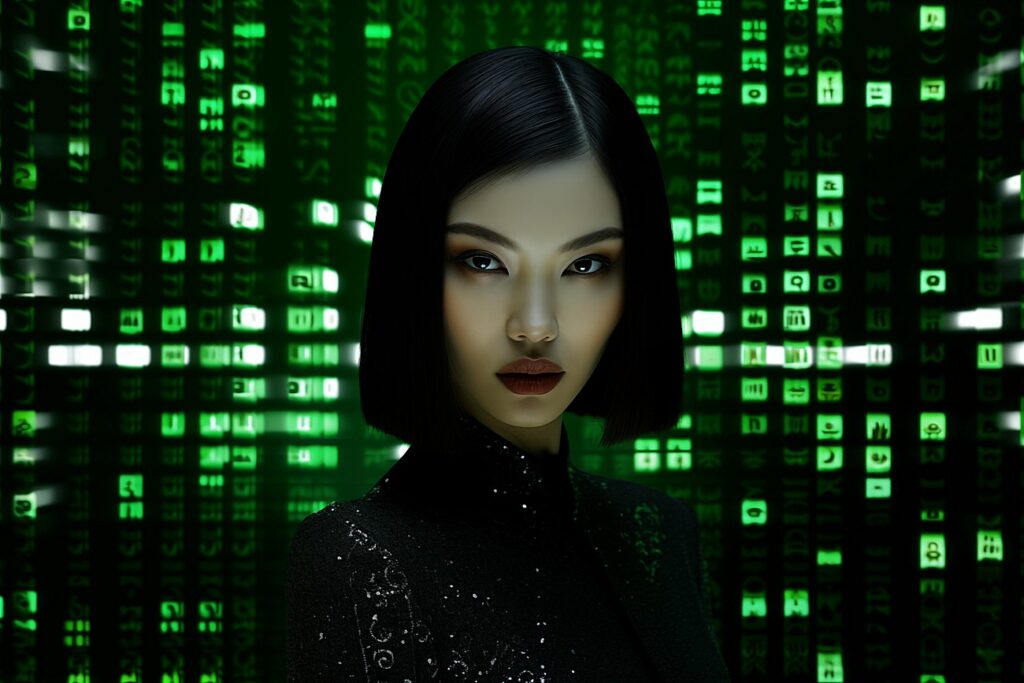

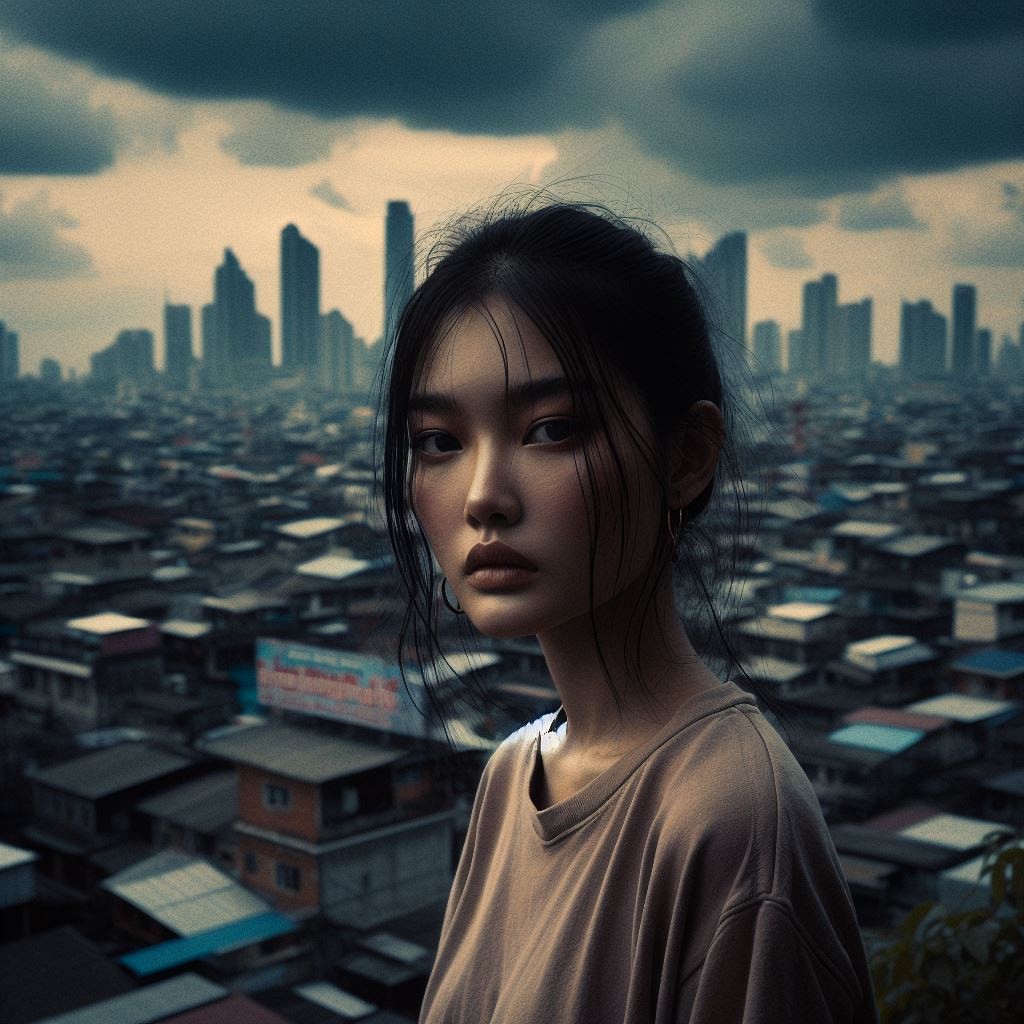


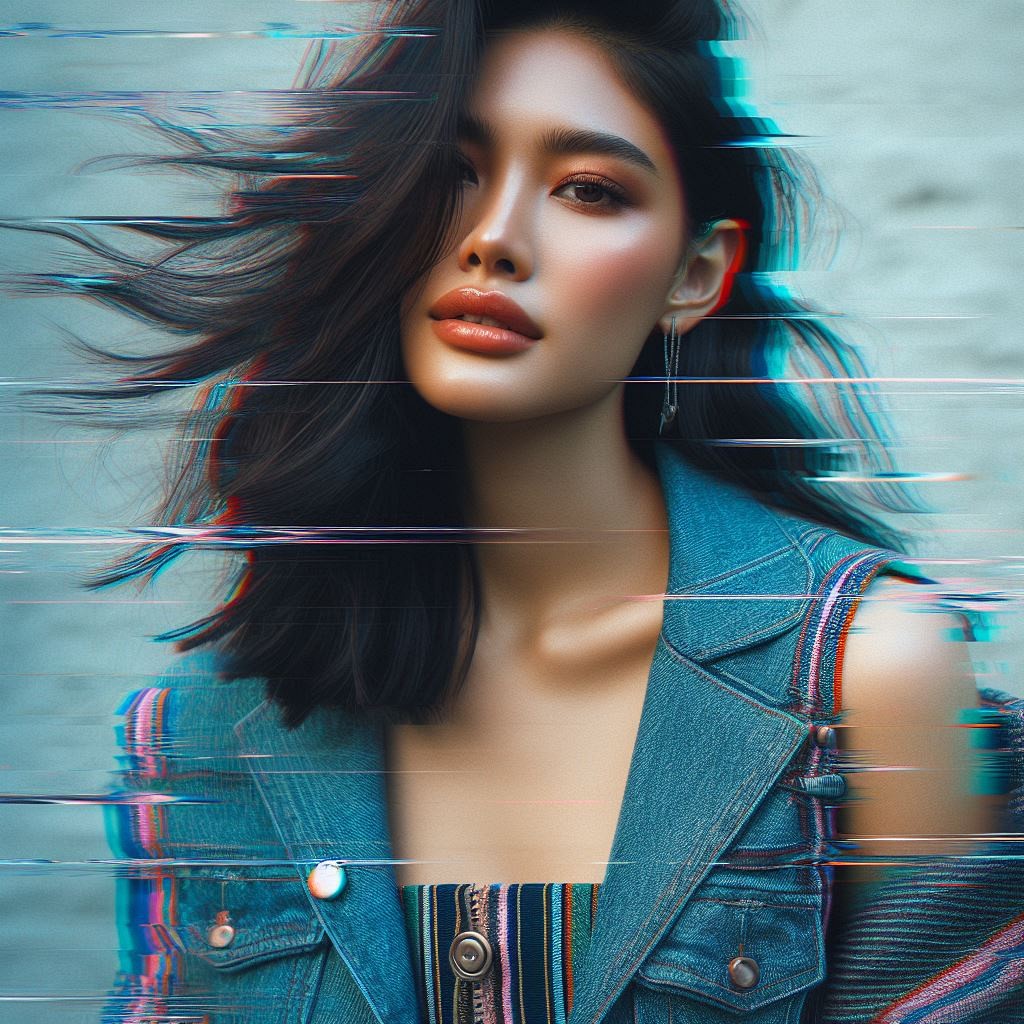

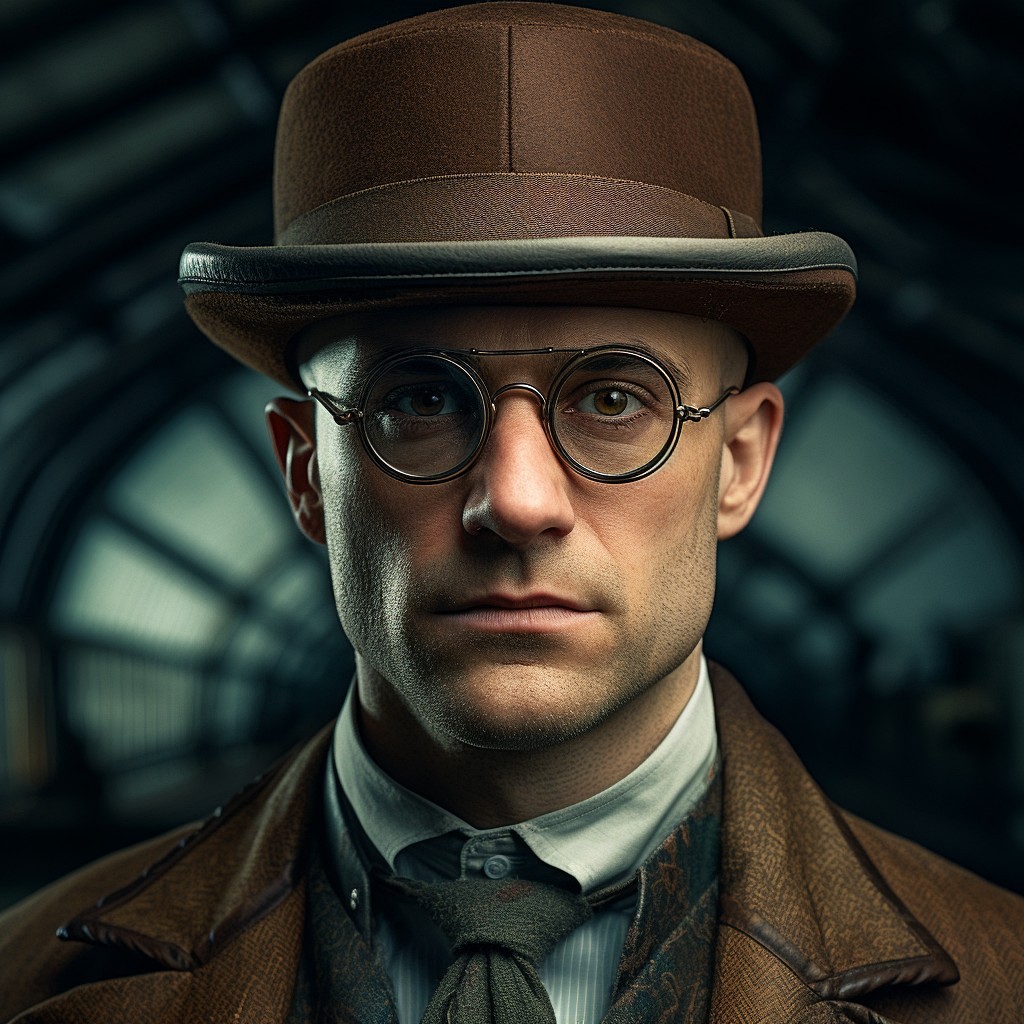
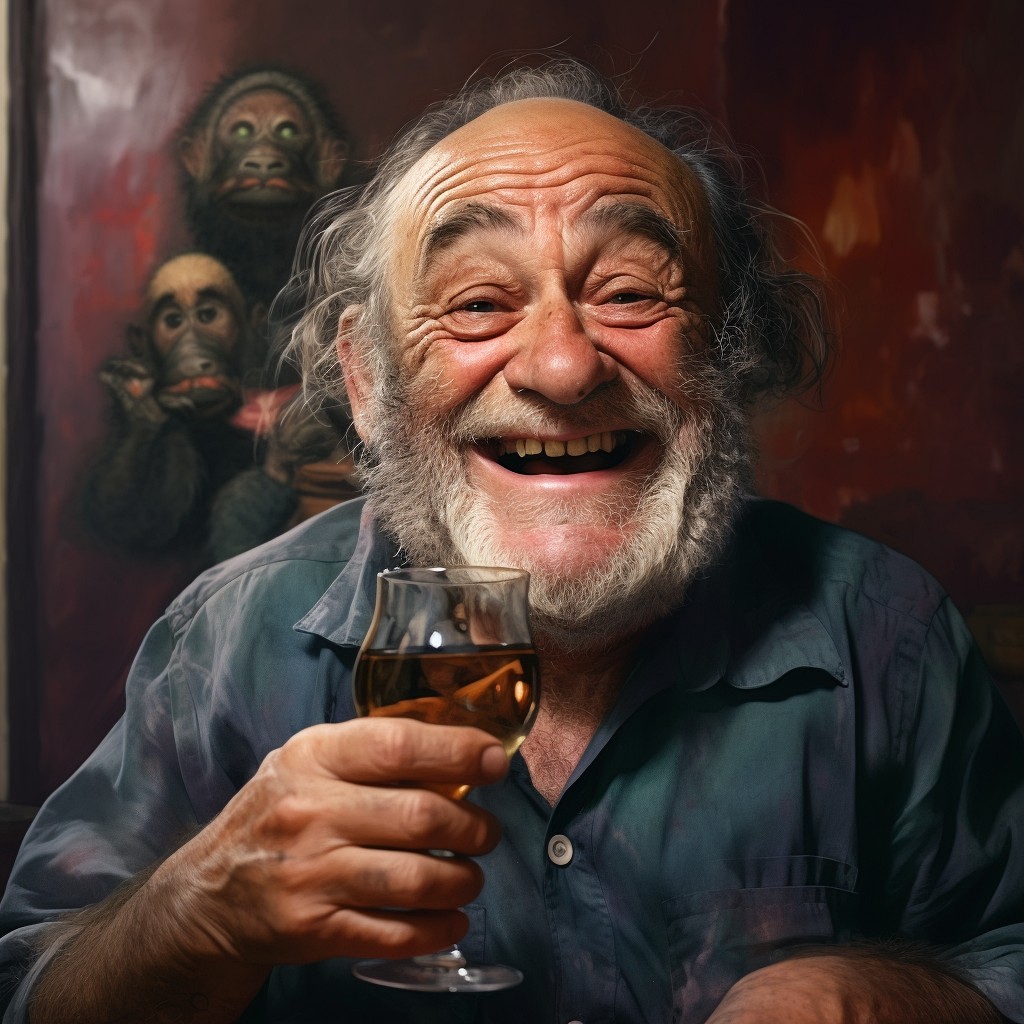

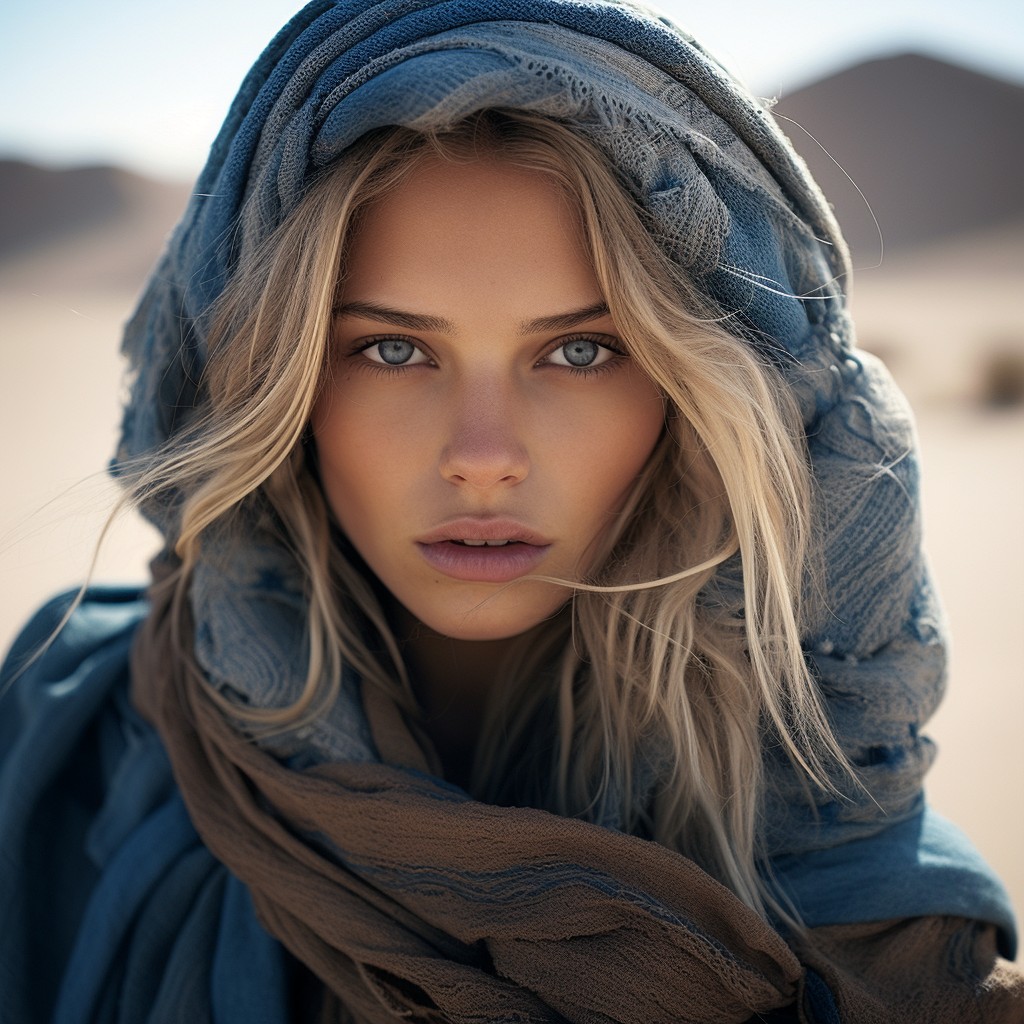
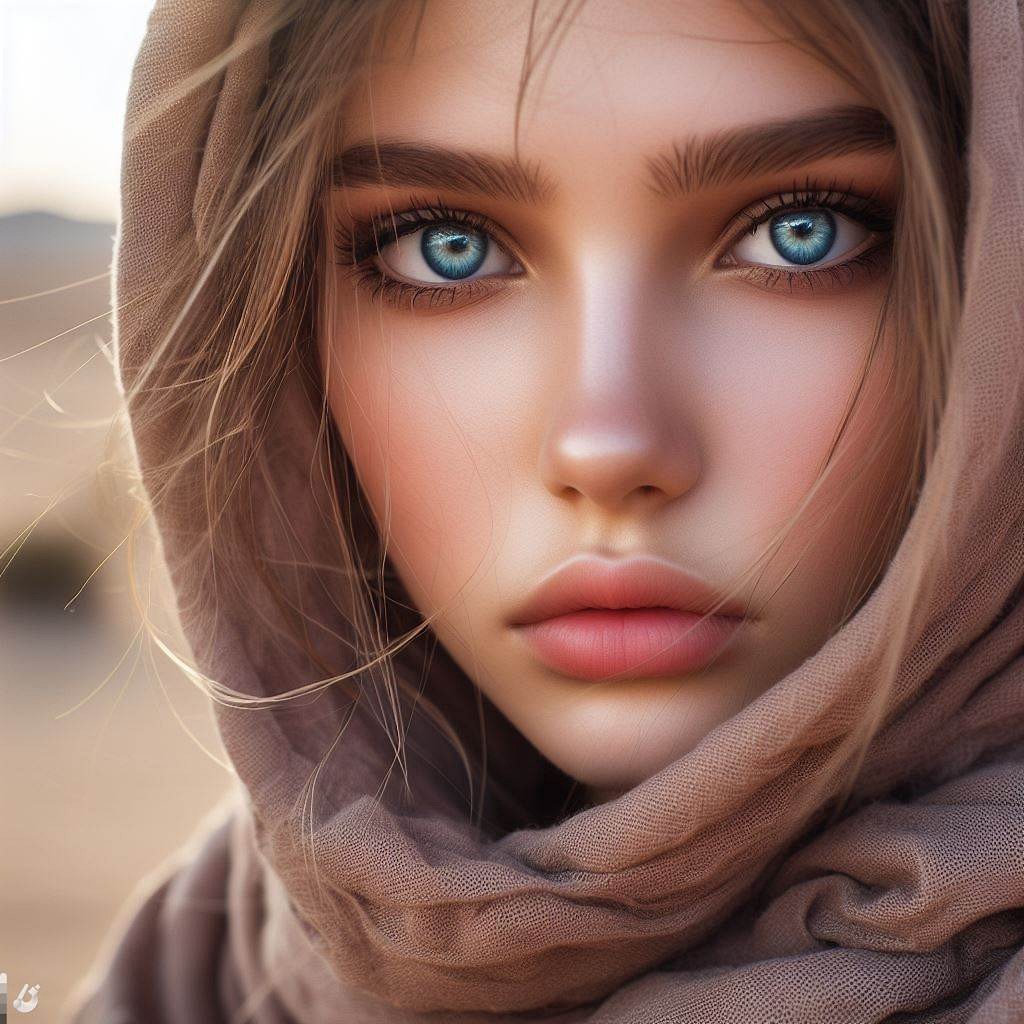

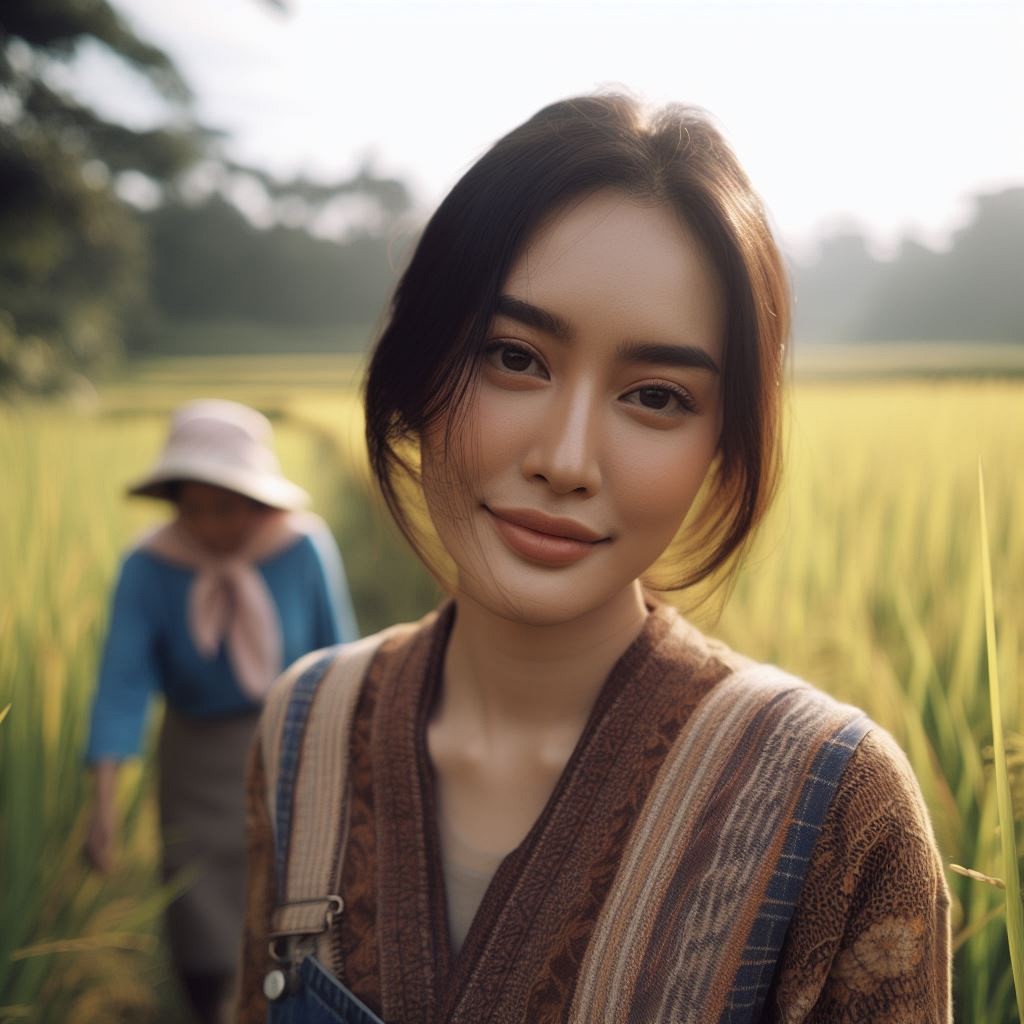

Animals
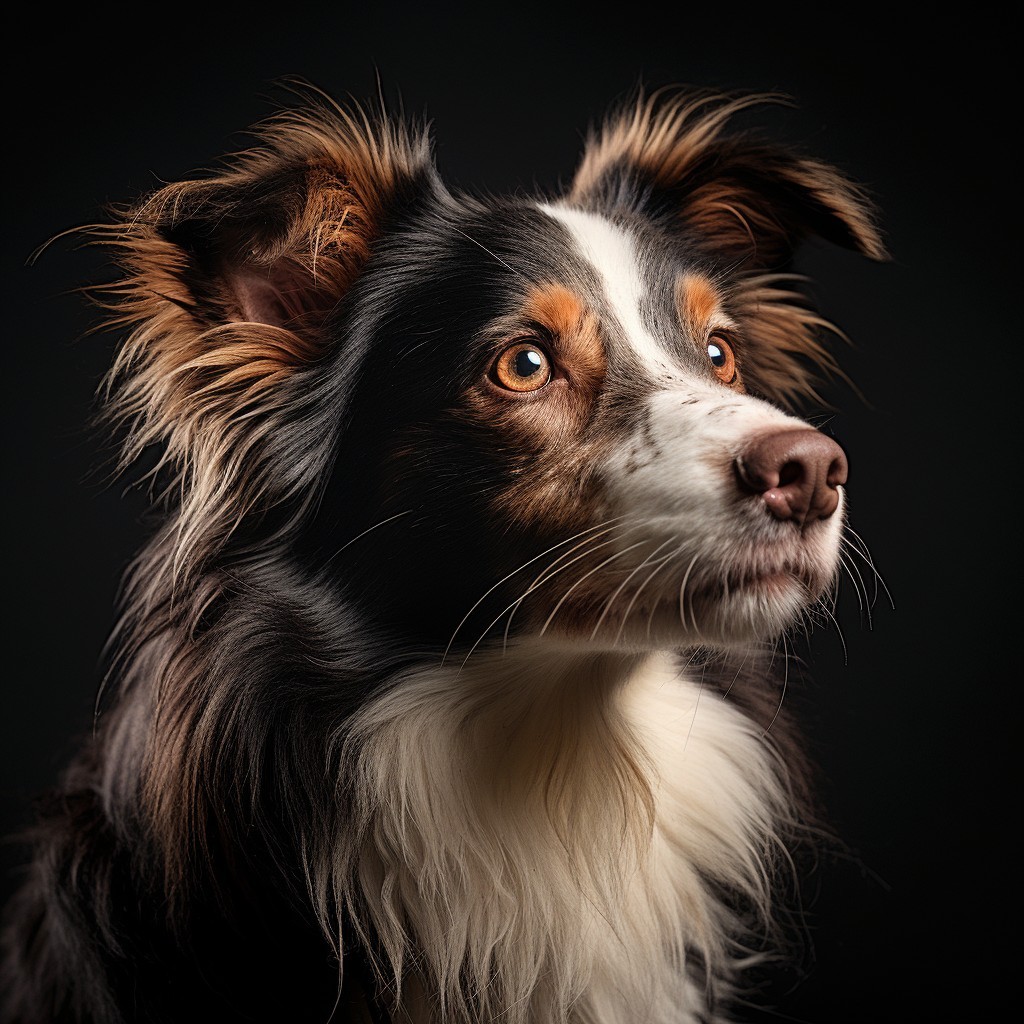
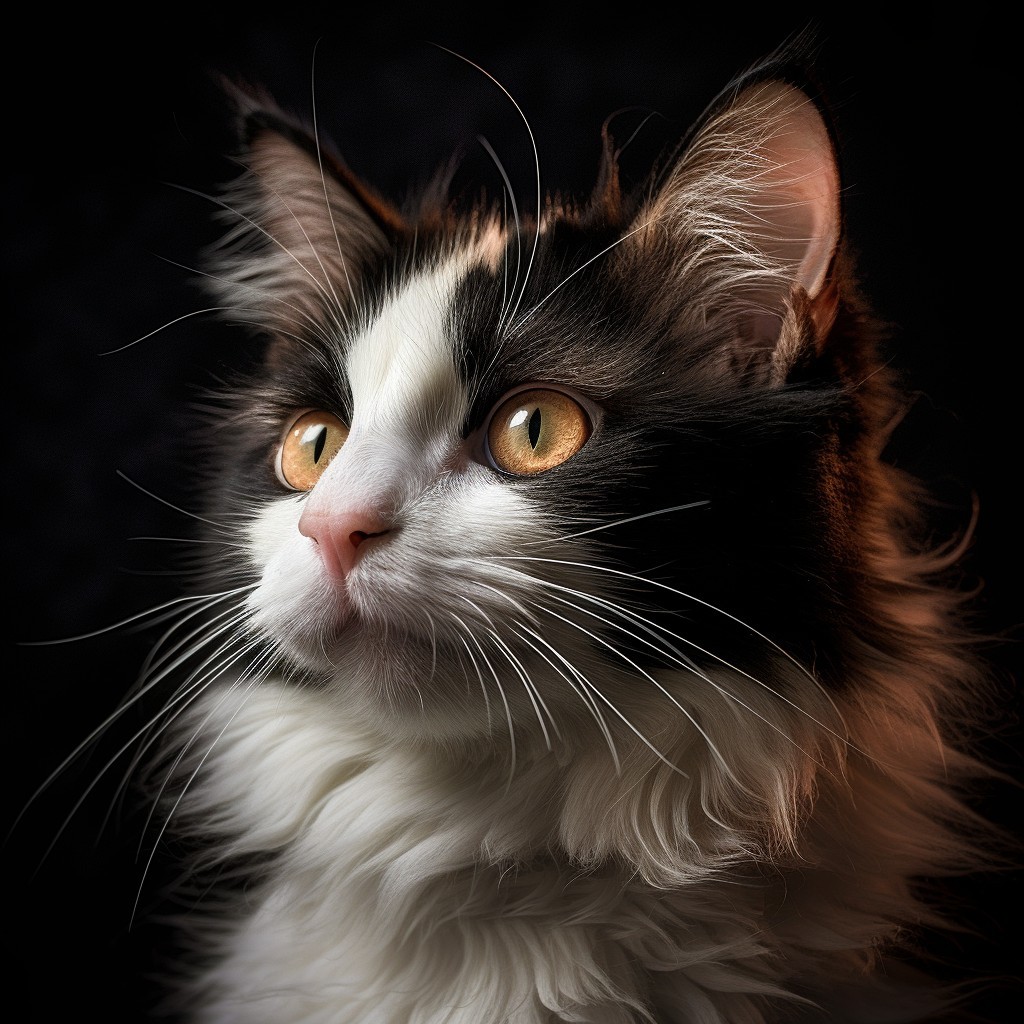
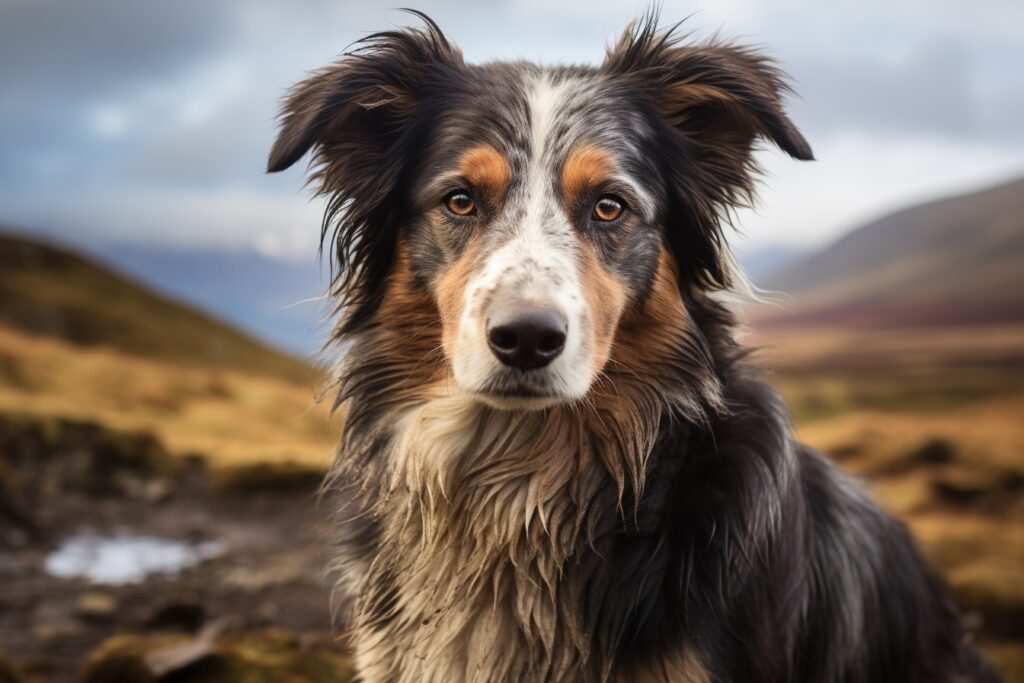
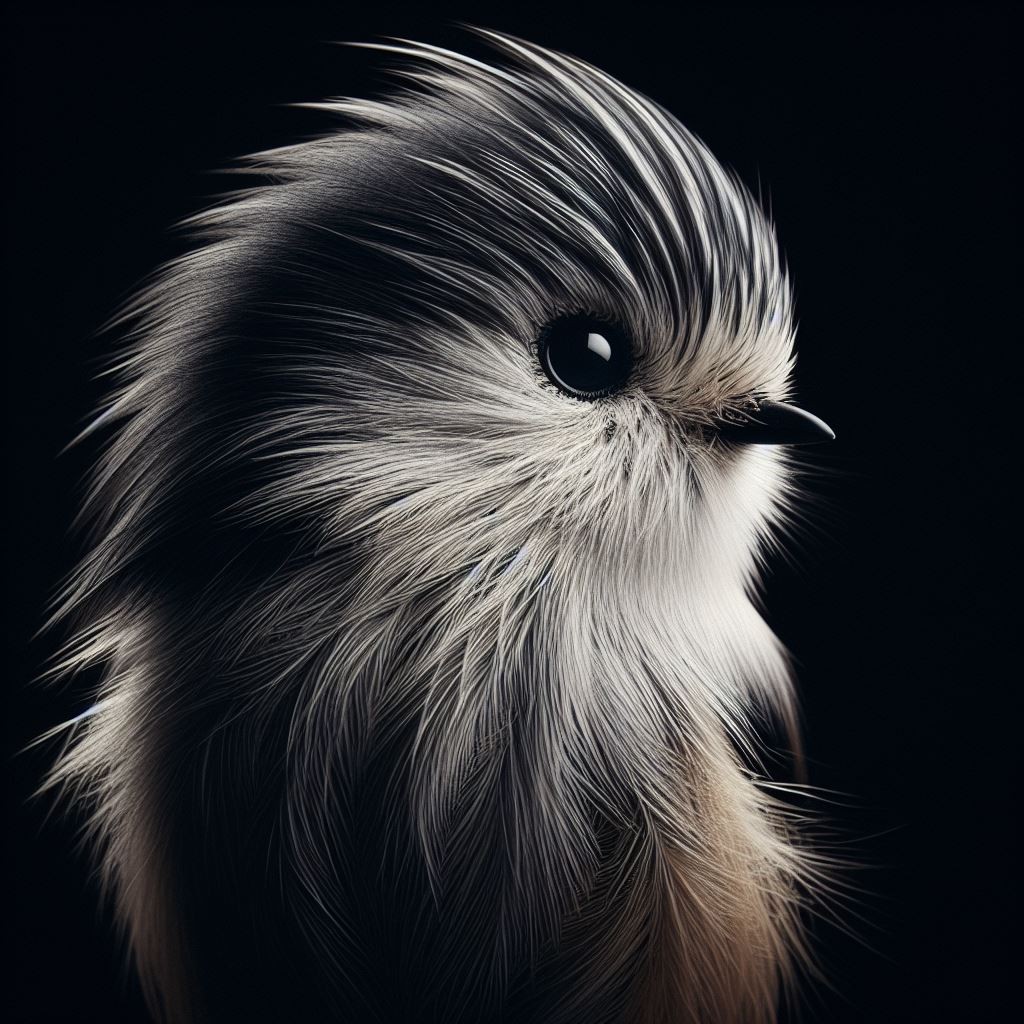




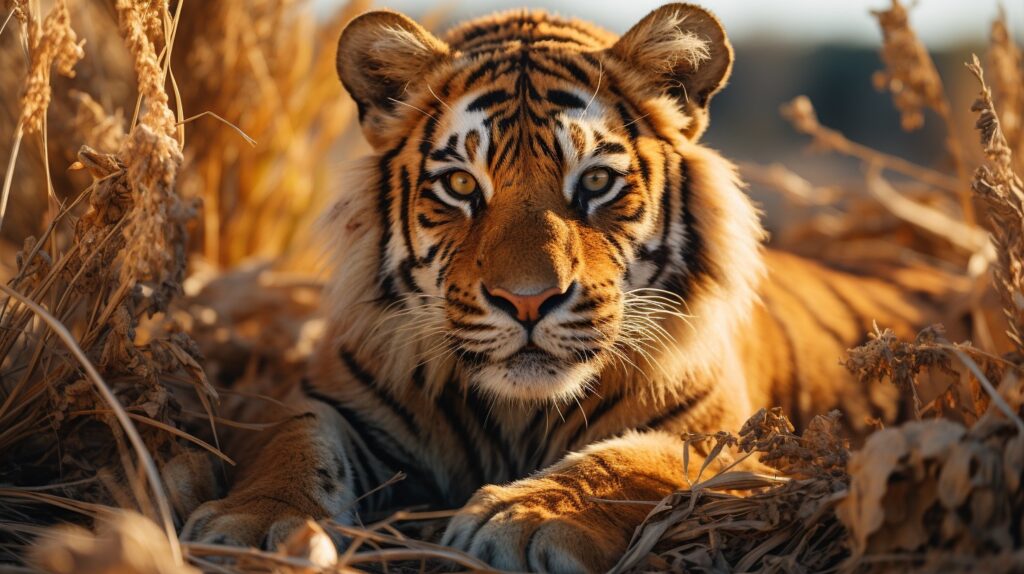
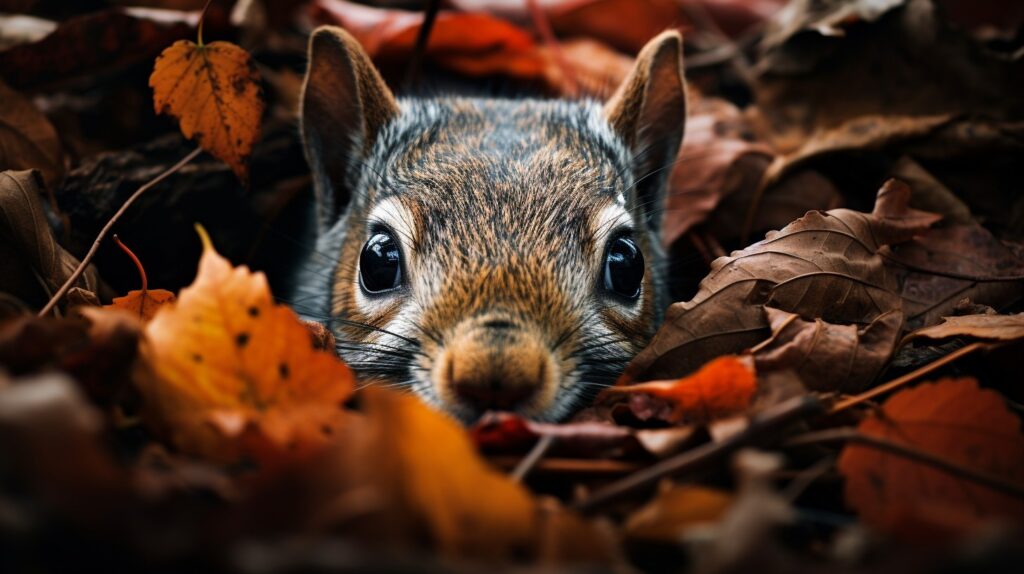
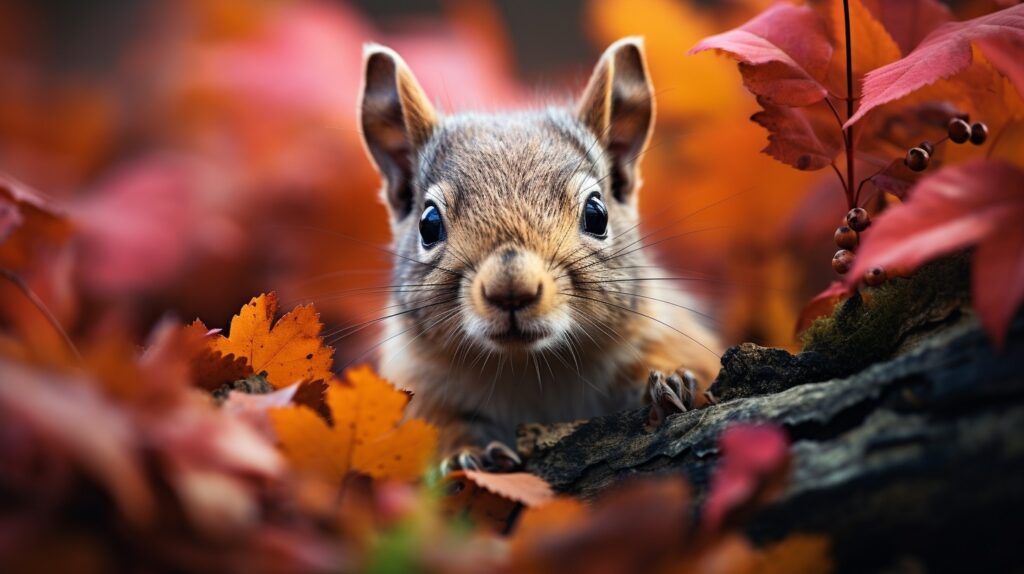
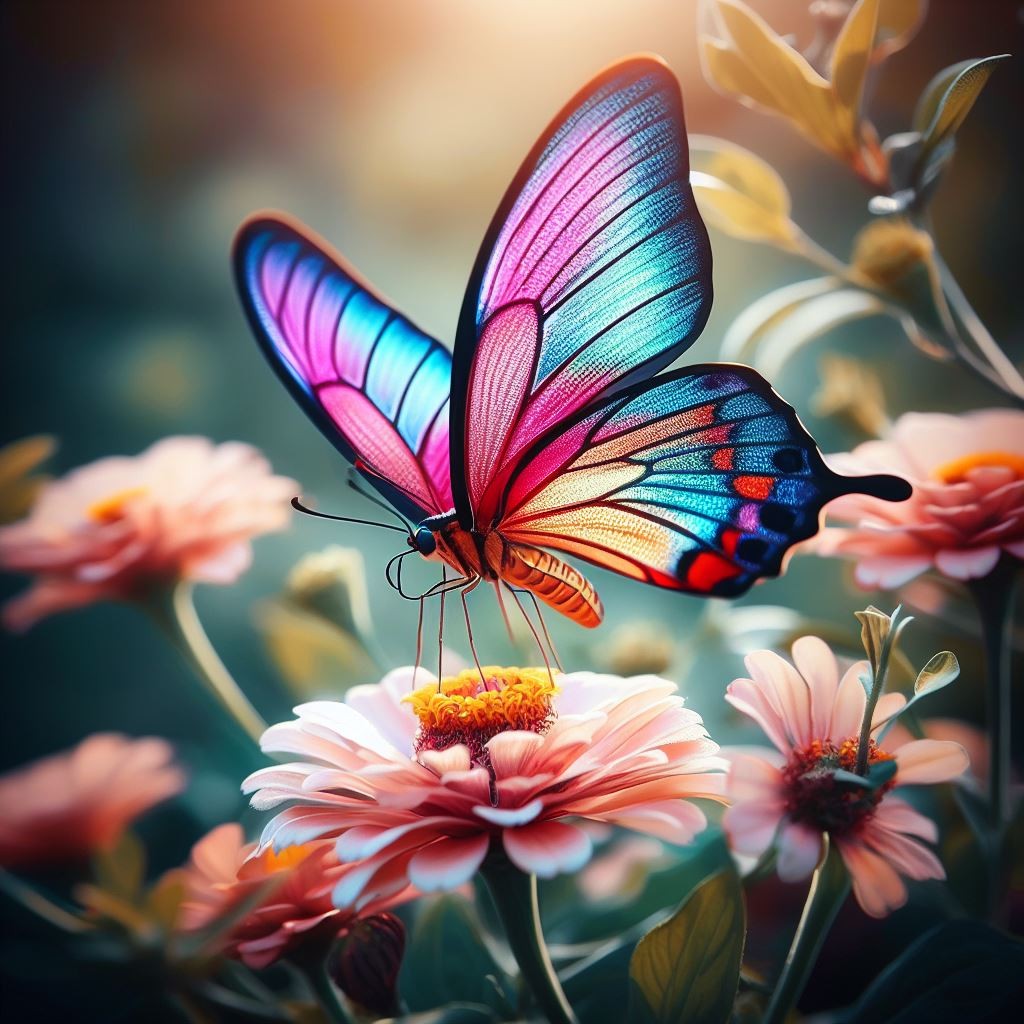

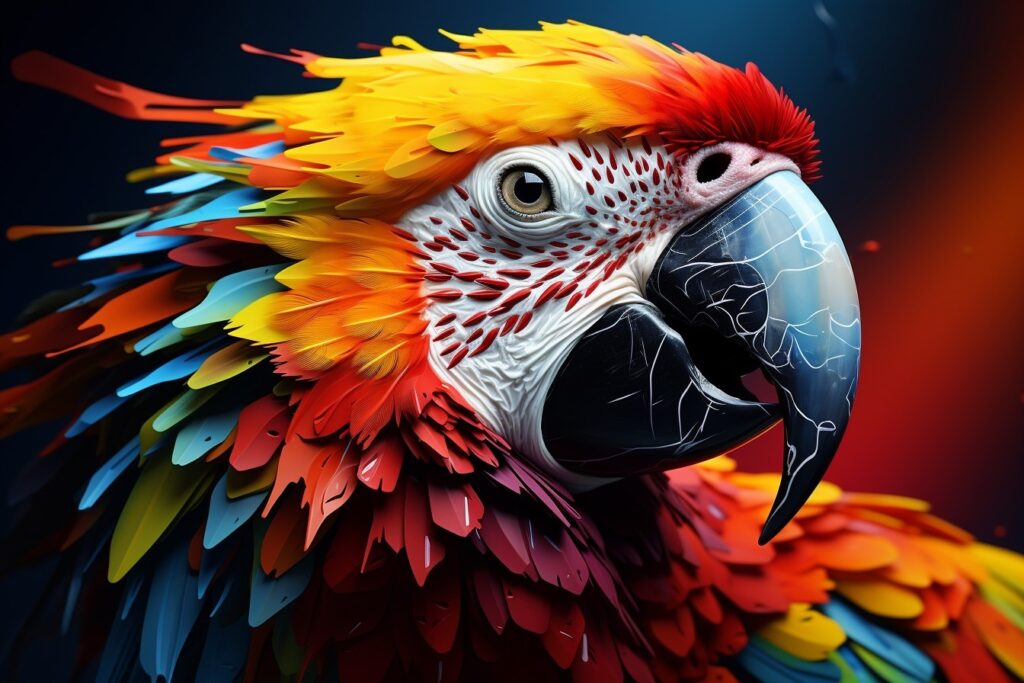

Landscape



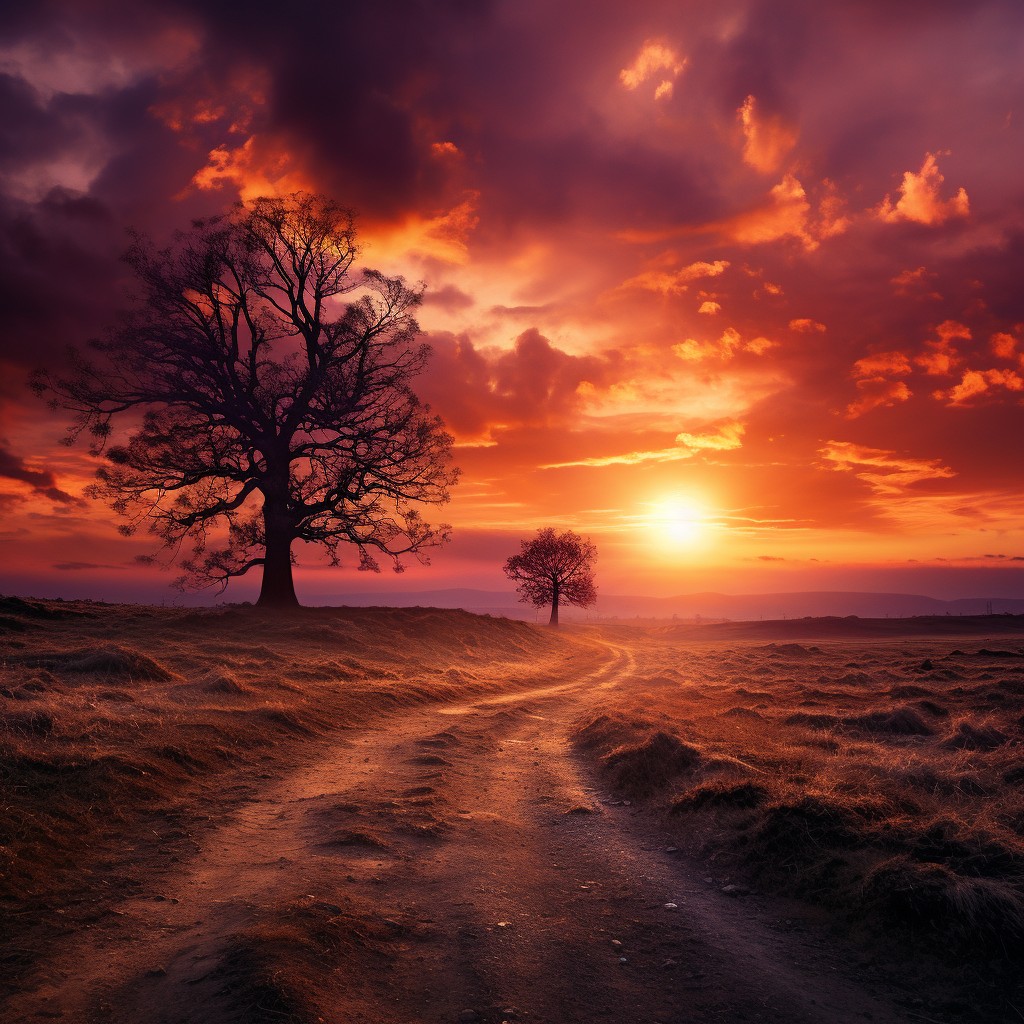
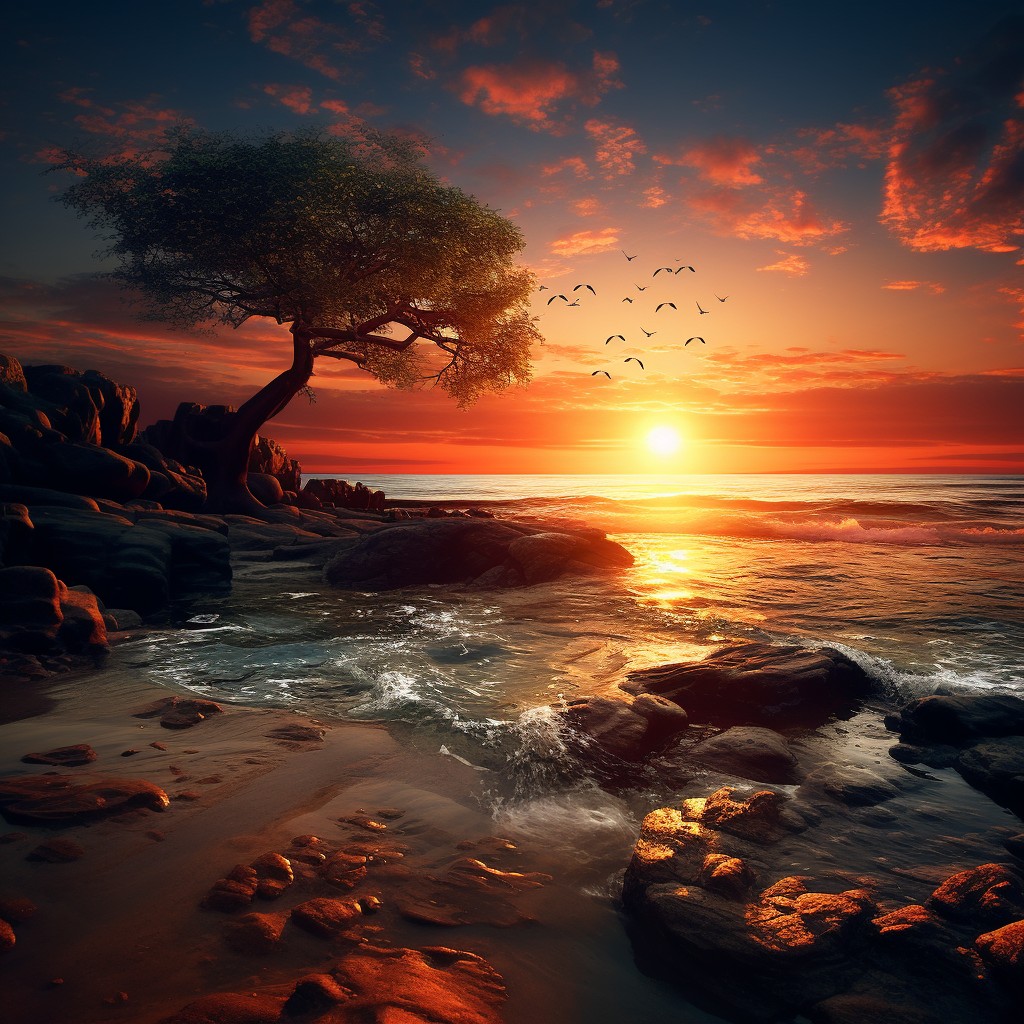






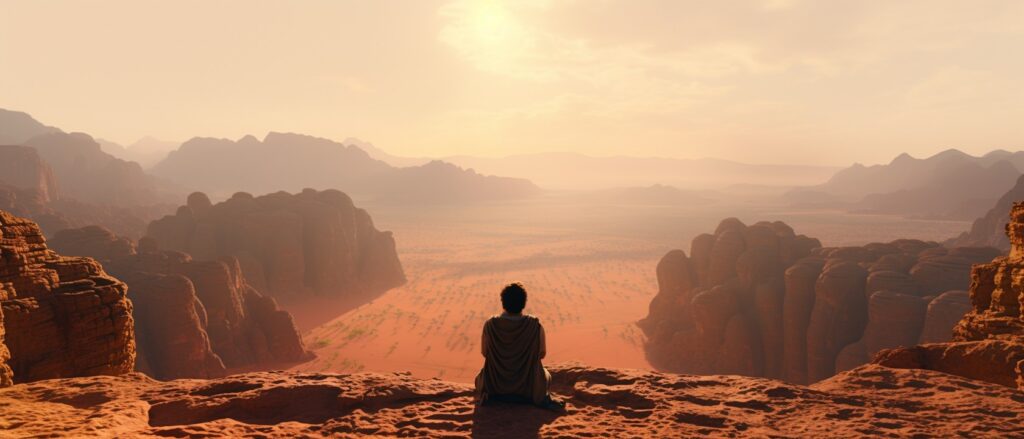
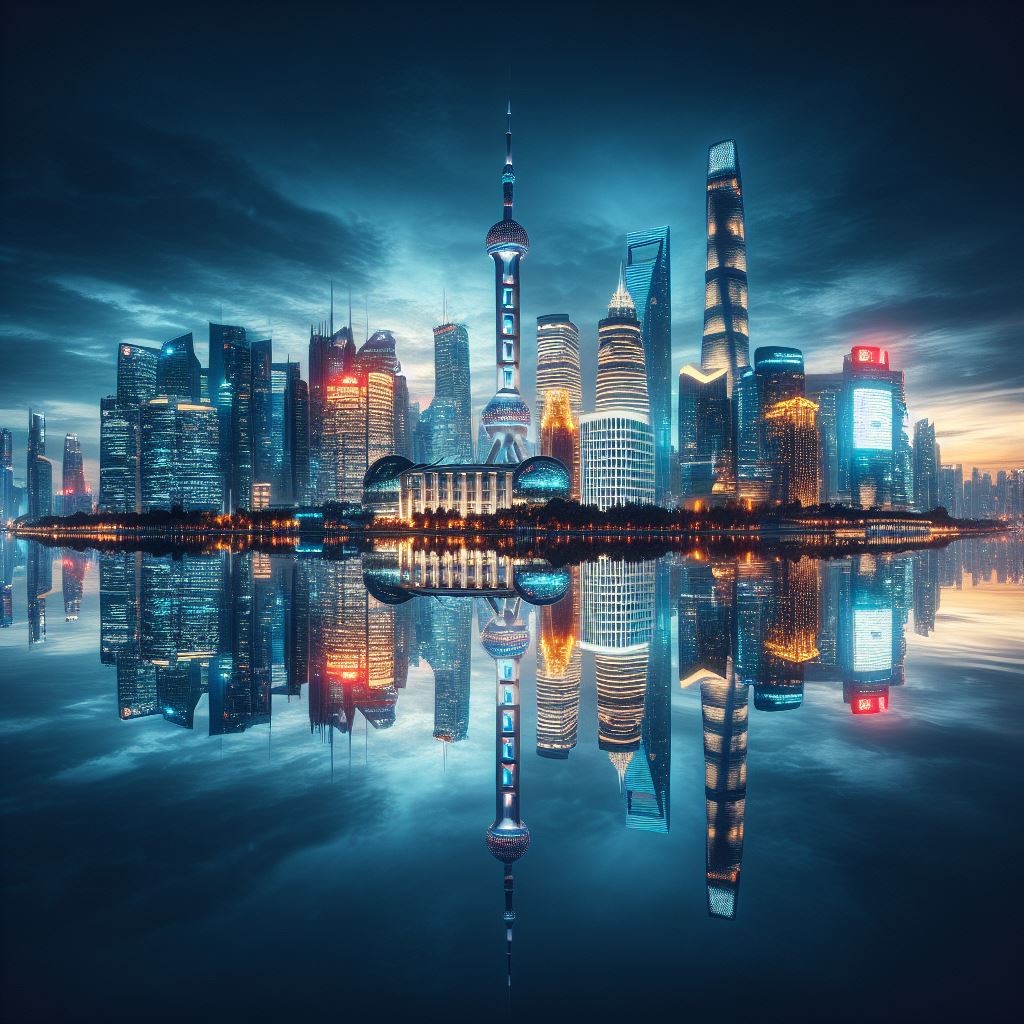
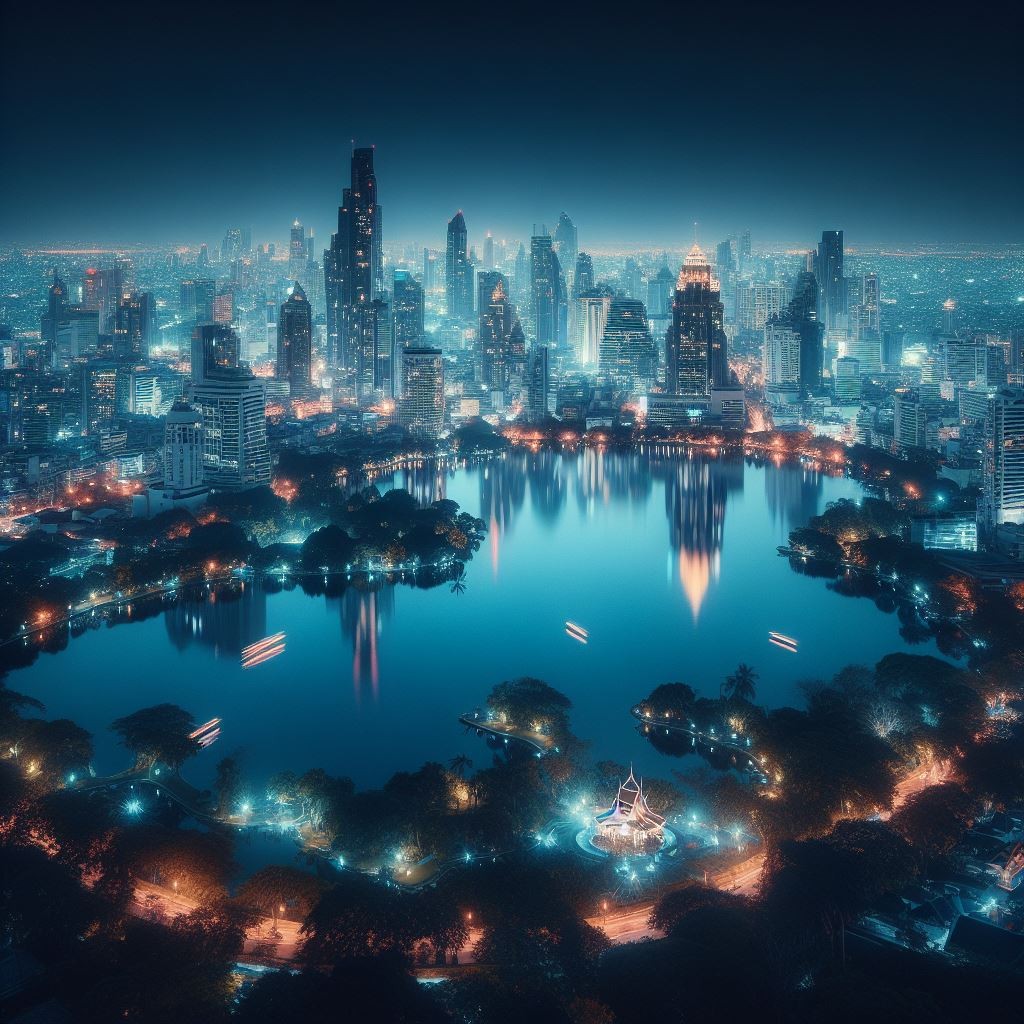

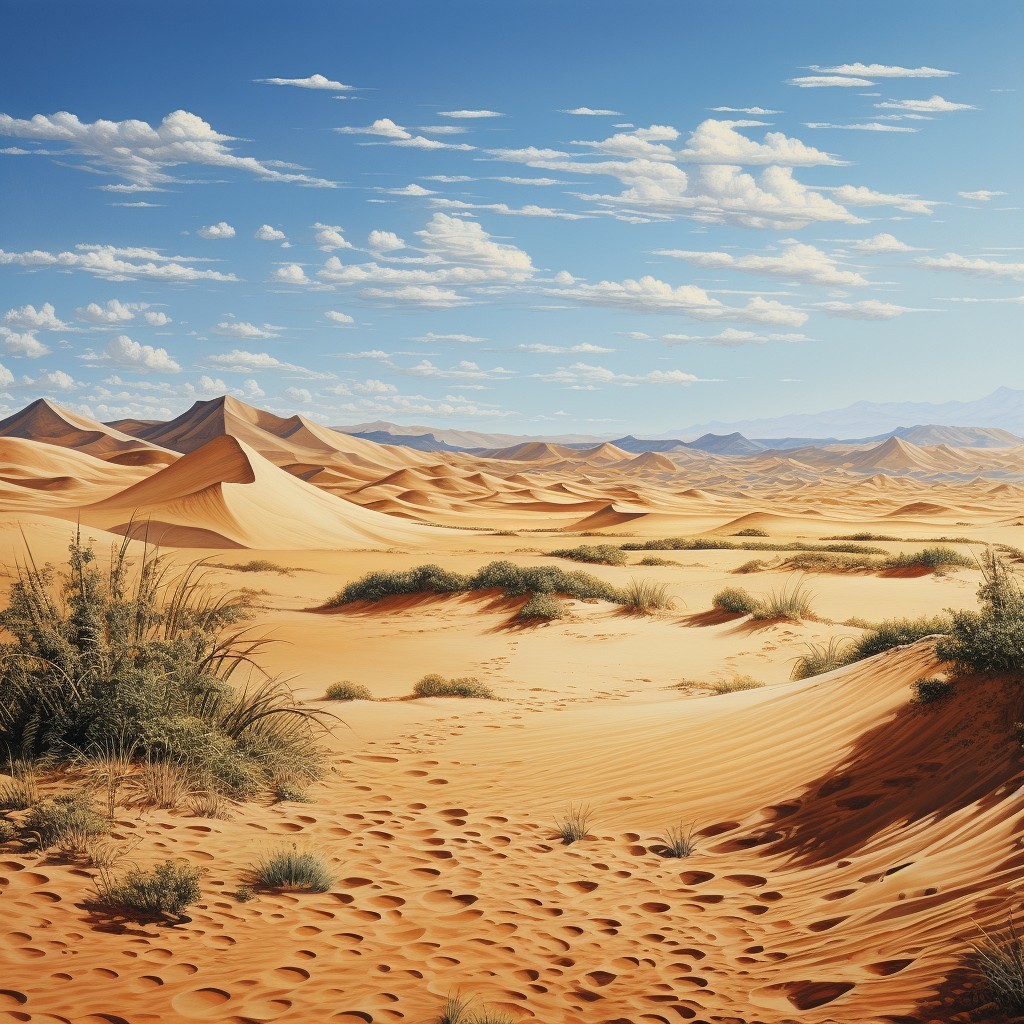
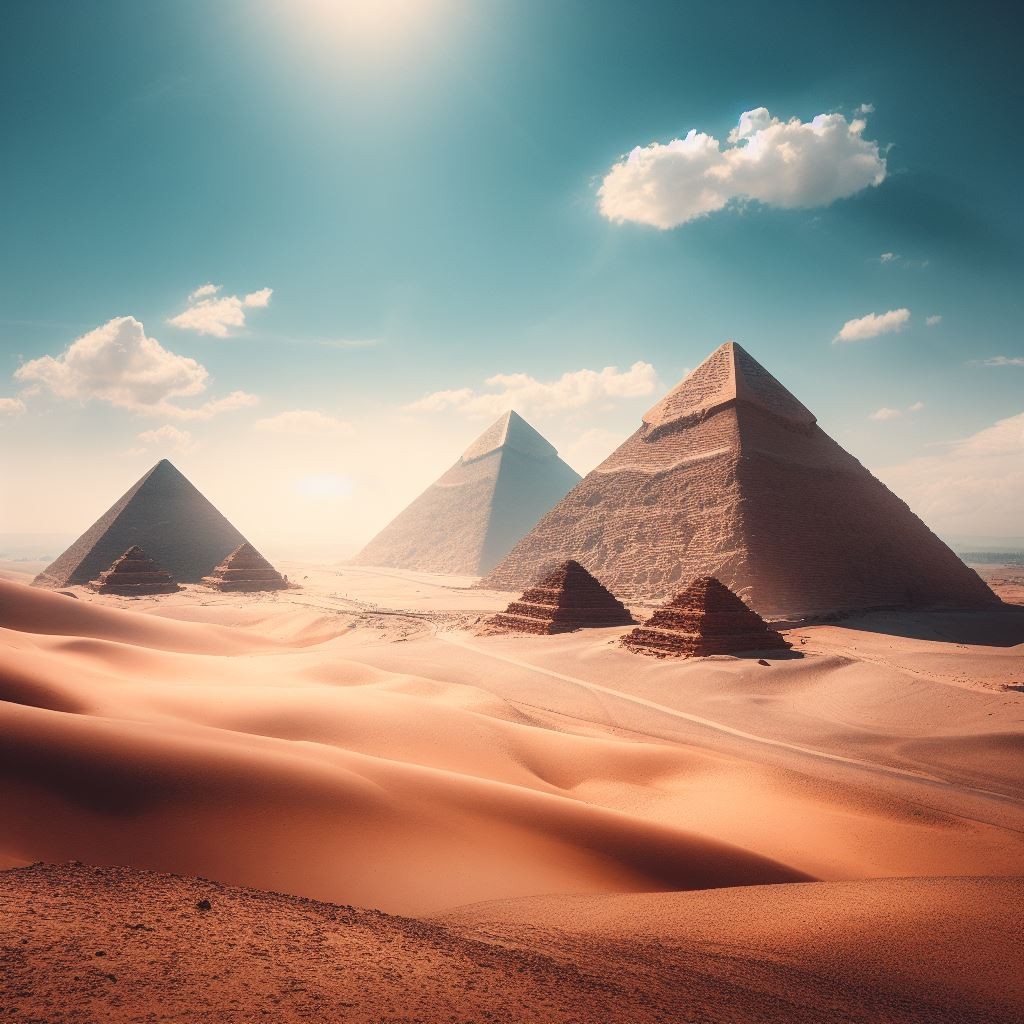
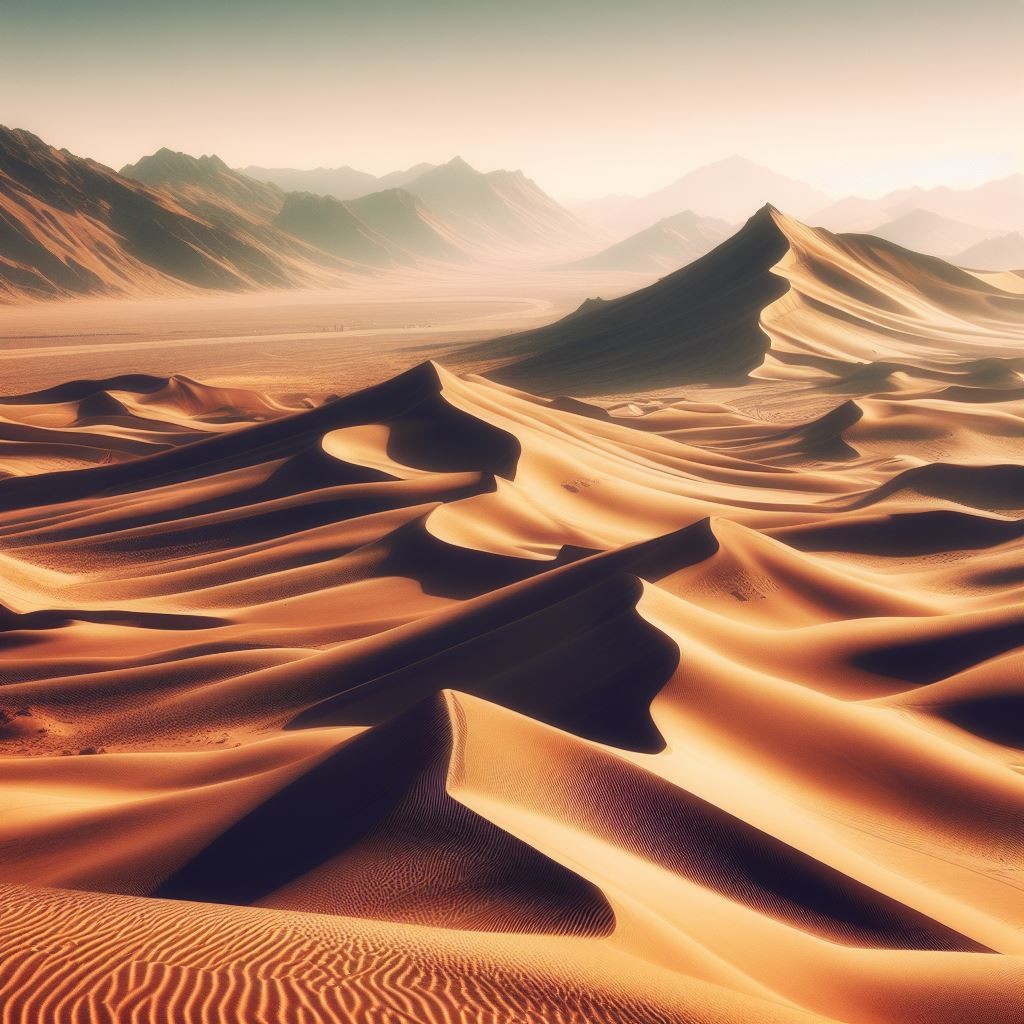

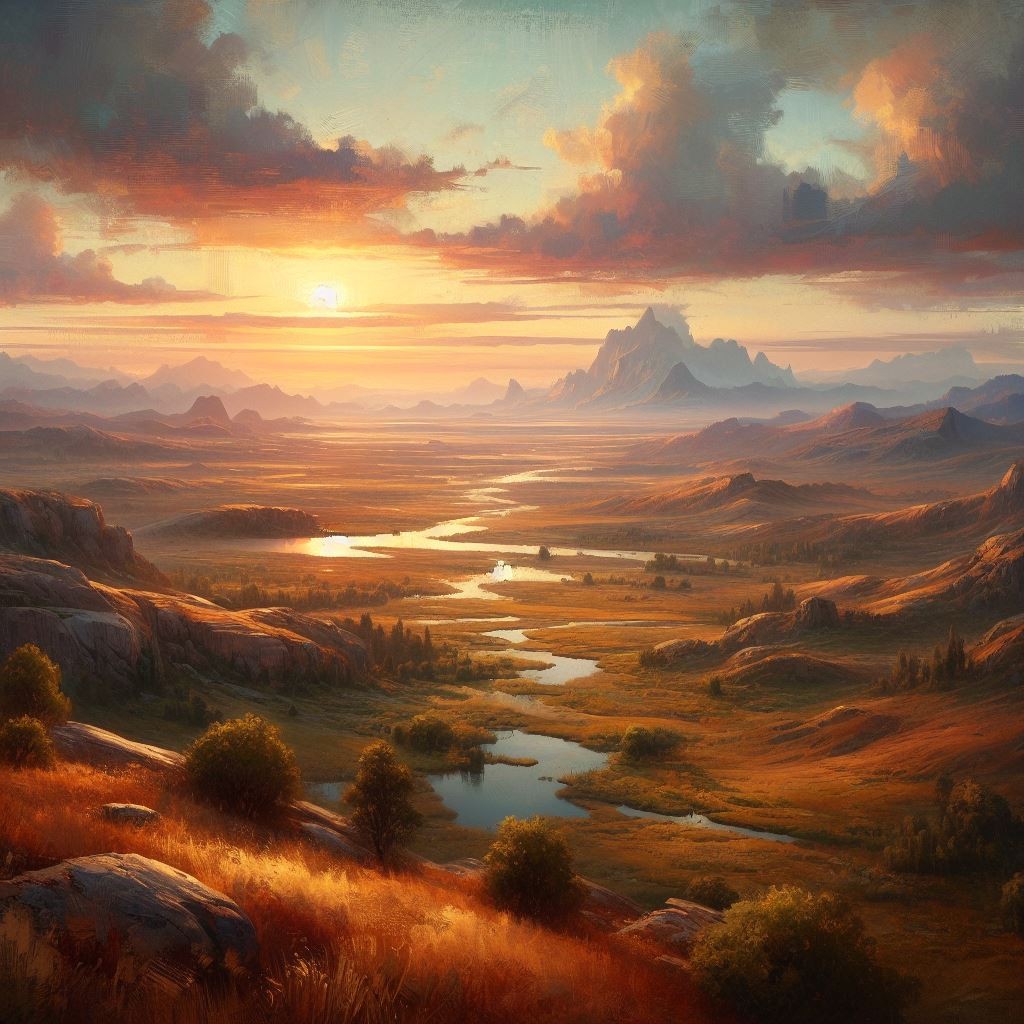

Editorial
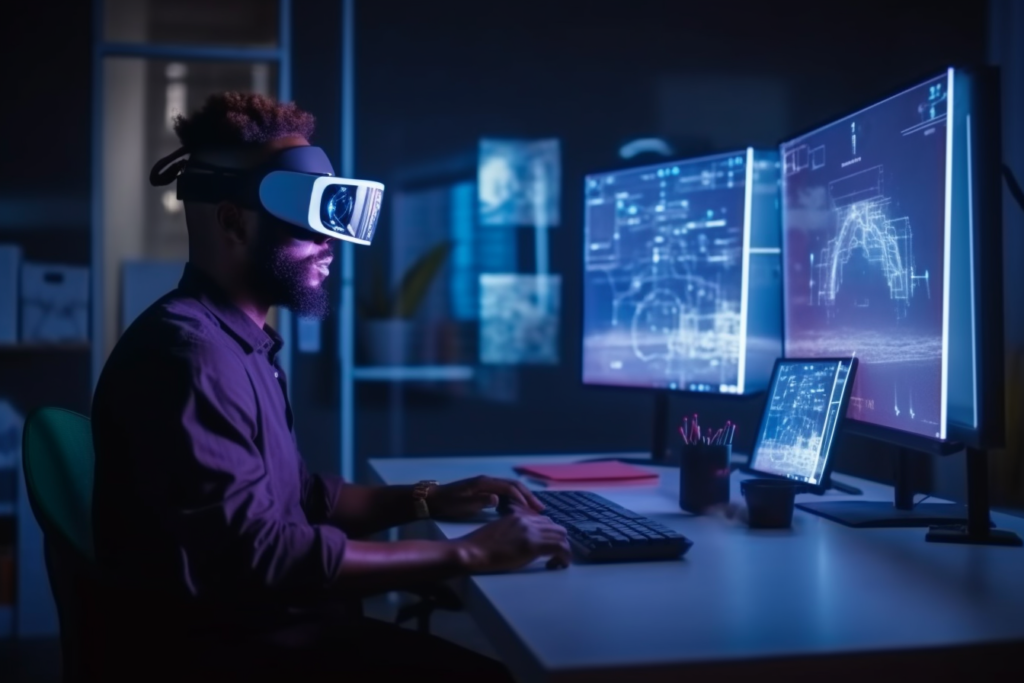
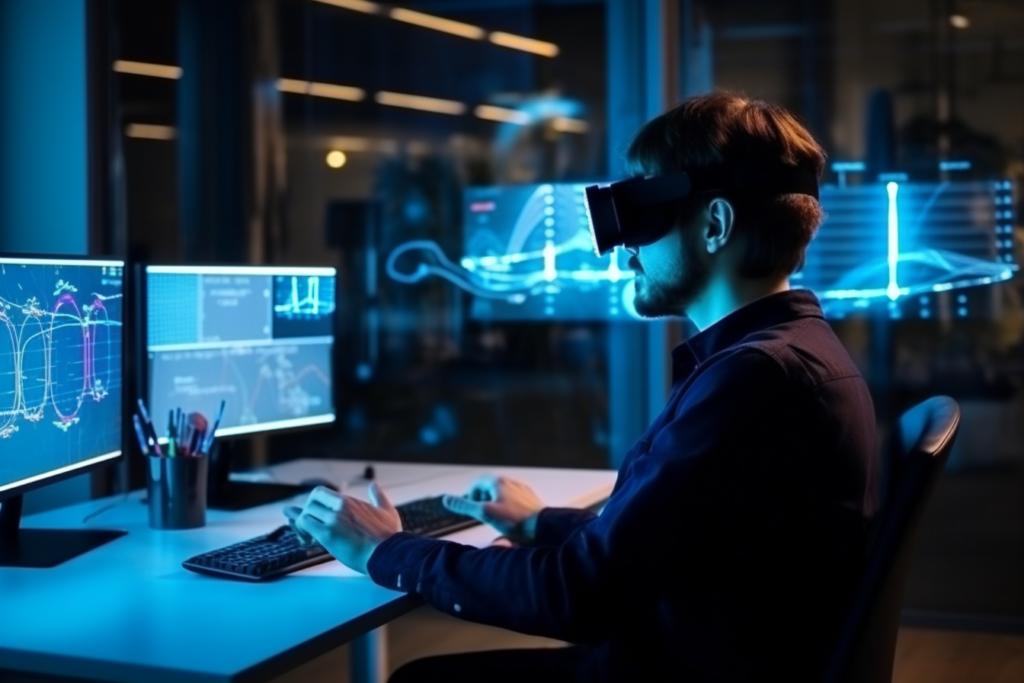
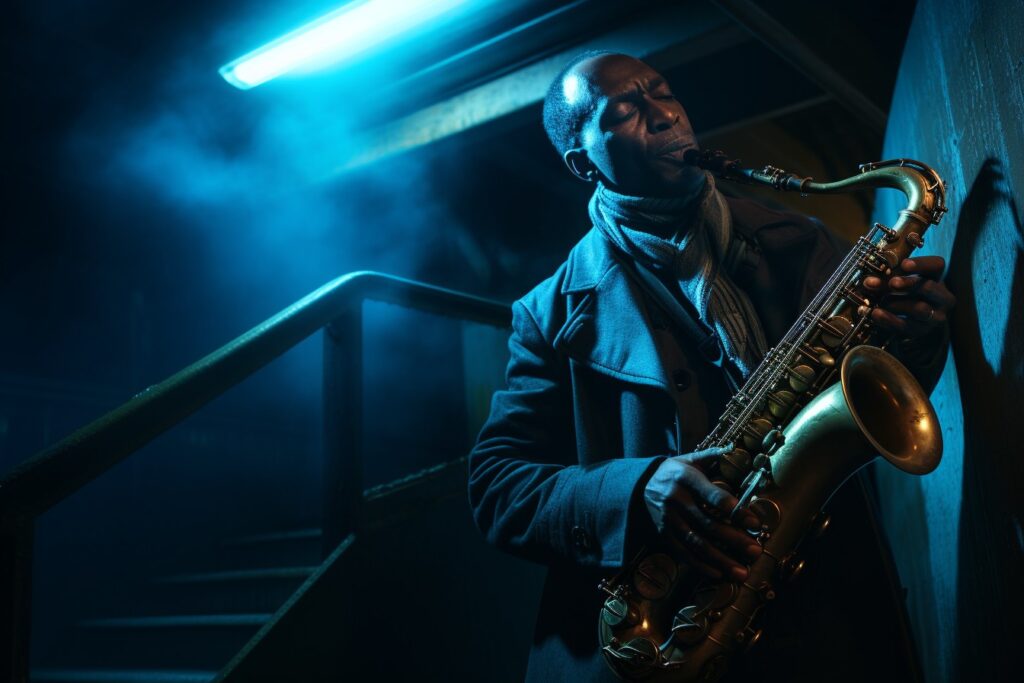

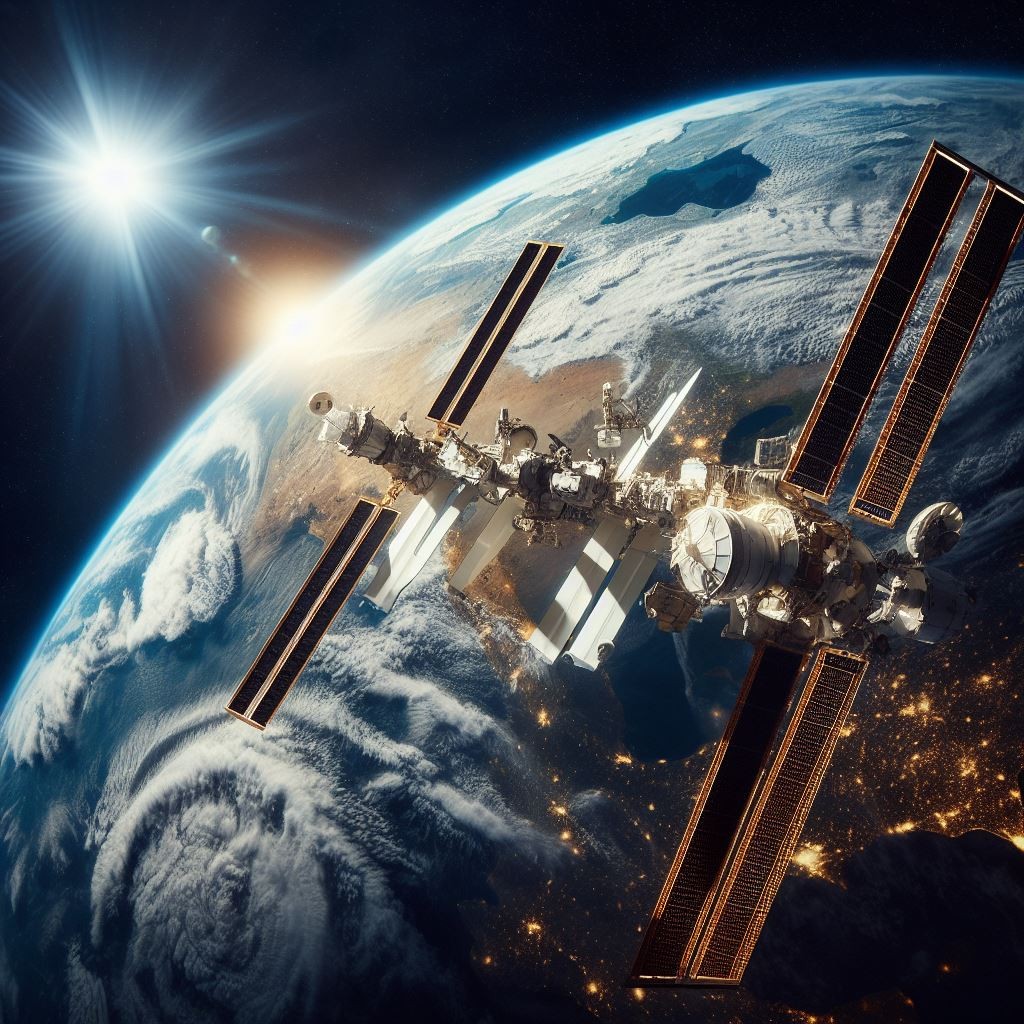

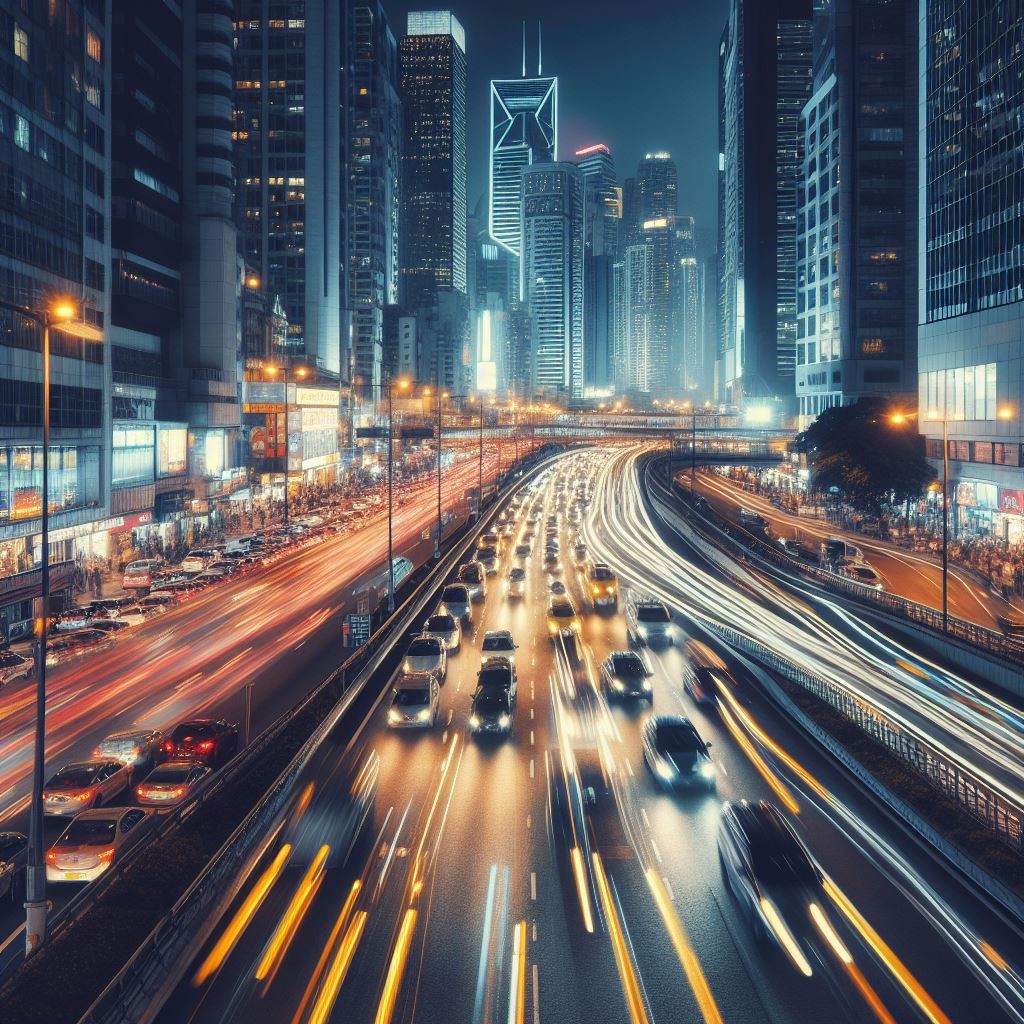
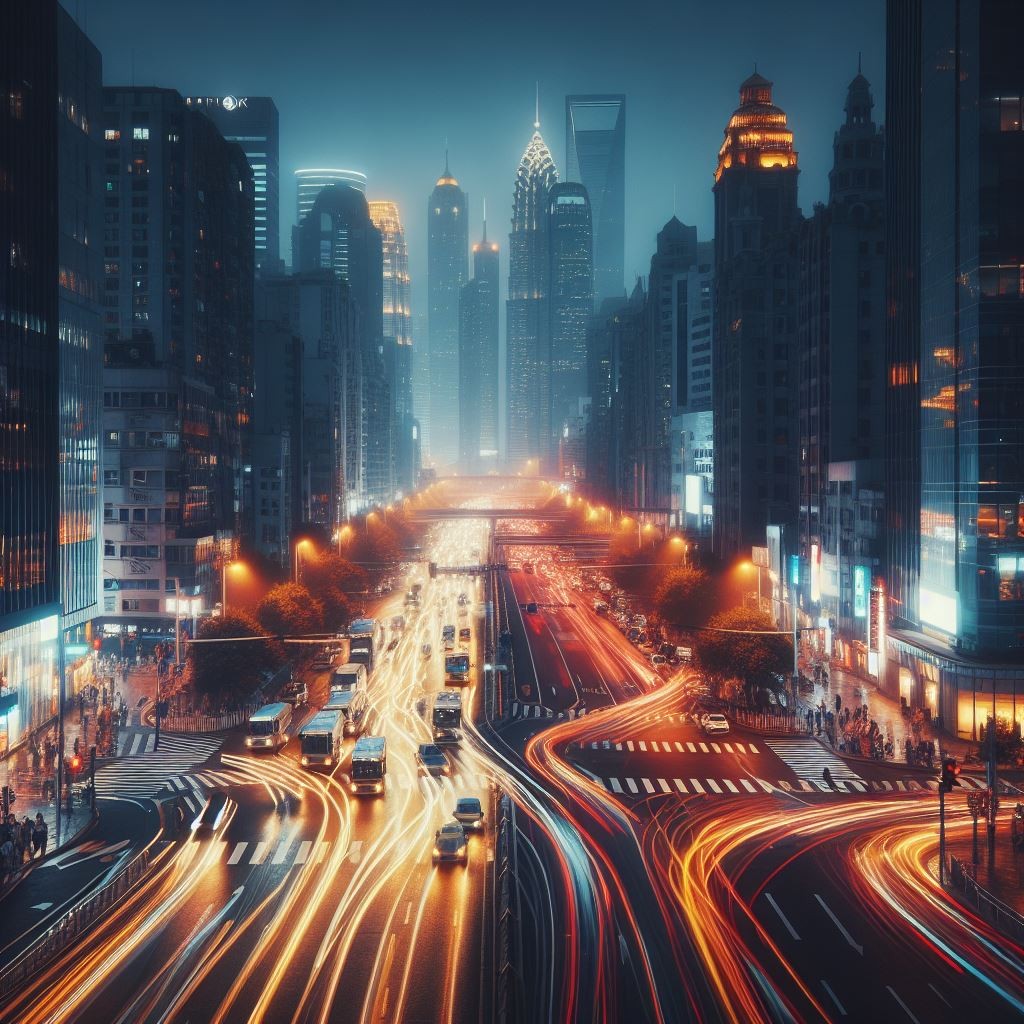

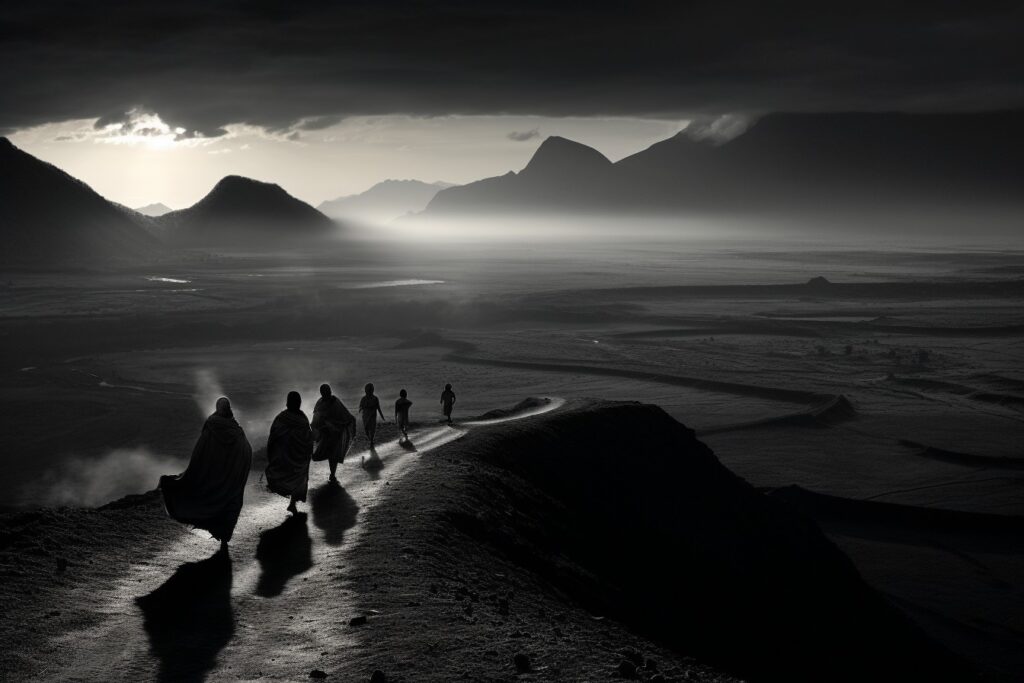


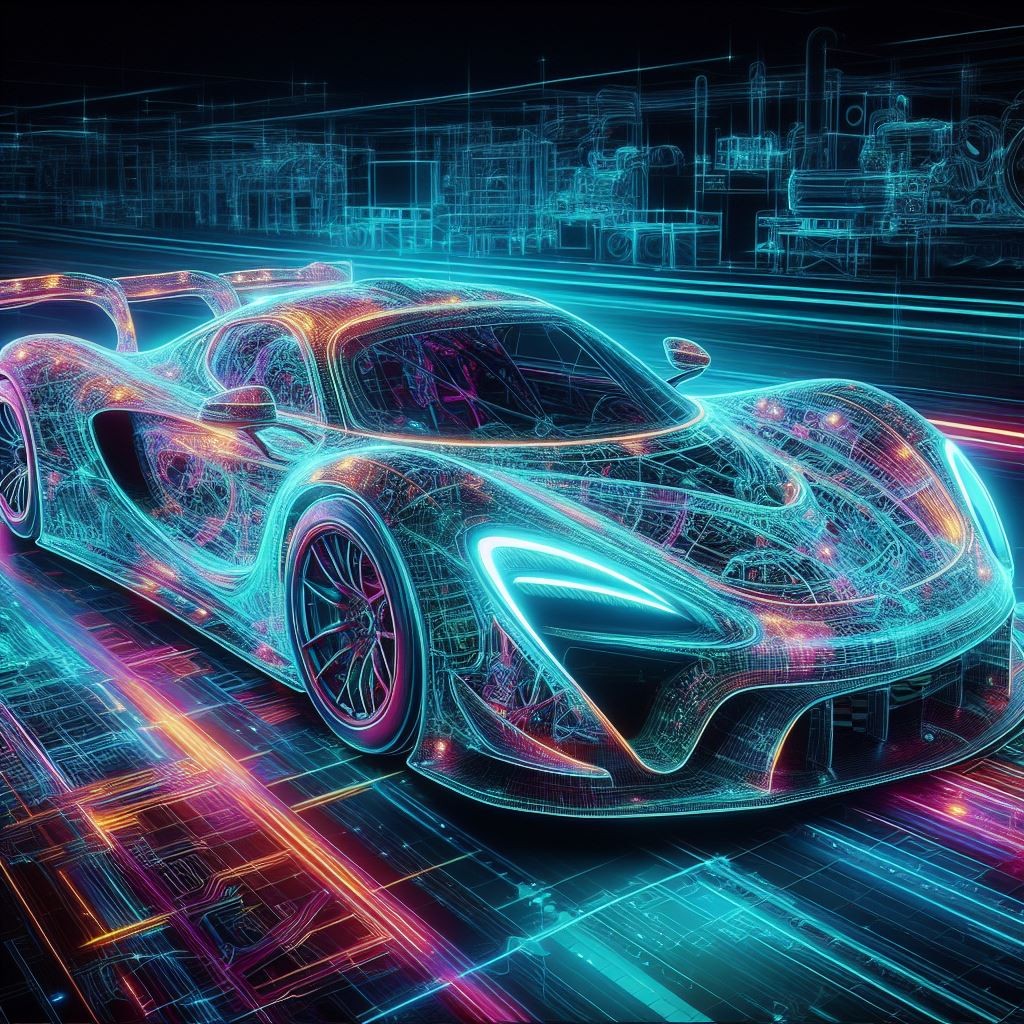
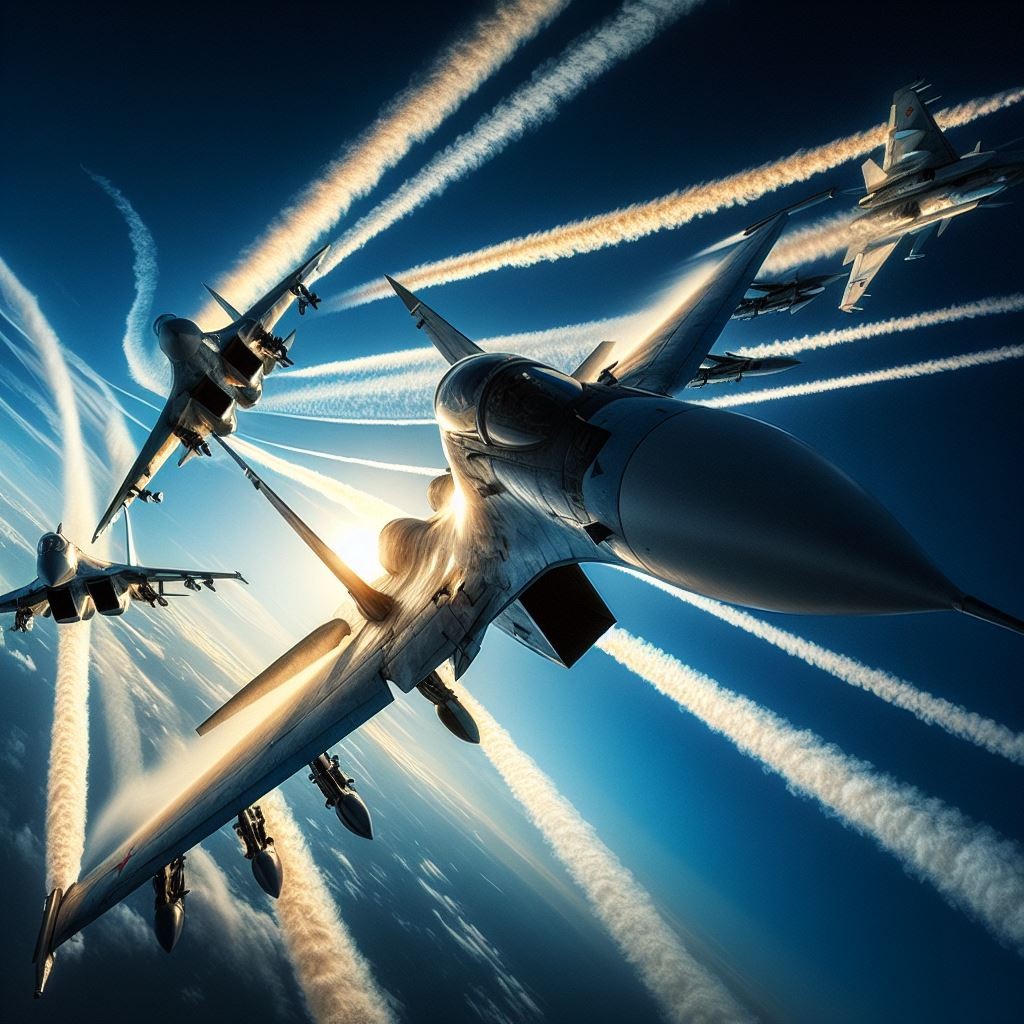

Art
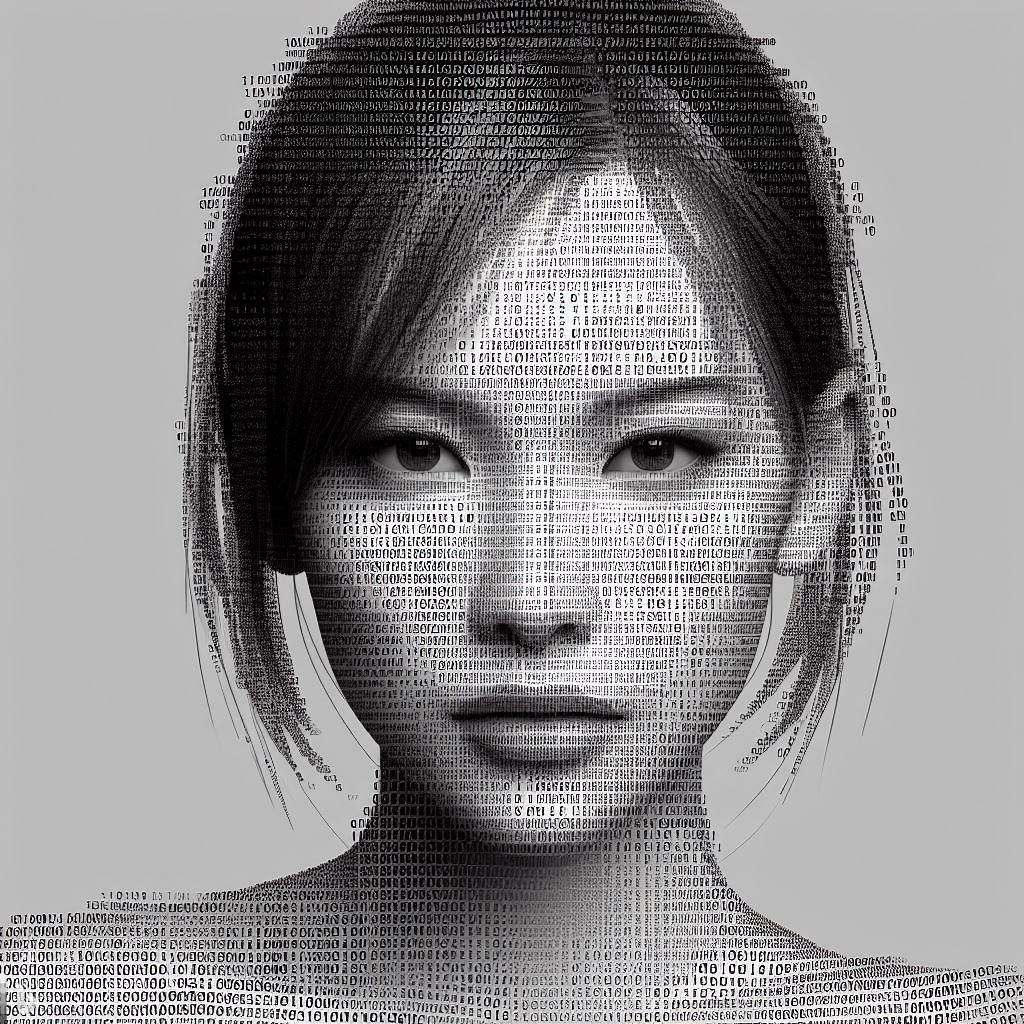



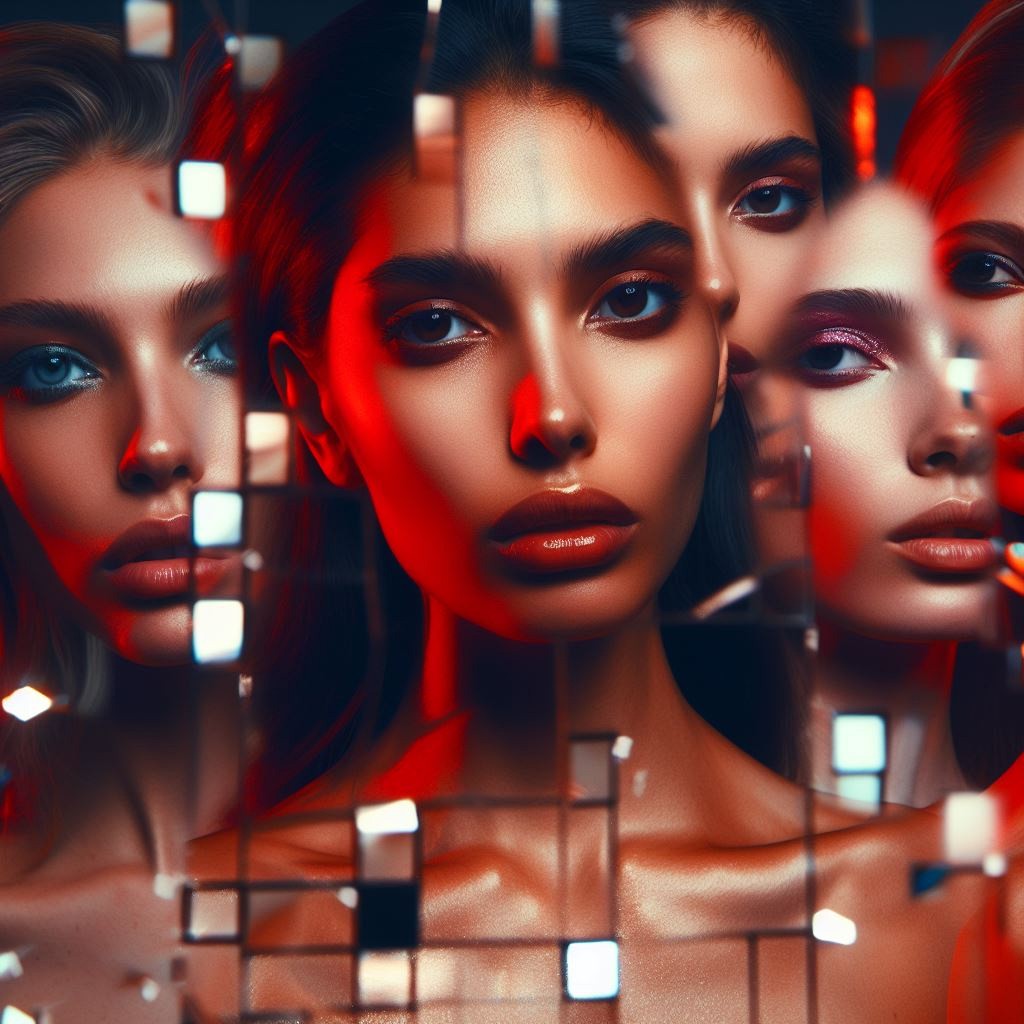
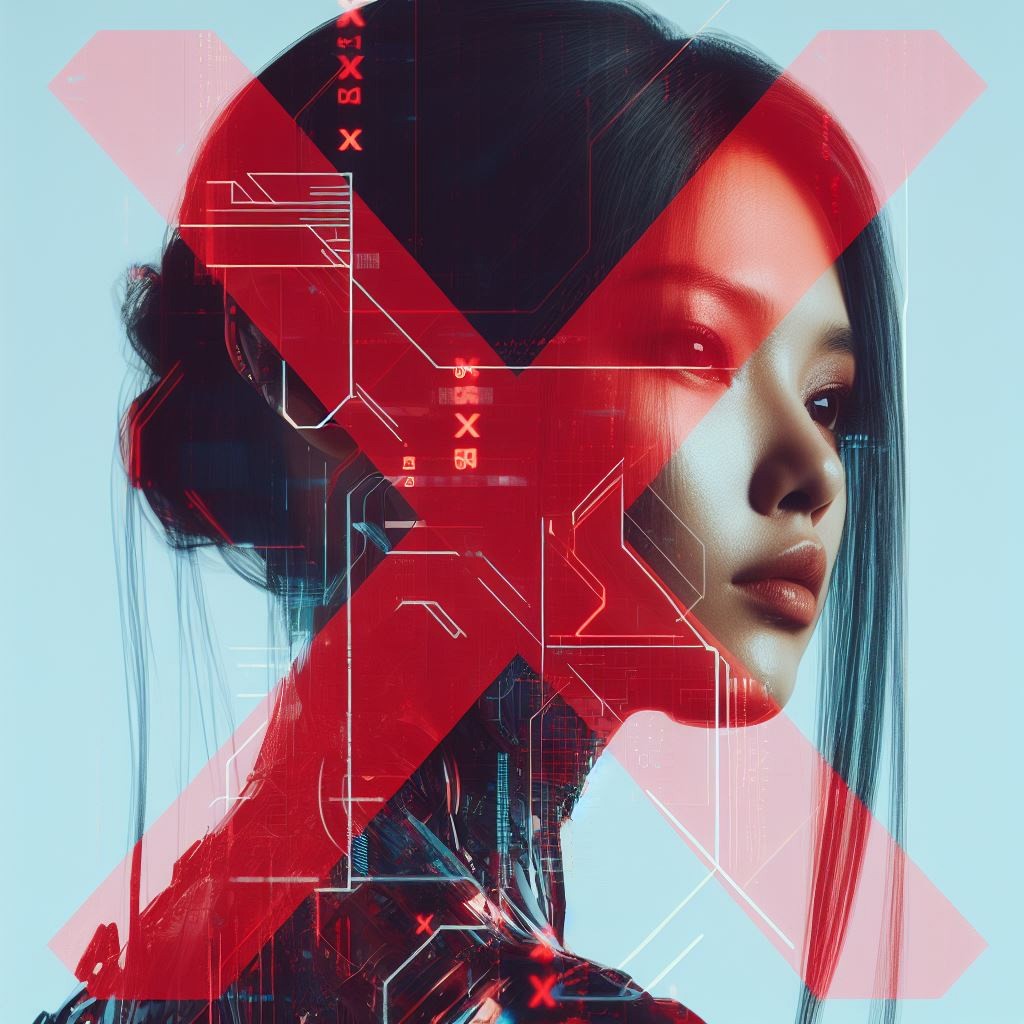
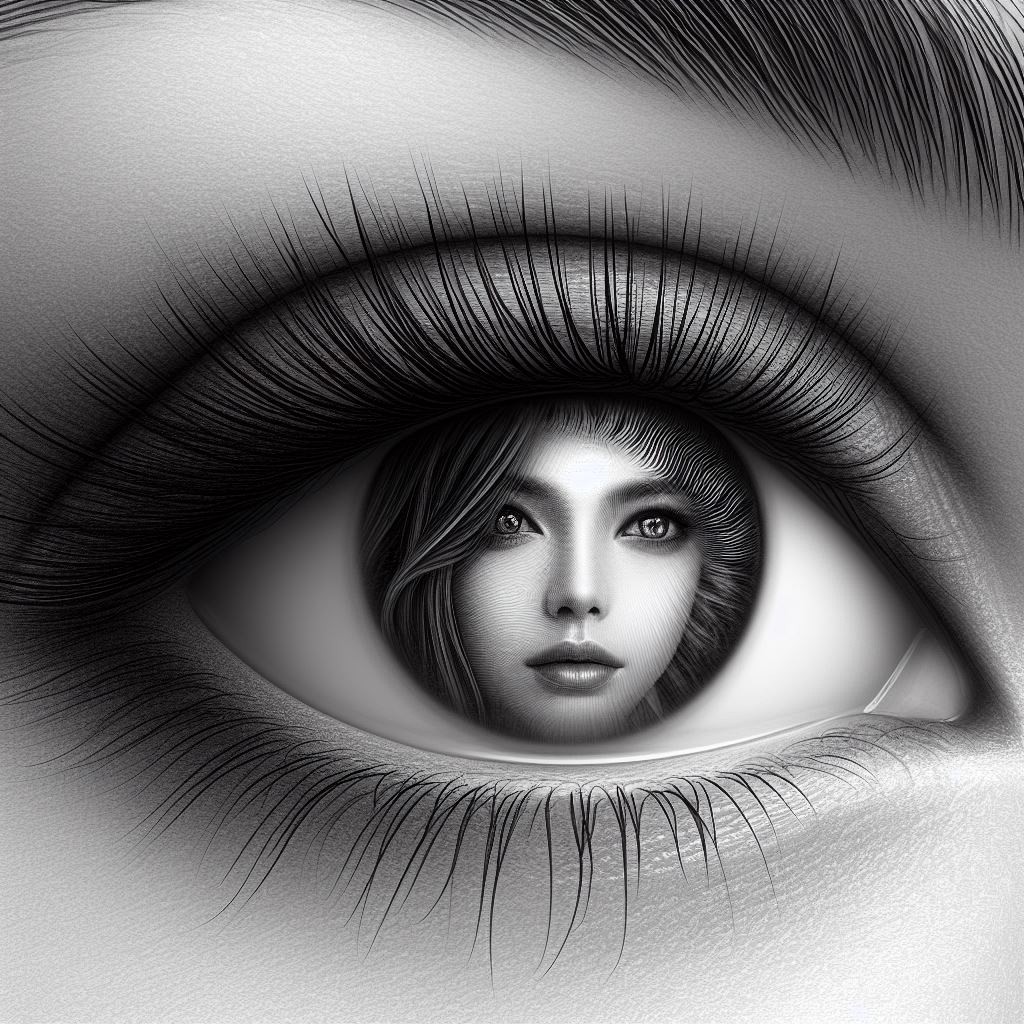
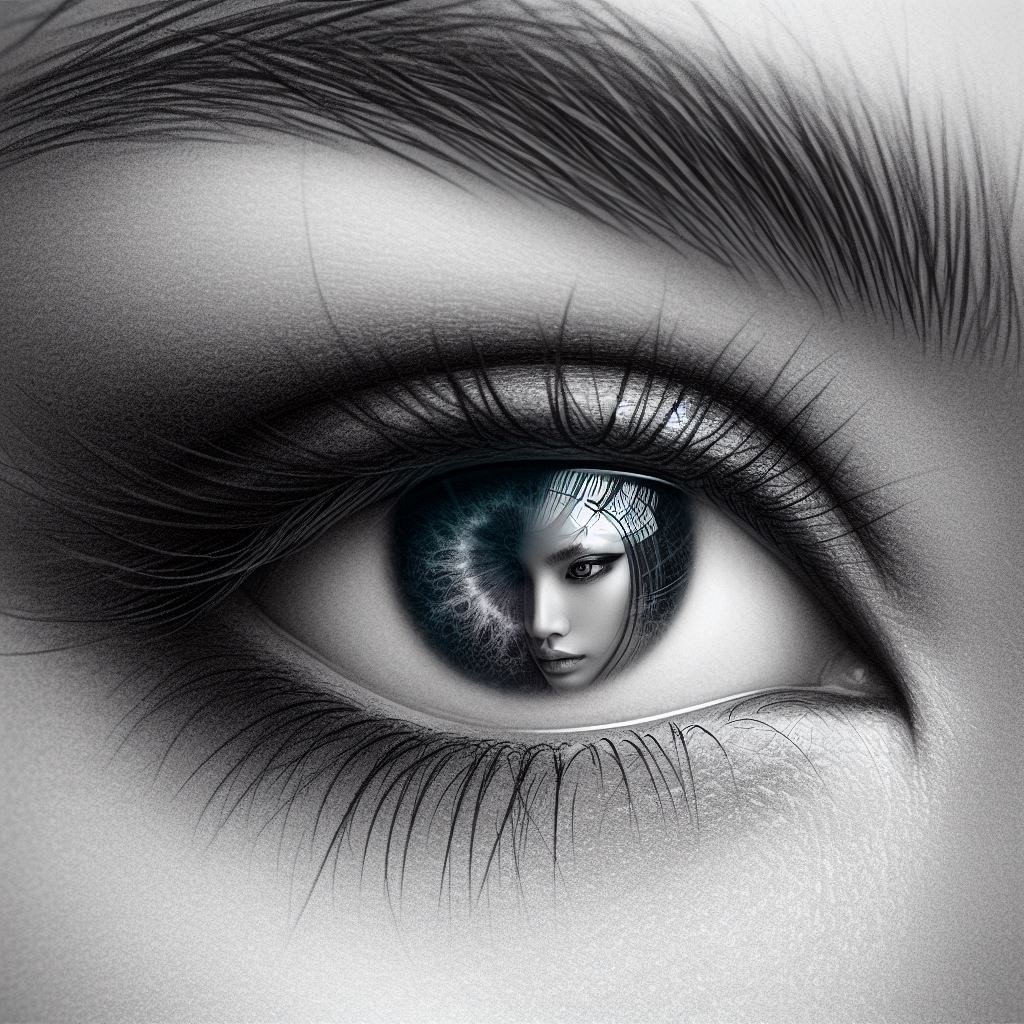

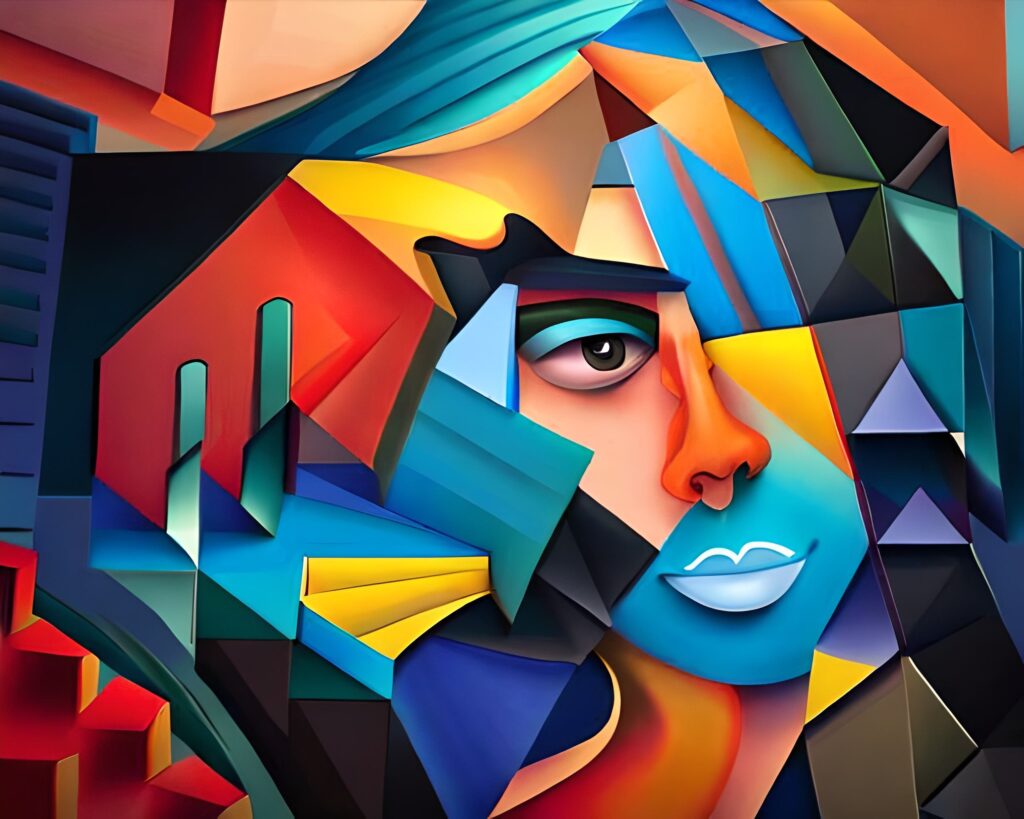

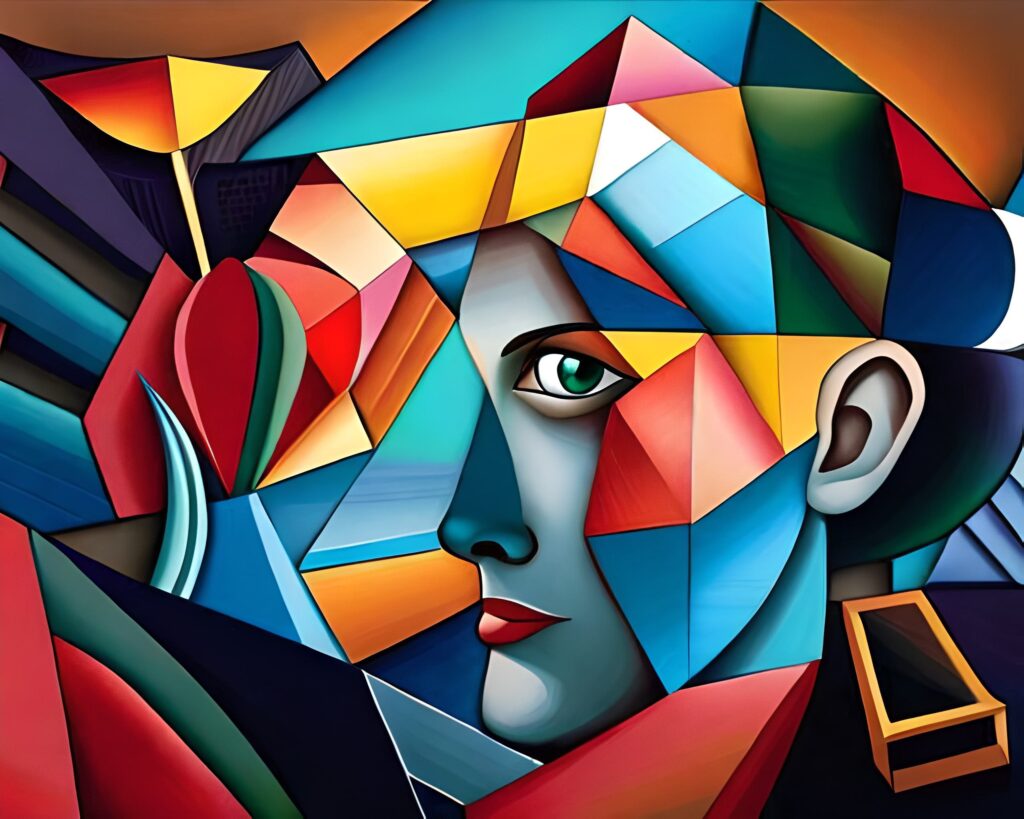
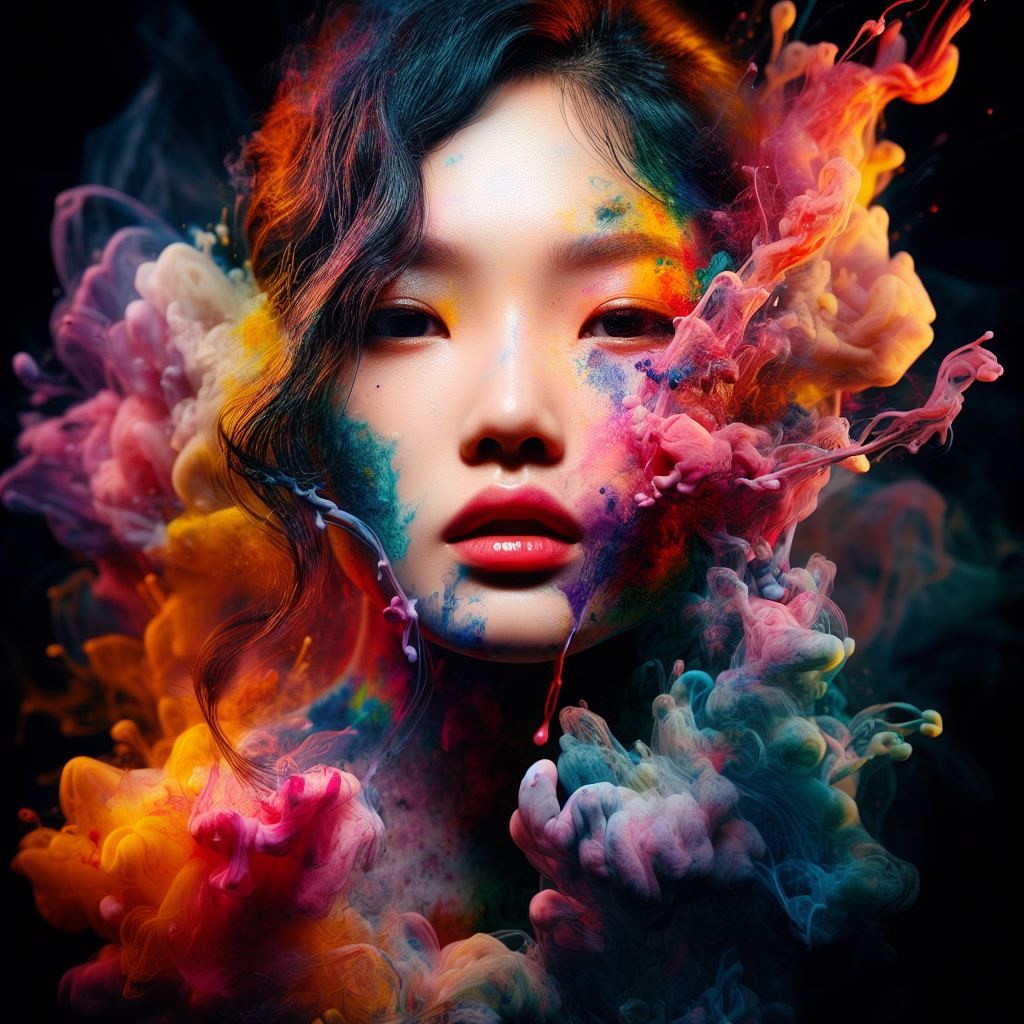

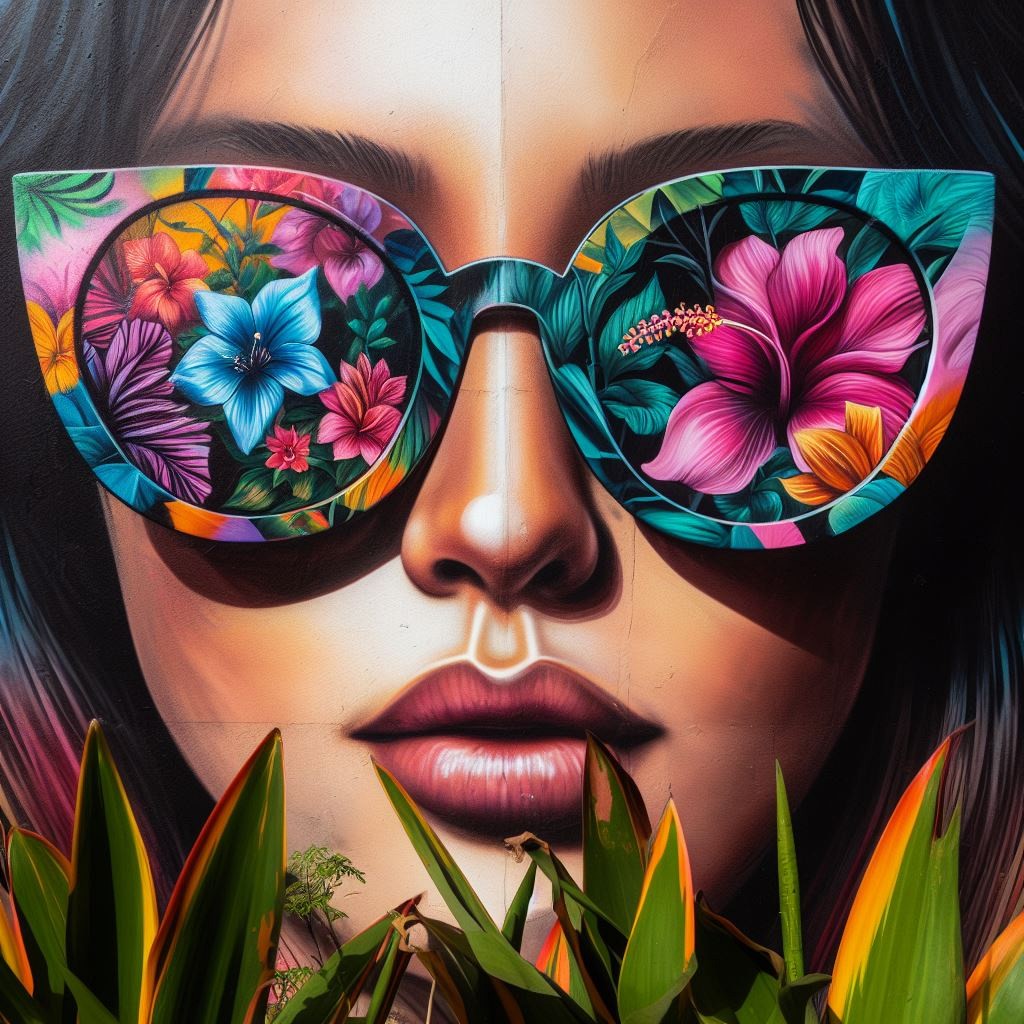
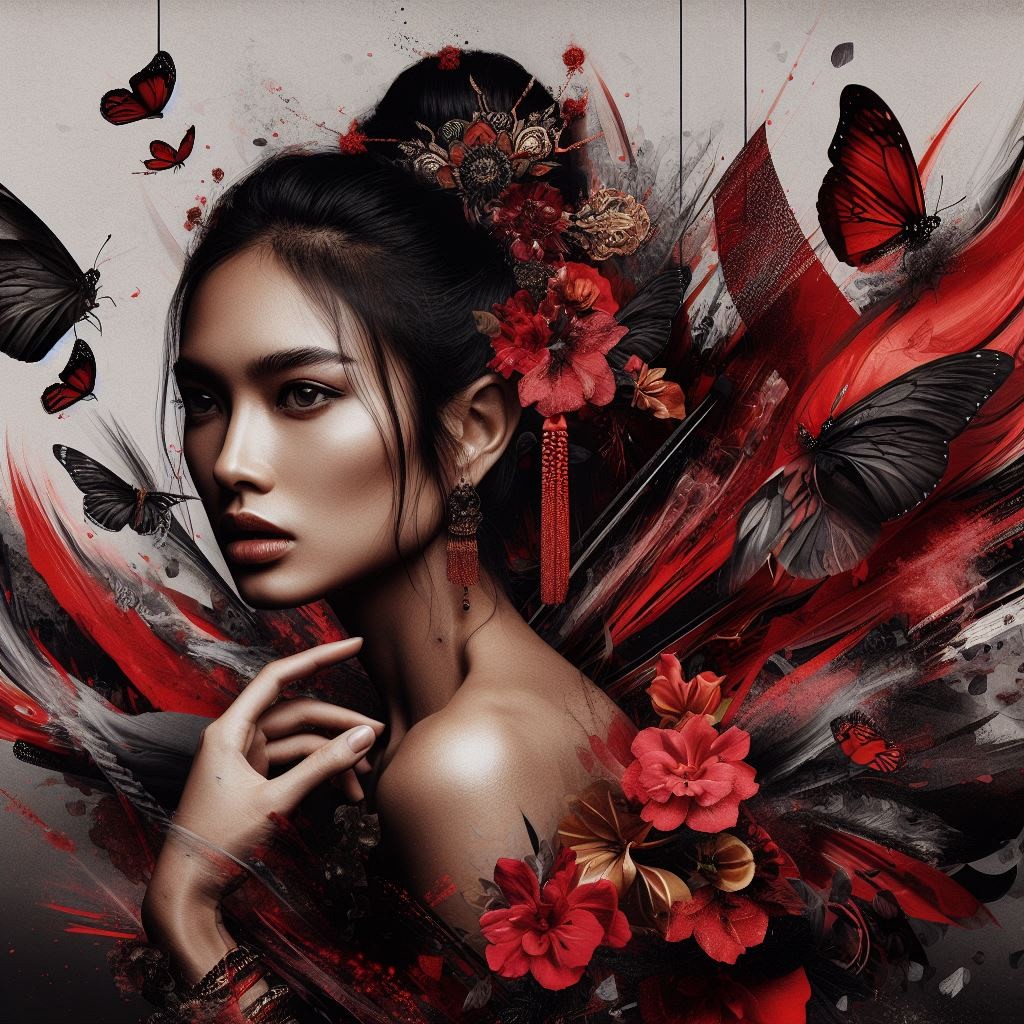


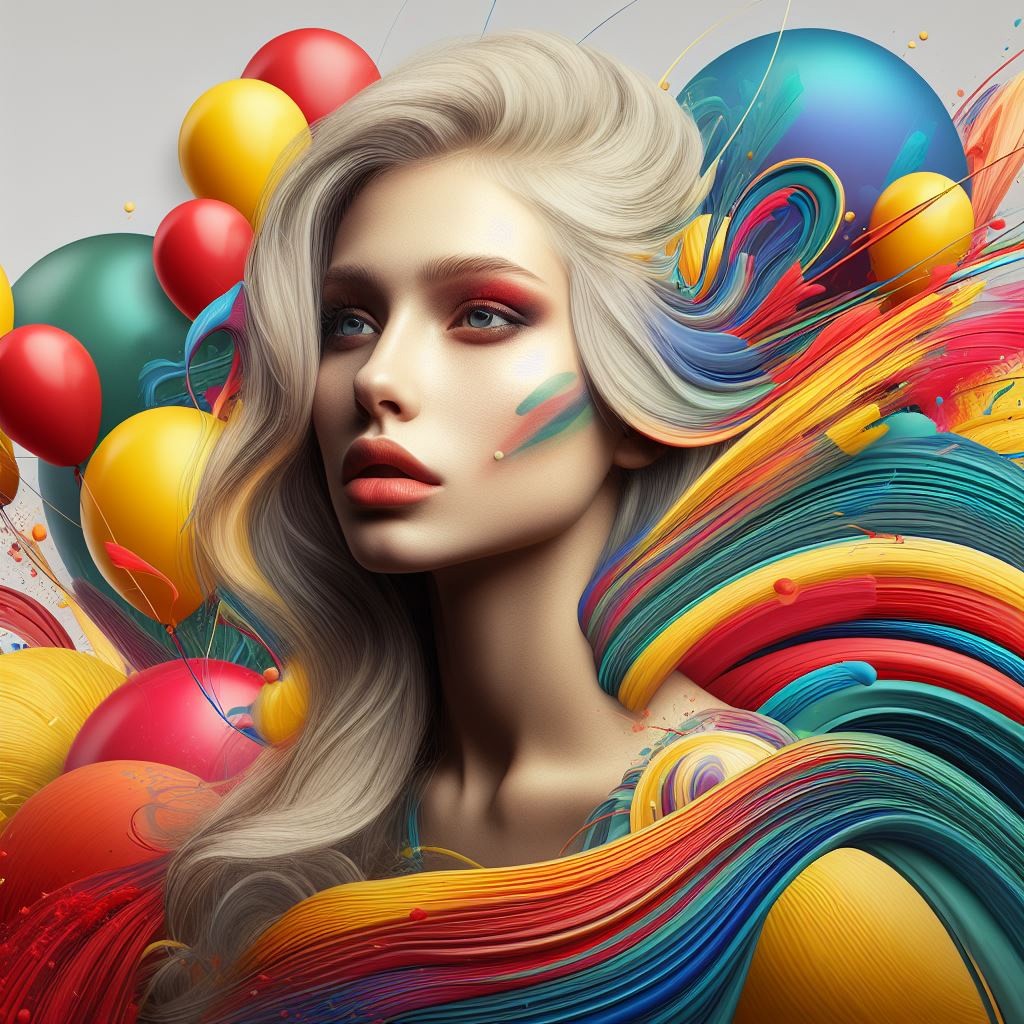

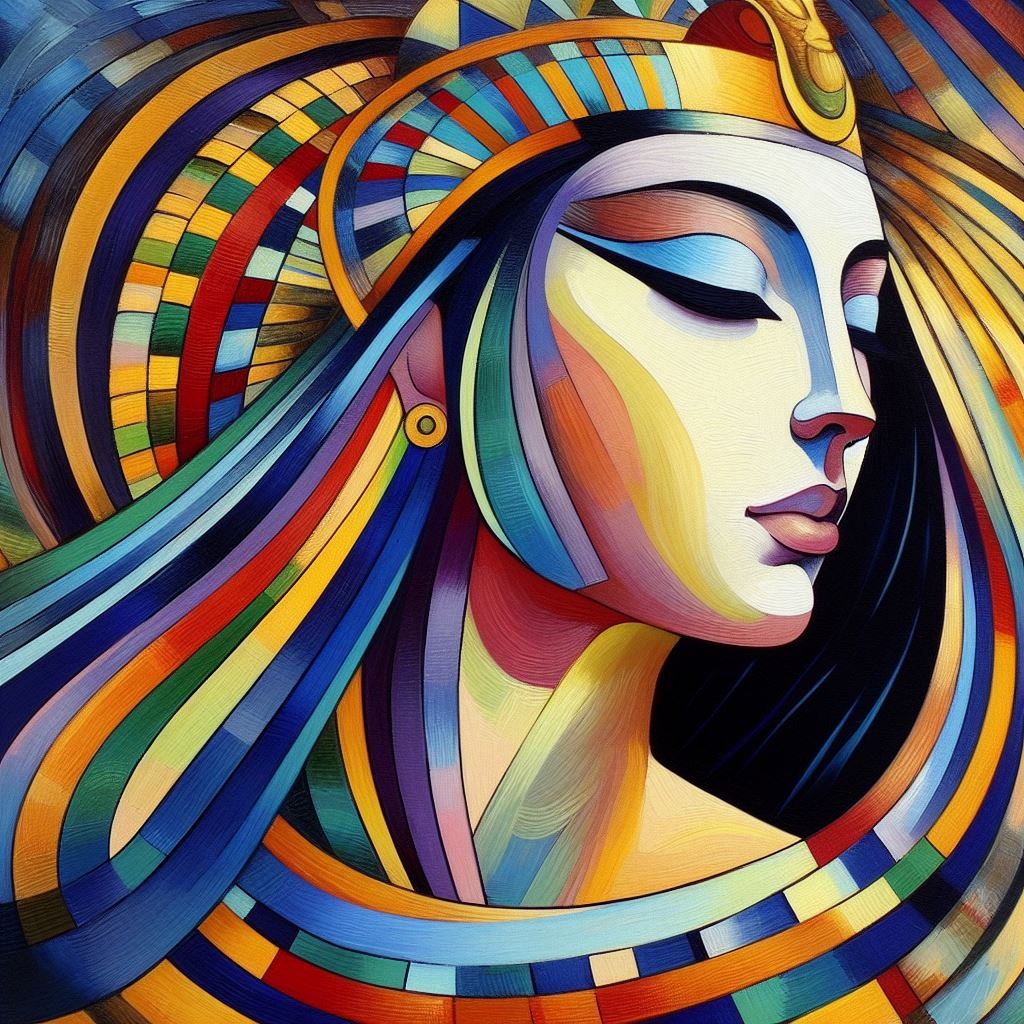

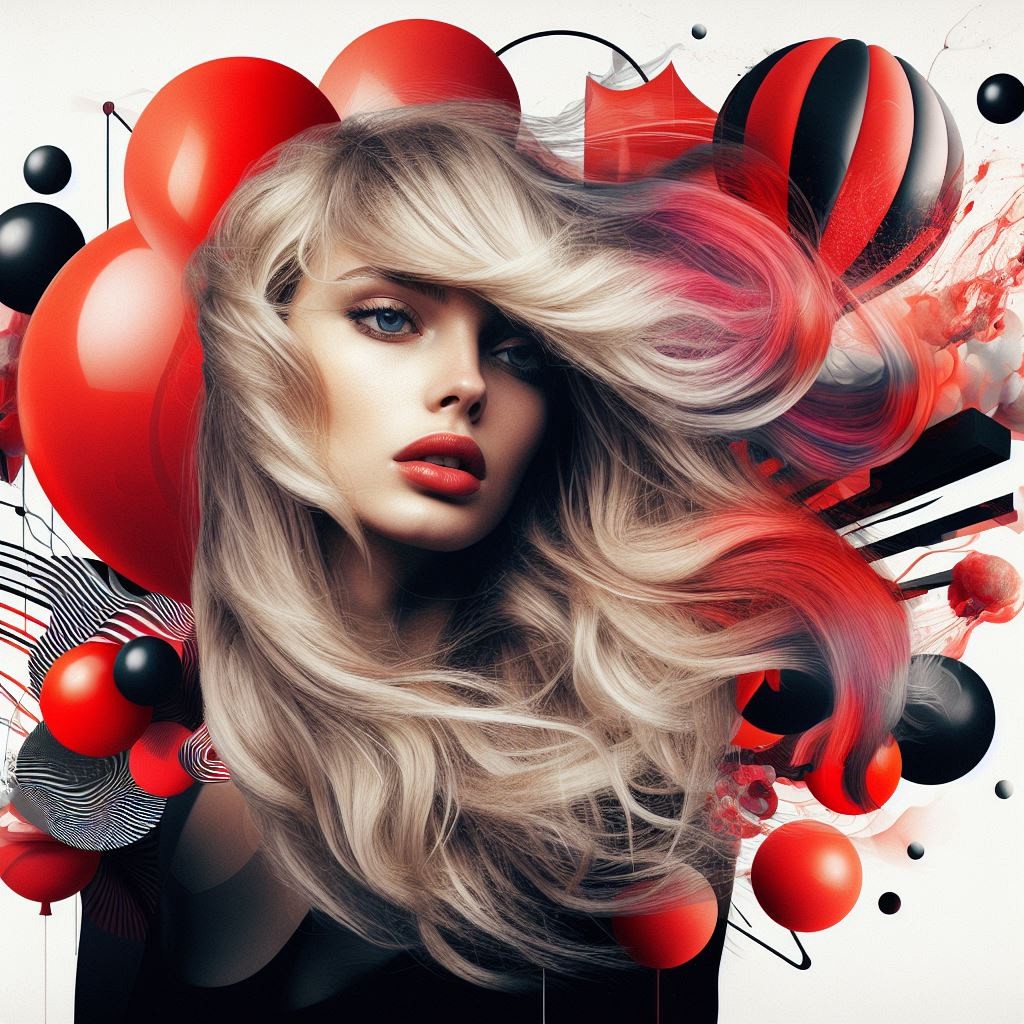
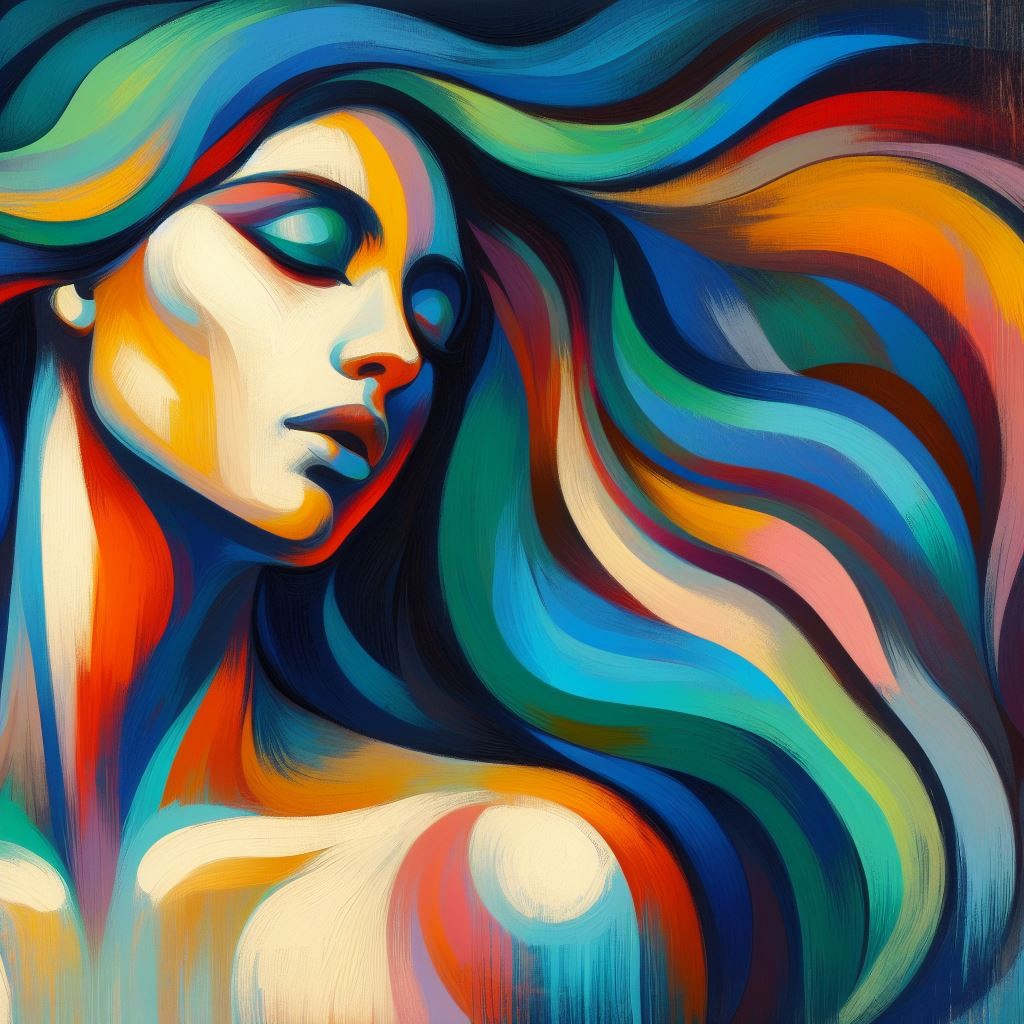
Fantasy
